About three weeks ago, the brand new MacBook Air M2, which Apple presented at its developer conference at the beginning of June, arrived at our editorial office. This machine comes with countless different changes and practically you can say that it completely changes what you think after speaking MacBook Air we will arrange Apple introduced the new era of MacBooks already in 2021, when it came with redesigned MacBook Pros, and the new Air naturally follows in the same footsteps. If you would like to know more about the new MacBook Air M2, just read this full review. We have available its basic version in silver color.
It could be interest you
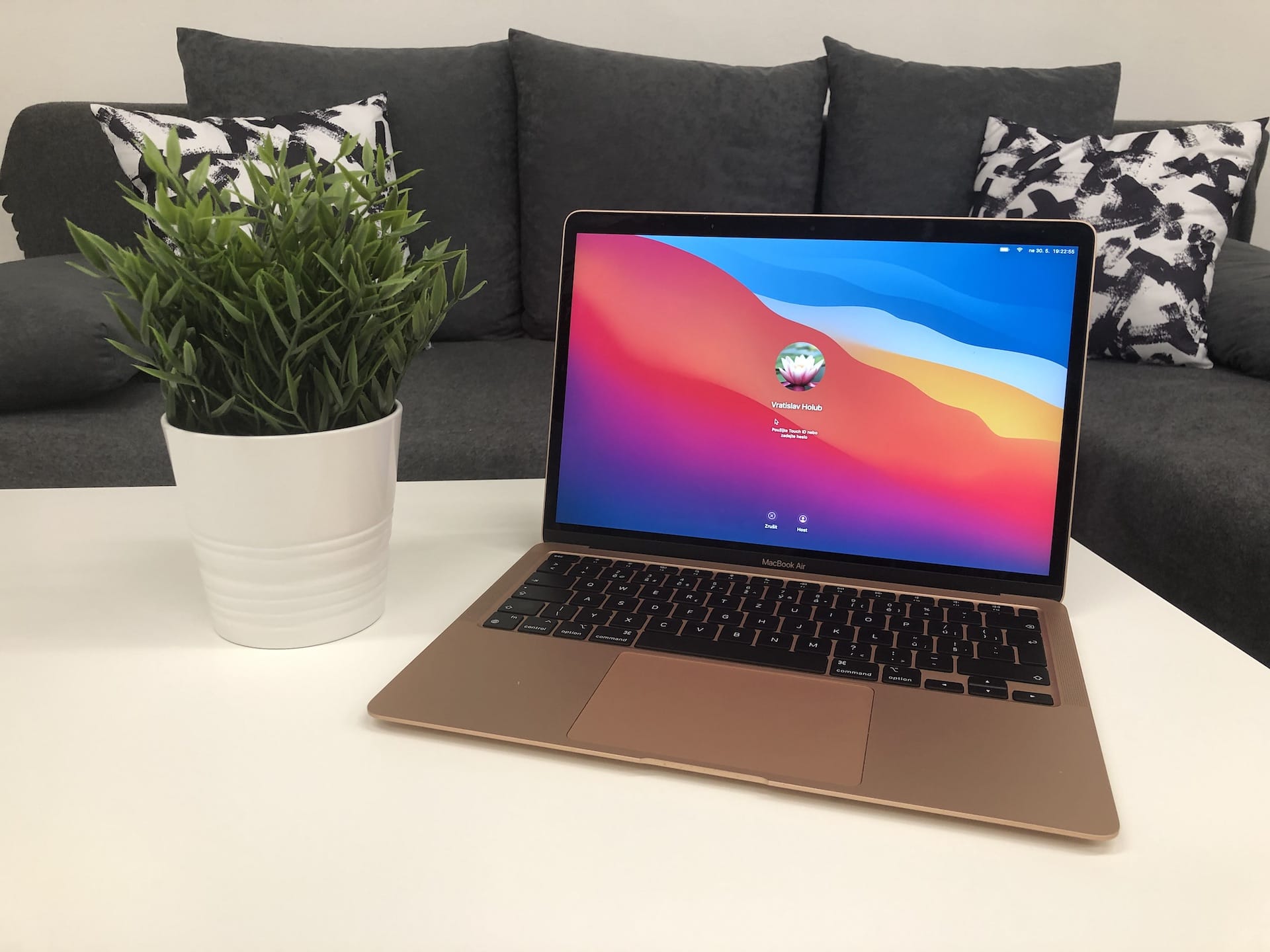
Packing
As is usual in our reviews, we will first focus on the packaging of the new MacBook Air. It continues to be in the same spirit as in the case of previous laptops from Apple, but there are a few changes here. Of course, the new Air will arrive in a classic brown protective box, which is now opened by tearing it in half, instead of the classic folding. The product box, which is located inside the protective one, is of course traditionally white in color and is wrapped in a protective plastic film. The difference is that the front of this box has the Air pictured from the side, while the older product boxes have the Mac from the front with the display lit up. This means that the product box simply lacks color, but on the other hand, you can immediately see how slim the new Air is.
After unpacking and opening the product box, traditionally, the MacBook Air itself, which is wrapped in milk foil, immediately looks out at you. You can then pull the MacBook out of the box by pulling the foil at the bottom. In addition to the device itself, the package also includes a power cable and a manual, under which the power adapter is traditionally hidden. I would like to focus on the power cable, which is very high-quality braided like the 24″ iMac and the new MacBook Pros – in reality, I have probably never seen such a high-quality braided cable that feels so good in the hand. Its color then corresponds to the color that the MacBook Air itself is proud of, in our case it is silver, thus white. There is USB-C on one side of the cable, and MagSafe on the other. The power adapter has a power of 30 W, in any case, a 67 W adapter or a dual 35 W adapter is available free of charge for the more expensive variants. If you would like to add them to the basic Air, you have to pay extra. The manual also includes several information sheets, and there are also two stickers.
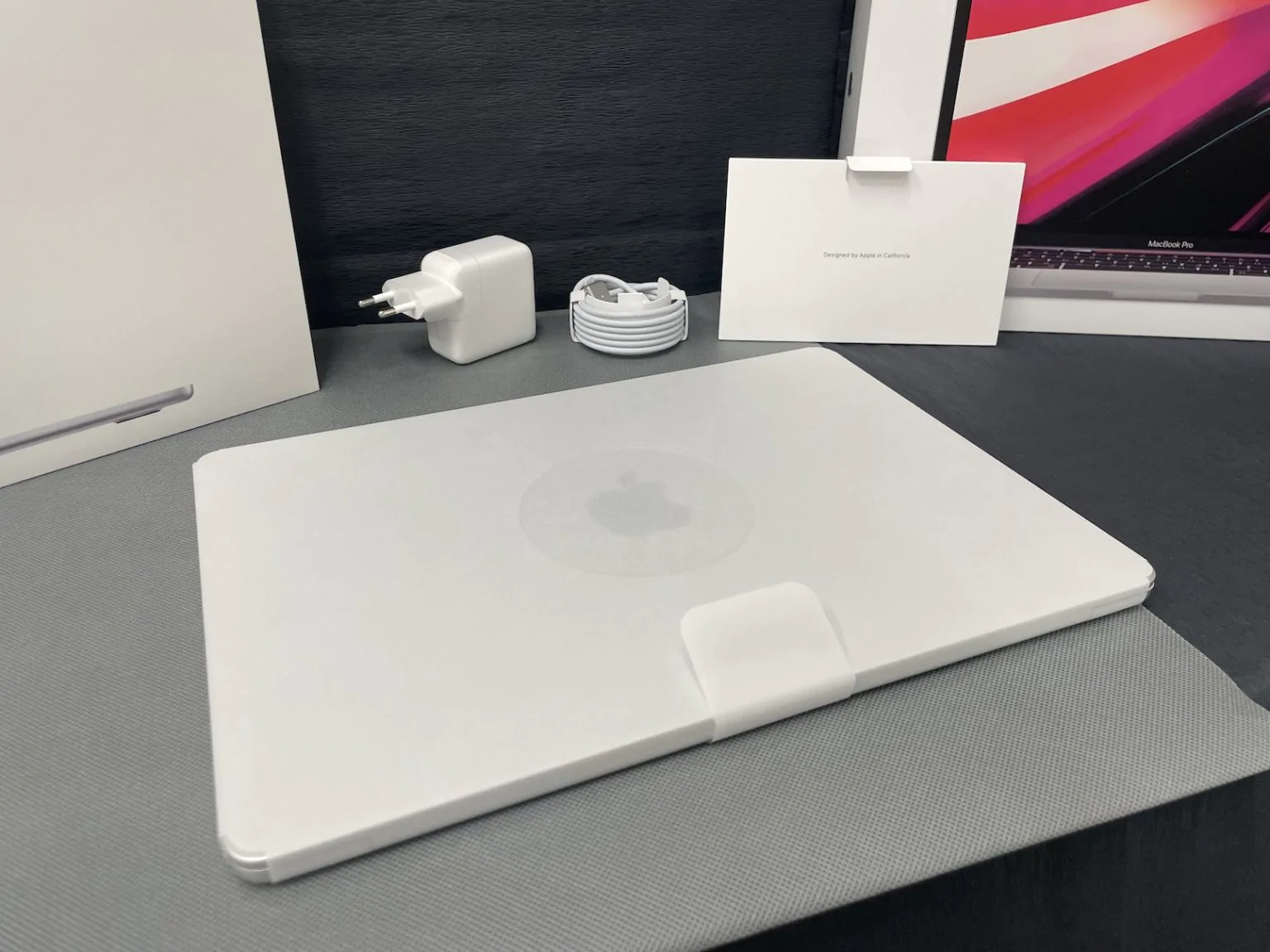
Design
As soon as you take the new MacBook Air out of the protective film, you get that wonderful feeling you get every time you hold a new Apple product in your hand for the first time – I hope I'm not the only one who feels that way. It is the feeling of holding something special in your hand, which has been worked on for several long months so that everything is fine-tuned to absolute perfection. The coolness of the aluminum chassis is transferred to your palm, but in this case it is as thin as a razor. To be precise, the width of the new Air is only 1,13 centimeters, which means that the new Air is even thinner than its previous generation at its widest point. The design of the new MacBook Air has undergone a complete overhaul and there was a burial of the body, the thickness of which narrowed towards the user. Now the Air is the same width along its entire length and height, so the uninitiated may mistake it for a 13″ MacBook Pro at first glance. The exact dimensions of the new Air are 1,13 x 30,31 x 21,5 centimeters, and the weight is 1,24 kilograms. It should be mentioned that the tapered design has been a dominant feature of the Air since the first generation, so this really is the biggest change in history.
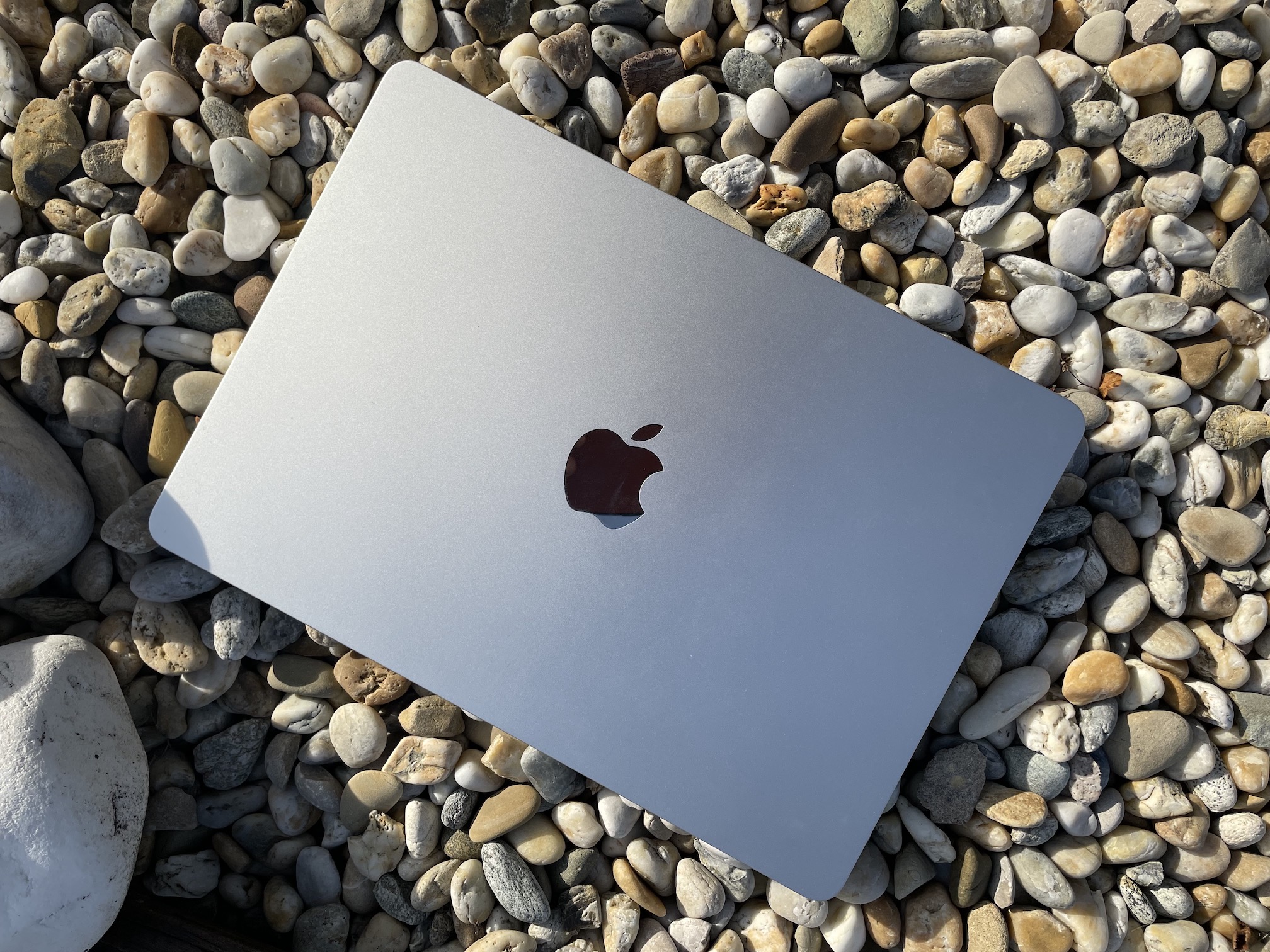
As you can tell from the previous lines, I am simply delighted with the design of the new MacBook Air M2. This is not to say that I don't like the look of the previous generation, but in short, the new design brings fresh air to the Air category (literally). I understand that some Apple users may be a little sad because of the absence of a tapered chassis, but personally I don't mind this change at all. On the contrary, it seems to me that the new Air is even nicer, more modern and more pleasant. I just fell in love with the angular design right away, and among other things, I'm also fascinated by the already mentioned slimness. Anyway, given that the edges are rounded compared to the previous generation, you have to reckon with the fact that the new Air doesn't quite lift off the table with one hand. Your fingers will simply slide along the edges and you won't be able to get them under, so you will have to hold the machine.
Display
In addition to the design, the display of the new MacBook Air has also been redesigned. Specifically, the diagonal has increased, and while the previous generation was closer to 13″, the new one is closer to 14″. The diagonal of the display has therefore increased by 0.3″ in the new Air, to 13.6″. It is a Liquid Retina display with IPS technology and LED backlighting, the resolution reaches 2560 x 1664 pixels and the fineness is 224 PPI. The maximum brightness then reached the limit of 500 nits, which is 100 nits more than the previous generation. Thanks to these parameters, it is a real pleasure to look at the display of the new MacBook Air, and if you have never had a Retina display before, believe me, you will not want anything else in the future. Of course, the display is not as professional as the new MacBook Pros, i.e. we do not have ProMotion and mini-LED backlight available, in any case, the display is more than sufficient for ordinary users and the target group of the Air, and on the contrary, Apple even spoils us and uses quality.
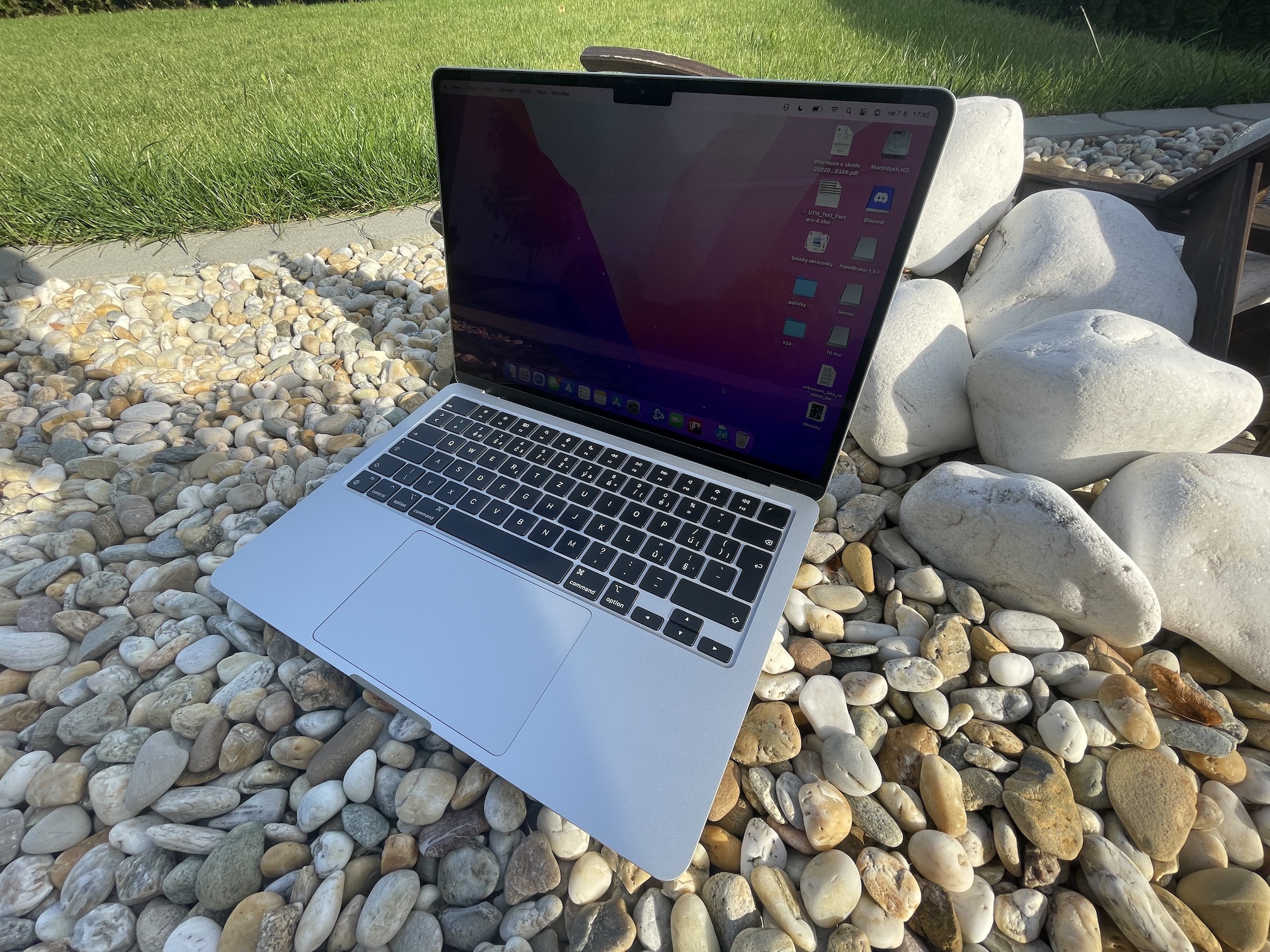
Apple displays simply and simply, and it certainly cannot be denied. Whether you pick up an iPhone, iPad or Mac, you will be simply amazed by the quality of the display every time. You can tell that the display is really of extremely high quality right from the first launch, when you will see the traditional welcome screen with a purple background and changing greetings from macOS Monterey across the entire diagonal. Already here you will notice the extremely high-quality rendering of colors and high luminosity. In addition, of course, you will immediately notice the cut-out, which, like iPhones, is located in the upper part of the screen and houses the front camera, which we will discuss in the next part of this review.
Cutout
Call it what you want – a cut-out, a notch, an unnecessarily cut-out display without Face ID, an element that detracts from the overall design, or anything else. The hatred that people have towards the cut-out is really unreal, to the point where it can sometimes surprise me. For the first time ever, the completely redesigned and revolutionary iPhone X received a cutout in 2017. And it must be mentioned that the reactions to it in this case were exactly the same. Many individuals, as well as competing smartphone manufacturers, have been clamoring for a cut from Apple. However, I personally liked the cutout back then because it was authentic and whenever you looked at the iPhone from the front, you simply knew it was an Apple phone. The hatred then subsided roughly a year after the introduction, and on the contrary, rival manufacturers even started using the cutout, who hated it until recently and stated how they would never come up with something like that. All in all, this situation is very similar to the removal of the headphone jack from the iPhone 7, where everyone mentioned how it was an excessive change, but after a while the so-called "jack" started to disappear from most phones.
As for the cutout on the new MacBook Air, and by extension also on the 14″ and 16″ Pro, I have the same opinion as on the iPhone, although in this case I can in a way understand the upset of people who do not like it. Many people have associated the notch with Face ID, which MacBooks do not have, so they only have a front-facing camera with an LED indicator in the notch, which many individuals have complained about. But there is a simple answer to this - look at how much space Apple has in the lid of the MacBook compared to the iPhones. It's practically a few millimeters, and if you've ever seen Face ID, you'll realize that it simply wouldn't fit here. It's quite likely that at some point in the future, the Californian giant will take its Face ID to the next level and be able to shrink it down enough to fit here. And exactly for this case, it already has a cut-out ready, which was put in place a little earlier - both so that people get used to it, and also so that there is no need to develop a completely new display, which Apple can now produce for many years to come.
I just love the notch on the new MacBooks because it's something that sets Apple apart from other manufacturers. Most likely, other manufacturers will not start using the notch in the laptop world like they did with iPhones, but I definitely think that people will simply get used to it and the whole fuss will completely subside in a few months, years at the most. In my opinion, the cutout helps you to be able to recognize the MacBook even from a distance, without the logo being visible. This is only good for Apple, the cutout is simply iconic and unique in this case as well. And if Face ID comes sometime in the future, which I think is inevitable, then the Californian giant will shut everyone up. Plus, it occurs to me that the people who bash the notch so much have never owned a MacBook that had it. It does not bother you in any way when using the device, as there is an upper bar to the left and right of it, and if you use the application in full-screen mode, it will be hidden thanks to the bar, which will remain visible and change the background color to black.
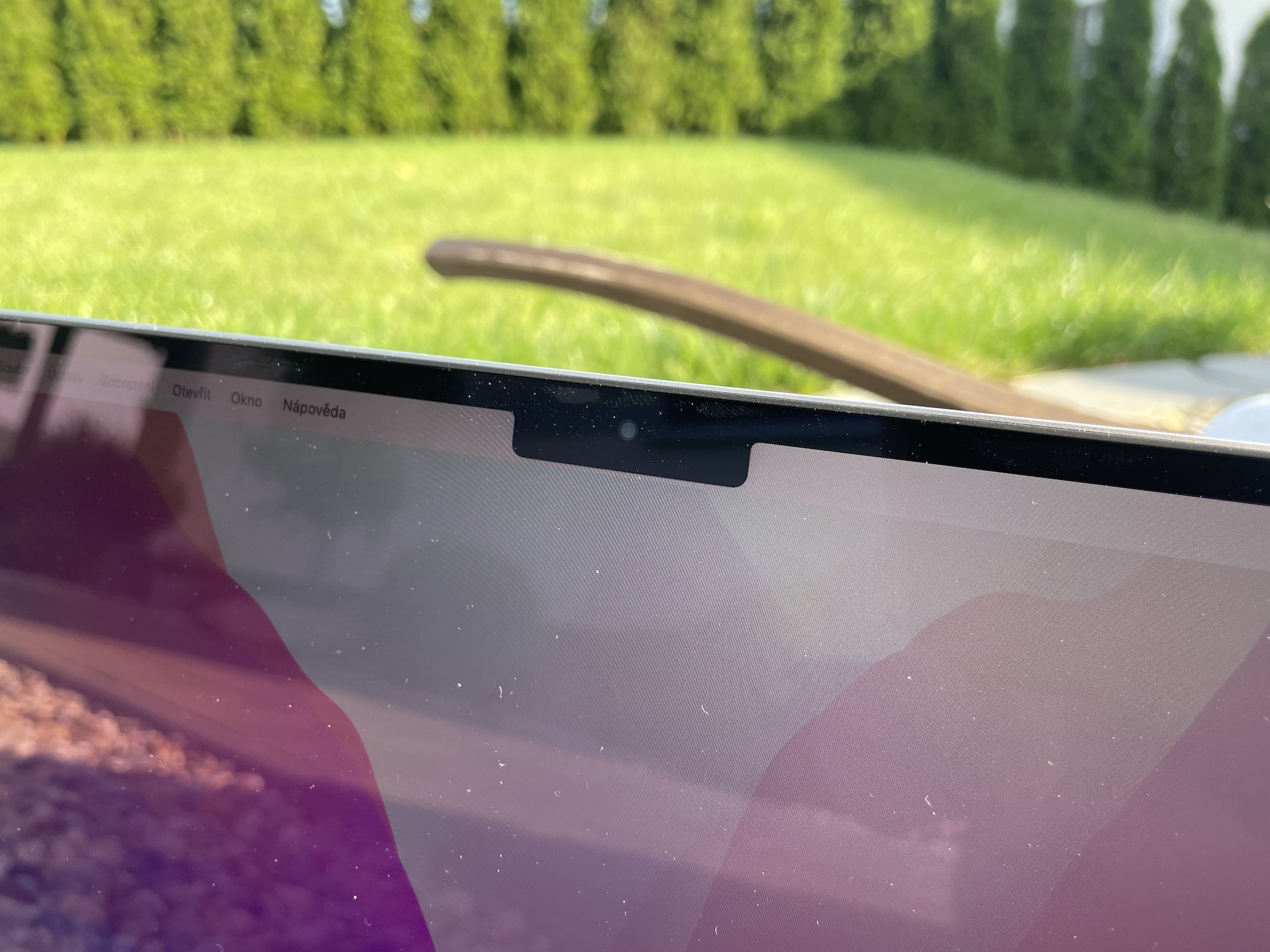
Front camera
Now that we've gotten to the cutout, let's blow off the front camera that's part of it. In this area, the Californian giant came up with a small revolution again, as the new MacBook Air has a camera that has a 1080p resolution, compared to the 720p camera that the previous generation had. Since I currently have both of these Airs at my disposal, I naturally compared the front cameras and I am more than surprised. The front camera of the new Air is better at first glance. It has nicer colors, offers better image quality, more details and is much more capable in poor lighting conditions. This is the same camera found in the 24″ iMac, as well as the 14″ and 16″ MacBook Pro, and I think it’s more than adequate for video calls. See for yourself in the gallery below.
Connectivity
As for connectivity, the new MacBook Air has improved in this respect compared to the previous generation - and although it may not be completely obvious at first glance, believe me that this is a big change. There are still two Thunderbolt connectors on the left and a headphone jack on the right. However, to the two Thunderbolts, Apple also added the beloved MagSafe connector on the left, which is used for charging. This connector uses magnets for its functionality, and if you happen to trip over the power cable while charging, you won't drop the device itself on the ground like in the case of USB-C. In addition, you can also monitor the charging status of the MagSafe cable, thanks to the diode located on the connector. Green means charged, orange means charging.
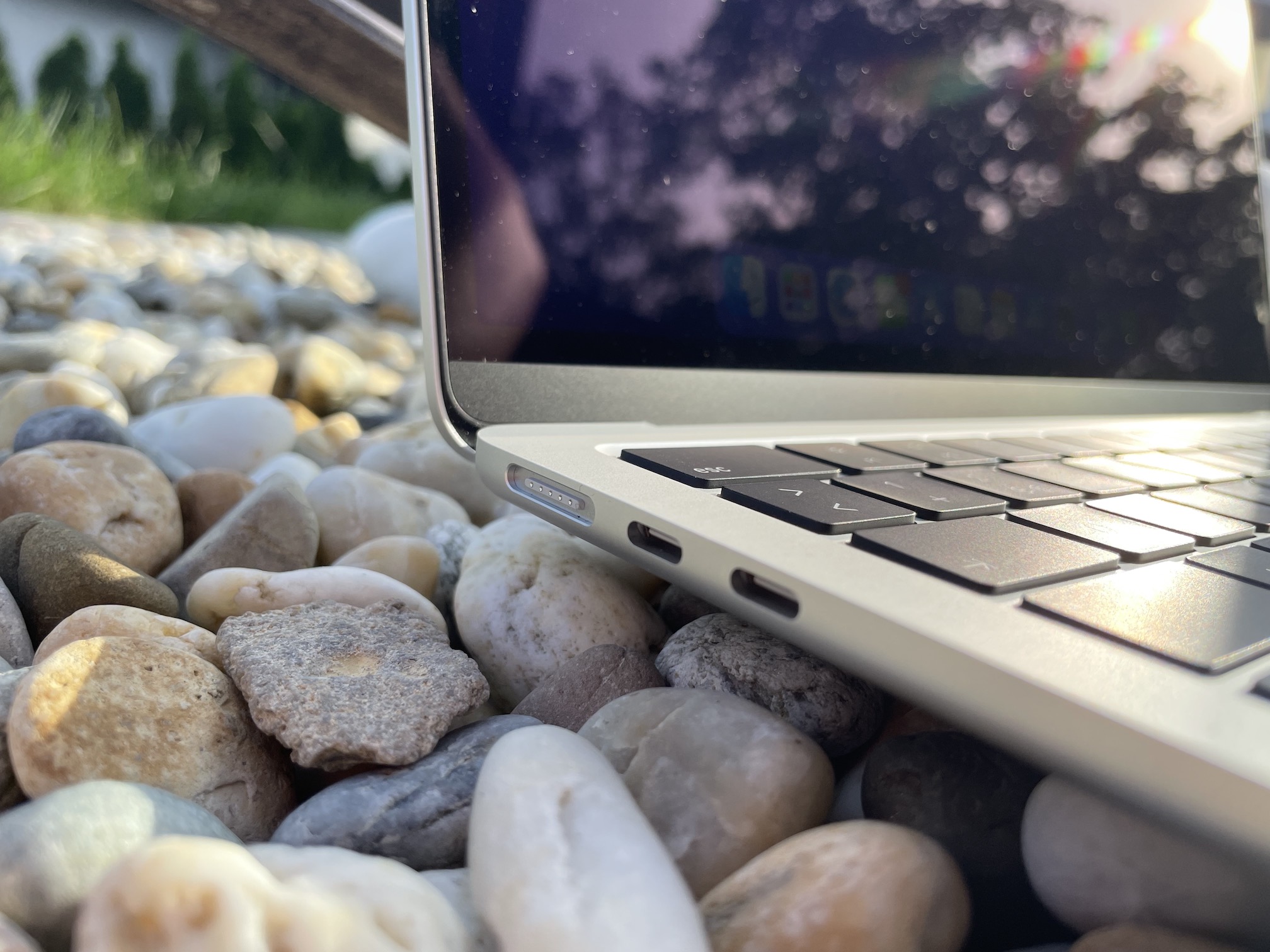
The fact that Apple came up with the MagSafe connector is really very important. Not only do you get the option of simple charging, which we have missed so much since 2016. In addition, however, you will have two free Thunderbolt connectors available during charging, which you can use to connect peripherals, external storage, a monitor, etc. If you charged the previous generation of Air, you only had one Thunderbolt connector left each time, which in some cases could be simply limiting. Fortunately, this no longer happens, and I can confirm from my own experience that this is a really great and long-awaited change. Anyway, if you had the need, you can of course continue to charge the MacBook Air via USB-C. This can be useful in some situations, but I personally enjoy charging through MagSafe a hundred times more.
Keyboard and trackpad
Ever since Apple switched back to the scissor-mechanism keyboards it labels the Magic Keyboard, we've had nothing to complain about. I stand by the fact that the keyboards that come with MacBooks are the best you can get on the market. They are of good quality, they do not wobble when pressed, and the stroke, which is neither small nor large, is also ideal. Again, the same applies to the display, i.e. if you get used to it with Apple, you probably won't want another one. If we look at the keyboard of the new Air, you won't notice many changes. However, as soon as you start working with it, you will find that there are changes here. The first change I noticed after a while is that the keyboard on the new Air has less travel compared to the previous generation. At first I didn't know if it was just a feeling, but it started to be confirmed every time I immediately switched from one keyboard to another. Subsequently, other reviewers confirmed the same. However, this is not something that makes the keyboard worse, and in fact, unless you have the new and previous generation Air next to each other, you won't notice it at all. Apple had to resort to this step most likely for the sake of slimness, as the previous keyboard with a larger stroke probably wouldn't fit here.
The second change, which I see as positive, is the redesign of the upper row of function keys. While in the previous generation these keys were roughly half the size of the others, in the new Air Apple decided that the keys will finally be the same size. Thanks to this, they are very easy to press and you can press them blindly without any problems, which was not so easy with the previous Air. Anyway, the 14″ and 16″ MacBook Pro already came with this change, but these physical keys replaced the Touch Bar. In the upper right corner, there is the classically round Touch ID, which I personally regard as an absolute duty – unlocking the Mac, confirming settings or paying is really very easy with it.
As for the trackpad, it may seem at first glance that nothing has changed. The trackpad looks almost exactly the same as the previous generation, but the situation here is very similar to the keyboard. So Apple definitely did not take the trackpad from the original generation and install it in the chassis of the new Air. In addition to being slightly smaller, it also has a different haptic and sound response. In particular, it is slightly "rougher" than the previous generation, even at the lowest response force setting. But again, it's not something you just notice - you have to quickly switch to the other trackpad and experiment to notice the difference. Still, the MacBook Air's trackpad remains flawless.
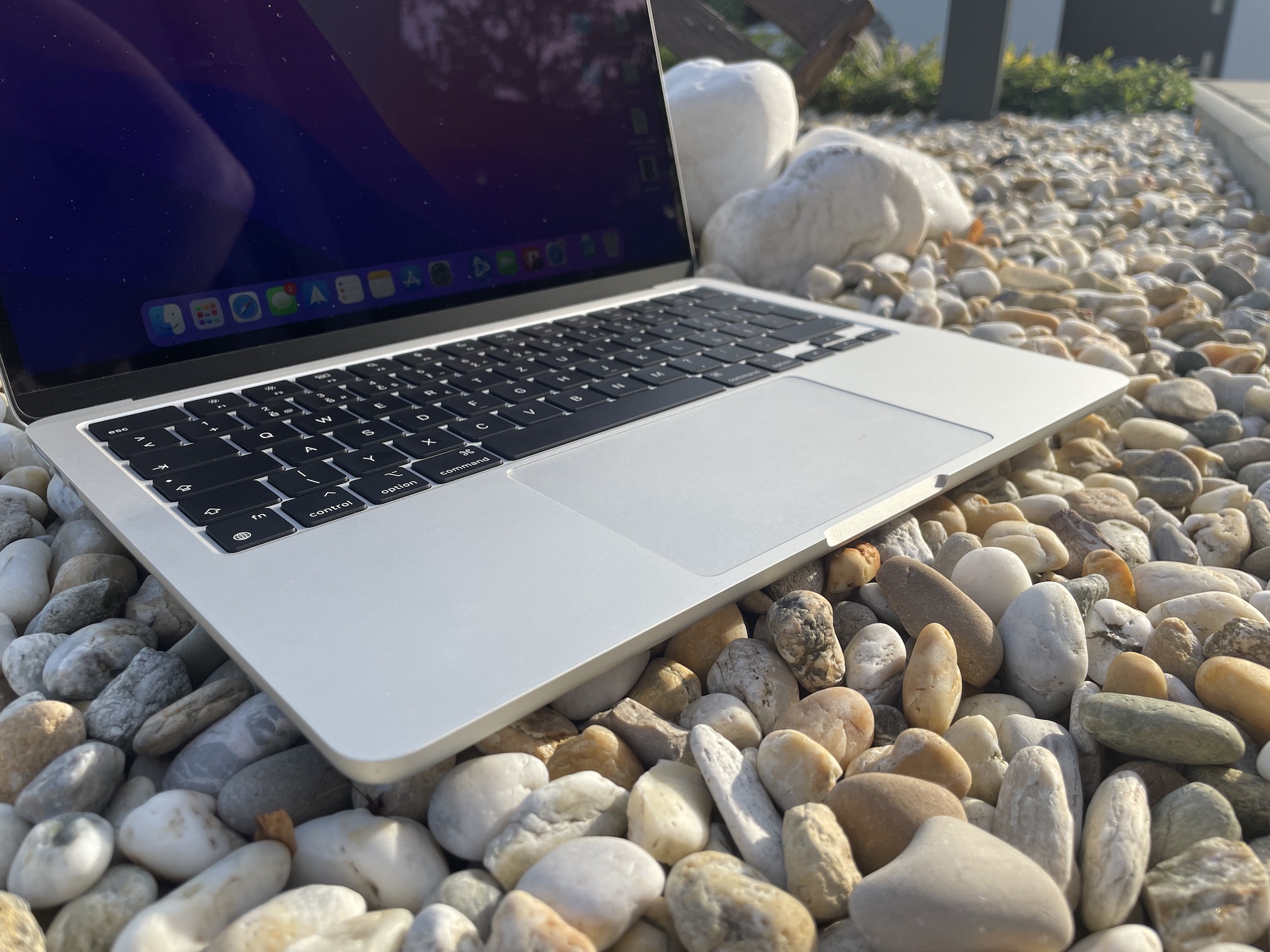
Speakers and microphones
The whole time I was working with the new Air, I kind of thought there was something wrong with it when I looked down. But I didn't pay much attention to it and accepted that it was just a new Mac that I had to get used to. But when I put the Air M2 and Air M1 side by side, I quickly noticed where the dog was buried. Apple has decided to remove the perforations to the left and right of the keyboard, under which the speakers and microphones are located in the previous generation. In retrospect, I remember that I actually noticed it even during the presentation itself. Apple stated in it that the sound is great and practically we shouldn't even know the difference. I tried to believe this all the time before I played any music on the new Air - to be precise, it was only after a few hours of use, since I use AirPods 99% of the time.
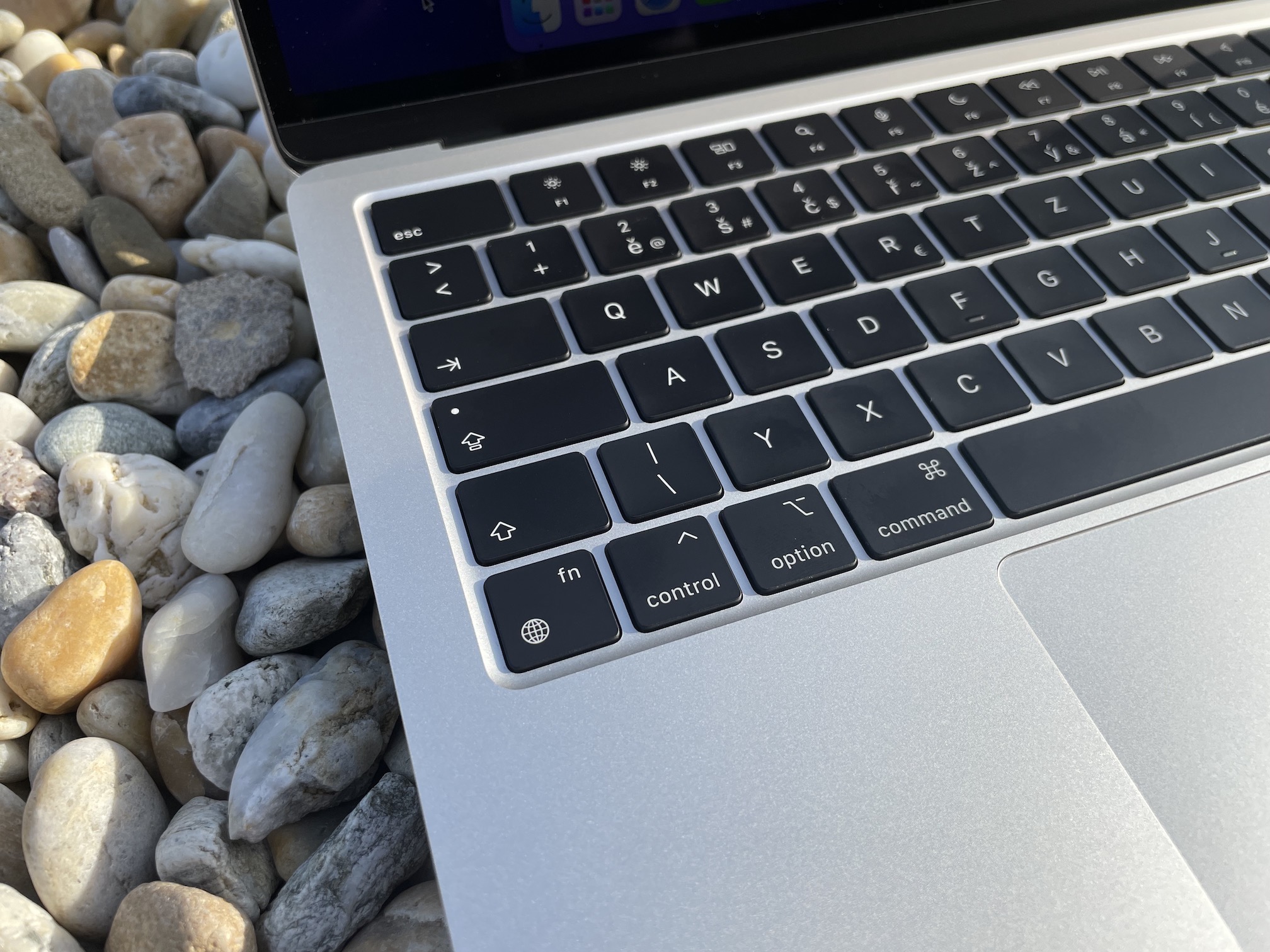
However, coaxing and believing that the sound would be great didn't work for me. When I compare the sound with the previous generation of Air and the new one, the difference is definitely noticeable. I don't want to say that the sound from the Air M2 simply sounds bad, it certainly doesn't. However, I regret that Apple did not take the sound to the next level with the new generation, as for example with the display, but rather went back one level. It's not that big of a problem for me personally, because as I say, I don't really use the speakers, but for other individuals it can be a big shame. To describe the sound from the new Air somehow, it is muffled and flat, and at the same time, in my opinion, it lacks any spatial qualities, even though it supports Dolby Atmos.
So where does the sound actually come from when Apple decided to cut holes next to the keyboard? Once I tell you this, you may be shaking your head like I am. The holes for the sound are located under the display, practically at the back of the body, and you have no chance to even see them. I think it must be clear to each of you by now that the sound is simply not better compared to the previous generation. Apple devised this solution in such a way that the sound is reflected from the display towards the user, which in itself cannot go hand in hand with a better sound performance. That said, the speakers, and thus the sound, are disappointing. And unfortunately, it is the same with the microphones, which were also located in the aforementioned perforation in the previous generation. So here too, the quality has moved in the opposite direction, and the recorded sound is muffled and more noise can be heard in it.

M2 chip and configuration
In the lines above, we took a look at the exterior of the new MacBook Air together, now we're finally getting into the guts. This is specifically where the M2 chip is located, which basically offers 8 CPU cores and 8 GPU cores, but you can pay extra for a more powerful version with the same number of CPU cores but 10 GPU cores. As for the unified memory, 8 GB is available in the base, you can pay extra for 16 GB and 24 GB. In the case of storage, the base is a 256 GB SSD, and variants with 512 GB, 1 TB and 2 TB are also available. As already mentioned, we have at our disposal a completely basic version of the new Air. So let's take a look together at how this machine performs in practice.
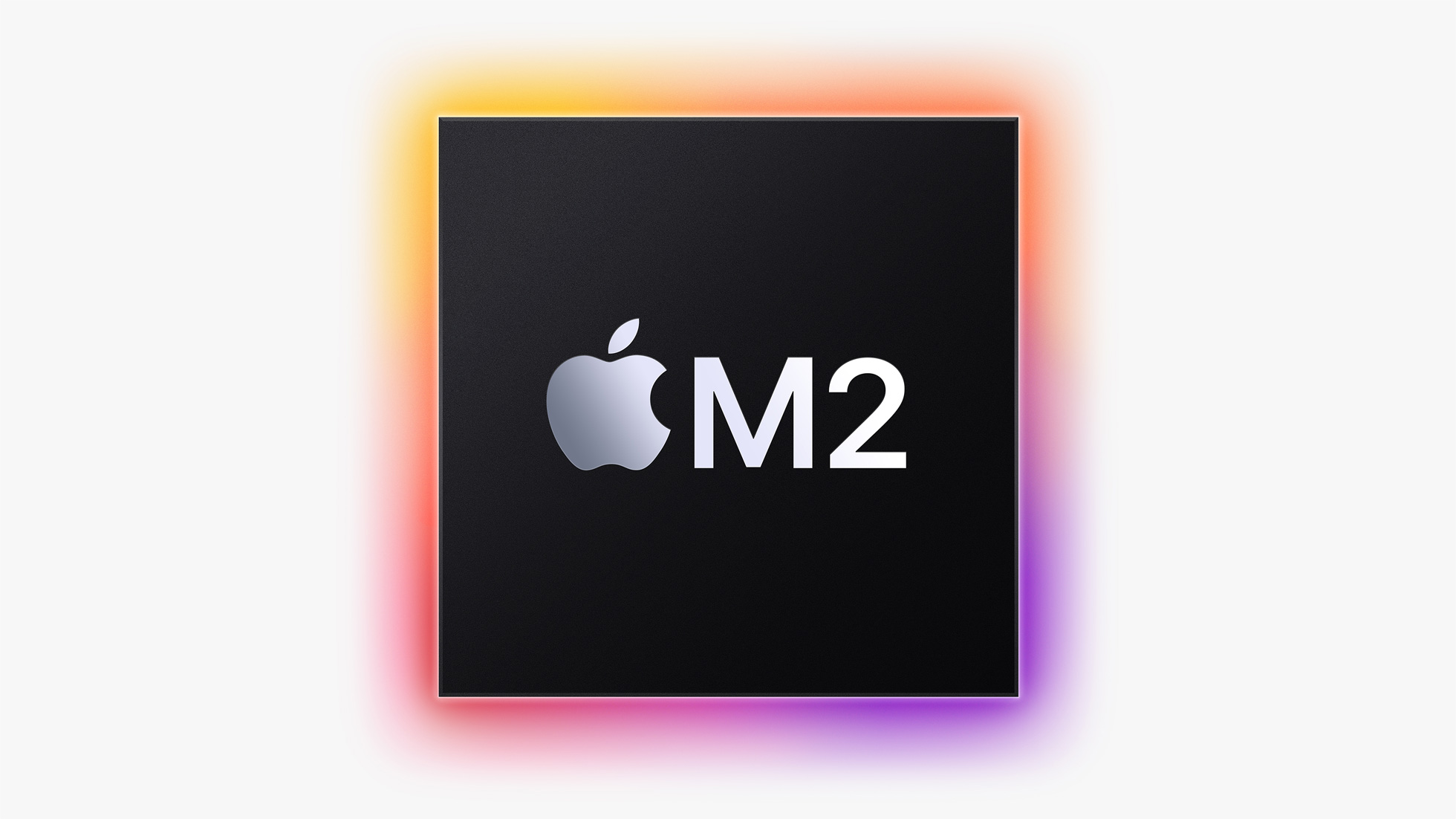
Power usage
I have personally owned a 13″ MacBook Pro with an M1 chip in the basic configuration for a long time, i.e. without SSD, where I have 512 GB. The main content of my working day includes working on the Internet, together with handling e-mails, but in addition I also use some programs from the Creative Cloud package. I am more or less satisfied with the mentioned machine and it must be mentioned that it is more or less sufficient for my work, although it must be mentioned that in certain cases it can really sweat, for example if I actively use Photoshop and have several projects open at the same time. Since I temporarily traded the 13″ Pro M1 for the new Air M2, I did the exact same thing on it for three weeks. And as for any feeling about the differences, I have to say that I didn't notice any extra big increase in performance.
But it is necessary to mention that I personally am not the type of person who needs a high number of CPU and GPU cores for my work. Instead, in my case, unified memory makes the biggest difference. To be completely honest, if I could go back in time, I would definitely go for 16GB of unified memory, and not the basic 8GB. The unified memory is what I miss the most in my type of work, and it is the same with the new Air M2. If I had to sum it up, I really recommend 8 GB of unified memory only to those users who plan to surf the Internet, deal with e-mails and perform administrative tasks on a Mac. If you use e.g. Photoshop, Illustrator, etc. more often than the minimum, then automatically reach for 16 GB of unified memory. This is how you will immediately recognize that you can work without problems in multiple windows without jams and waiting, and also without having to look back at what you have open.
The performance difference between the CPU and the GPU was really noticeable when exporting a large document from Photoshop to PDF, when the Air M2 had already done it, of course. However, in order not to just slap some impressions here, I of course also performed a measured test, namely in the HandBrake application, where I converted a 4K video with a length of 5 minutes and 13 seconds to 1080p. Of course, the new MacBook Air did a better job of this task, clocking in at 3 minutes and 47 seconds, while the 13″ MacBook Pro M1 did the same in 5 minutes and 17 seconds. Anyway, the new Air got hotter in this event (see temperatures below), due to the absence of active cooling, which I would like to address in the next part of the review.
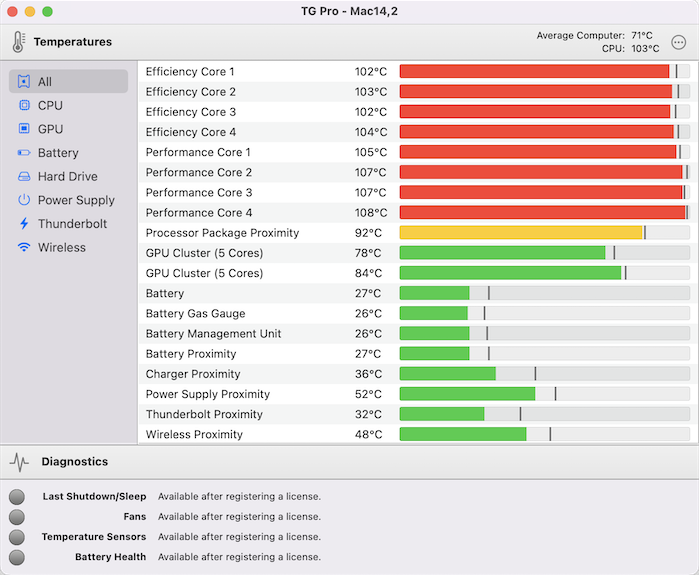
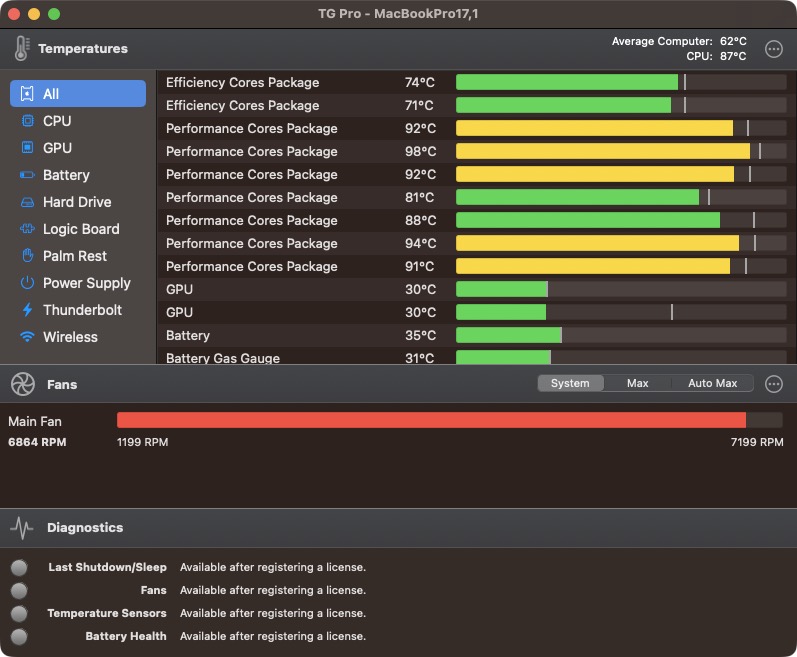
MacBook Air (M2, 2022) | MacBook Air (M1, 2020)
Playing games
However, before we dive into cooling, I would like to show you that the new MacBook Air handles gaming without any problems. If you would playing games a Mac wanted to hook up more than three years ago, you would be stoned right. At that time, Macs still had Intel processors, which not only served as central heating, but also did not have sufficient performance, especially the graphics. So you played some simple and easy games, but that's where it ended. However, with the arrival of Apple Silicon, this is changing and gaming is seamless, even if the selection of titles for macOS is not huge. So how did the new Air perform in gaming?
I tested it in a total of three games - World of Warcraft, League of Legends and Counter-Strike: Global Offensive. As for World of Warcraft, it is one of the few games that is natively compatible with Apple Silicon, and I was really pleasantly surprised. I personally play WoW without major problems on my 13″ Pro M1, in any case, the enjoyment was even better on the Air M2. In quiet areas, you can set practically the highest resolution and the highest details, with the fact that you will move around 35 FPS. However, of course, in places where there are more players and some action, it is necessary to be very modest. On top of that, most gamers prefer to forego high resolution and detail to get at least 60 FPS. Personally, I don't have a problem playing with a lower resolution and details, so WoW is definitely playable and you will be bothered practically only in this respect by the small, 13.6″ screen.
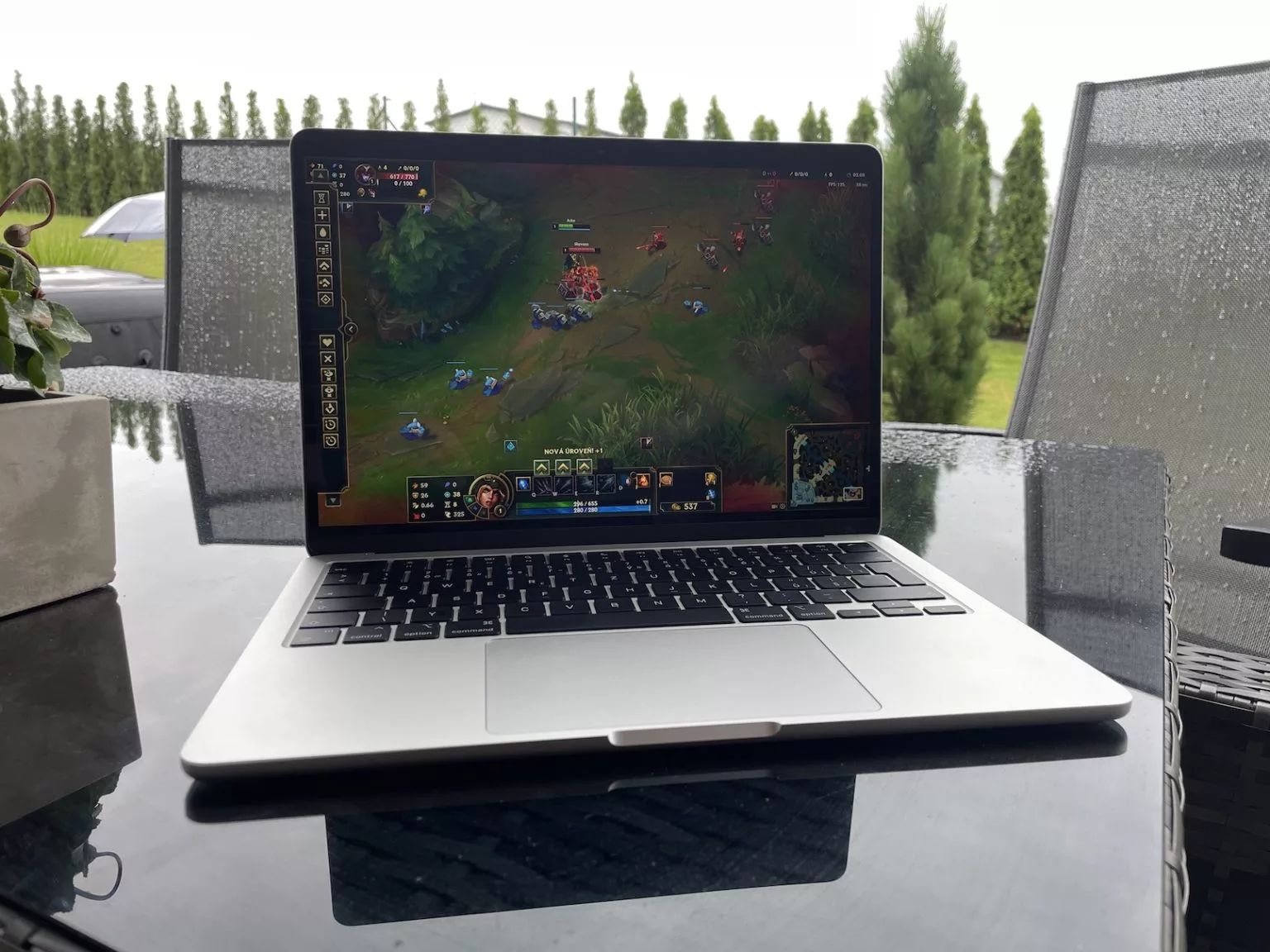
As for League of Legends and Counter-Strike: Global Offensive, these games run through the Rosetta code translator, so they are not natively compatible with Apple Silicon. Due to this, the performance in these games is slightly worse, since the code is processed in real time. In League of Legends, at a resolution of 1920 x 1200 pixels and the medium graphics setting that the game selected automatically, I got to about 150 FPS without any problems, with a drop to about 95 FPS during the action. Even in this case, the enjoyment is therefore problem-free. However, the same cannot be said entirely in the case of Counter-Strike: Global Offensive. Here the game automatically set the resolution to 2560 x 1600 pixels and high details, with the fact that this way the game runs at about 40 FPS, which is not exactly ideal in the world of shooters. Of course, by reducing the graphics settings, you can get above 100 FPS, but the problem is that the game simply freezes. It's not due to a lack of FPS, or a lack of performance, most likely, in my opinion, there are some hiccups when translating the code, otherwise I can't explain it. Forget about the so-called "CSko" for the time being with the Air M2.
Cooling and temperatures
As most of you probably know, the new MacBook Air, like its previous generation, does not have active cooling available - that means it does not have a fan. Thanks to this, a longer life of the device is guaranteed, since dust is not sucked in, but on the other hand, of course, it gets more heated, which is one of the main and well-known problems of the MacBook Air M2. The previous generation of Air didn't really have these problems, as Apple placed a piece of metal in the guts, through which the heat was passively conducted away from the chip. However, with the new Air, there is absolutely nothing that can passively dissipate heat away, and thus excessive heating occurs.
You must be wondering what the temperatures are when using the new Air. Of course, we measured them in different situations. If you don't do much on the Air M2, i.e. browse the web, etc., the temperatures are in most cases below 50 °C, of course much lower when completely at rest. However, the problem arises if you load the device properly. If, for example, we return to the mentioned video conversion through HandBrake, here the MacBook Air M2 reaches the limit of 110 °C, which is certainly not little and thermal throttling occurs. In contrast, the 13″ MacBook Pro M1 with a fan manages to keep temperatures below 90 °C in this case. It should be mentioned, however, that the new Air only reaches these high temperatures when the chip is under maximum load, so for example when rendering video or exporting some graphic files. When playing like this, we are in most cases below the 90 °C limit.
In this regard, apple growers are divided into two groups. In the first one there are individuals who believe that Apple has simply tested the new Air M2 and that the chip can work at higher temperatures. In the second group, there are users who outright criticize Apple for this step and are convinced that the new Air M2 will be extremely defective. Nothing can be confirmed for now. The temperatures are certainly high, there is no debate about that, in any case, whether it will really affect the lifespan of the MacBook is difficult to determine for now and we will have to wait. However, it is necessary to realize that computers do not always run at maximum power, so we only get to high temperatures in exceptional cases. And if you've been looking at the Air M2 and already know that high temperatures will simply bother you, then you're probably not the target group. For professionals who, for example, work with videos and graphics, there is a perfect range of MacBook Pros that are XNUMX% worth paying extra for. Therefore, professionals are not the target group of the Air series. That means we can't make Air a Pro because it wasn't, isn't, and won't be.
It could be interest you
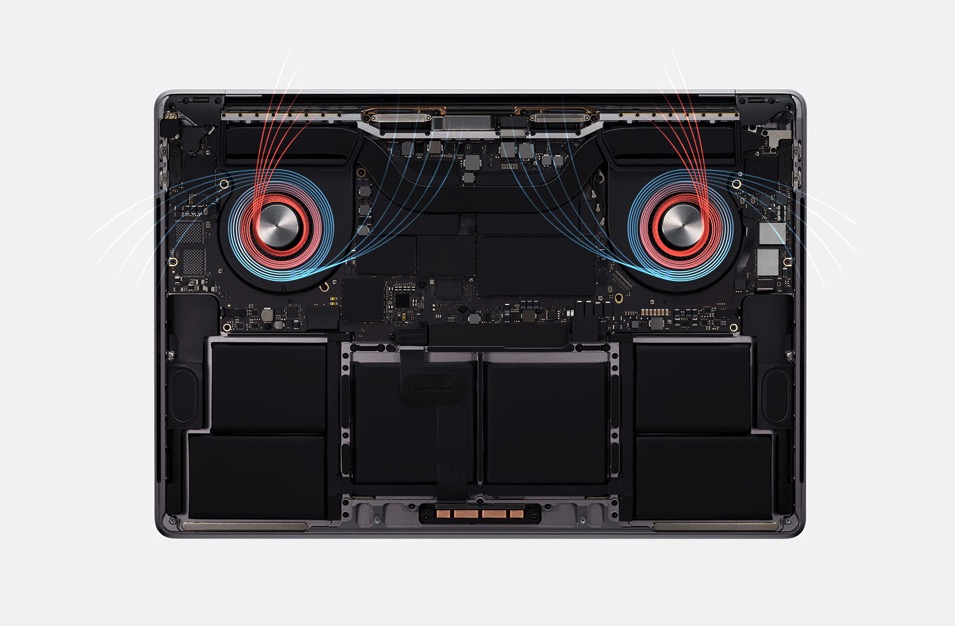
Performance tests
As in the case of other reviews of computers from Apple, we also performed classic performance tests on the Air M2 in competent applications. We used a total of two applications for this, namely Geekbench 5 and Cinebench R23. Let's start with the Geekbench 5 application, where the Air M2 scored 1937 points for single-core performance and 8841 points for multi-core performance in the CPU test, which means that the "em two" improved by 1 and 200 points, respectively, compared to the Air M1000. The Air M2 scored 23832 points in the GPU OpenCL test and 26523 points in the GPU Metal test. As for Cinebench R23 tests, the new Air M2 scored 1591 points for single-core performance and 7693 points for multi-core performance.
Storage
If you've been following the goings-on in the Apple world and followed the articles that appeared after the new MacBook Air M2s got into the hands of the first reviewers, you'll know that there's been a lot of talk about SSD speeds. And there is nothing to be surprised about, because if you buy the new Air M2 in the basic version, i.e. with a storage capacity of 256 GB, compared to the previous Air M1 with 256 GB, you will achieve speeds that are about 50% lower, which you can see for yourself in the test we performed as part of the BlackMagic Disk Speed Test, see below. Specifically, with the Air M2, we measured speeds of 1397 MB/s for writing and 1459 MB/s for reading, compared to 2138 MB/s and 2830 MB/s respectively of the previous Air M1.
MacBook Air (M2, 2022) | MacBook Air (M1, 2020)
You must be wondering what actually causes it. The answer is simple - Apple simply wanted to save money. There are a total of two slots for NAND memory chips (storage) on the motherboard of the Air M2, and if you buy it in the basic configuration with 256 GB, only one slot is equipped with a chip with a capacity of 256 GB. In contrast, if you were to reach for the same storage in the Air M1, Apple used two chips with a capacity of 128 GB (256 GB in total). This means that the system can now, simply put, access only one "disk". If there are two disks, the speeds are practically doubled, which is exactly the case with the previous generation of Air. We're not going to lie, Apple would definitely deserve to be slapped for this - but it would be enough if they put it on the website. I think in the end people would wave their hands over it and automatically go for 512GB. Honestly, if you're after the Air M2, don't be afraid to pay extra for the 512GB SSD anyway, not just for faster speeds, but mainly because 256GB simply isn't enough in many cases these days. And if you think so, believe me, in a few years you'll be beating yourself on the head for not listening to me. Storage demands are increasing every year, so you'd do well to get a machine that you won't need to replace in two years or buy an external SSD for.
Keep holding on
The endurance of Macs has been absolutely incredible since the arrival of Apple Silicon chips. These are machines that are extremely powerful, so we would probably expect the endurance to be poor. But the opposite is true, because Apple Silicon chips are also very efficient, among other things. For the new Air M2, Apple claims a maximum battery life of 18 hours, when playing movies. However, most of us probably don't buy a laptop just for movies, so it is necessary to expect a lower endurance. However, I can say that personally, given the work I do, the MacBook Air M2 has always lasted a full day without any problems, and in most cases over 12 hours. This means you can simply leave the charging adapter and cable at home, that is, if you plan to return at the end of the day. Then simply snap on the MagSafe charger and you're done.
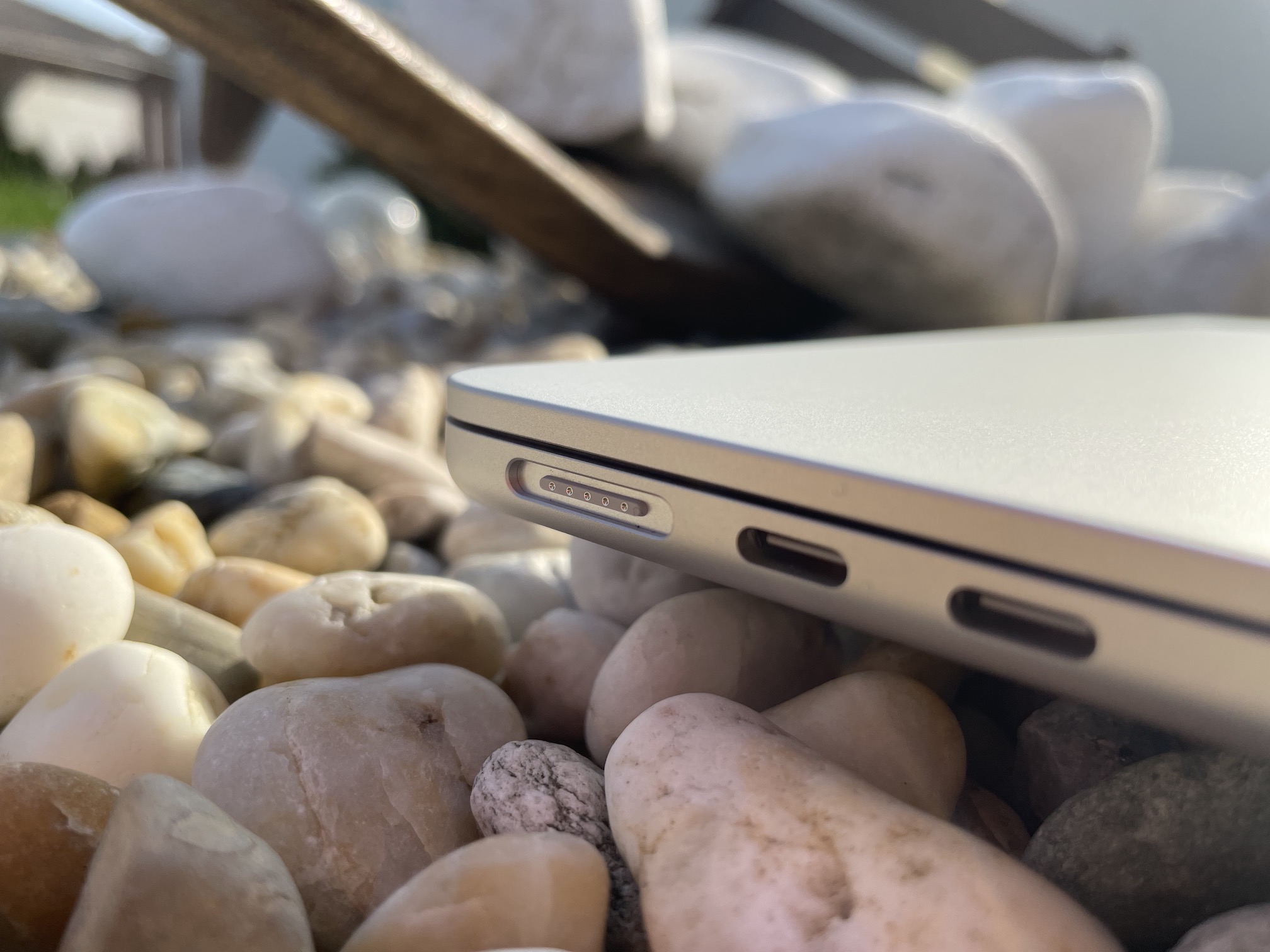
záver
The new MacBook Air M2 is a perfect machine, but in a way it has to be reckoned with certain compromises. You can't expect to get from it what the Pro-branded machines offer. Many individuals are downright bashing the new Air, but personally I think it definitely doesn't deserve it. If you are among students, administrative workers or simply individuals who do not need extreme performance for their work, then the new Air is exactly for you. It seems to me that people simply don't understand that the Air series is not for professionals.
Of course, it cannot be denied that the new MacBook Air is simply not perfect and has a few flaws. The main ones include speakers, high temperatures and in the basic configuration a 50% slower SSD compared to the previous generation. However, I personally don't think that these are things that the MacBook Air should be damned about and should automatically be labeled as bad. Although the speakers are worse, they are definitely still good, and in the case of an SSD, it pays to reach for 512 GB today anyway. The only main problem remains the high temperatures, at which the MacBook Air will not run all the time during use, but only in extreme situations when one hundred percent of the power is used, i.e. in a fraction of the cases. If you belong to the MacBook Air target group, then the new model with the M2 chip will definitely be the right choice for you. And if you want to save, the original generation with the M1 is still a great option.
You can buy the MacBook Air M2 here
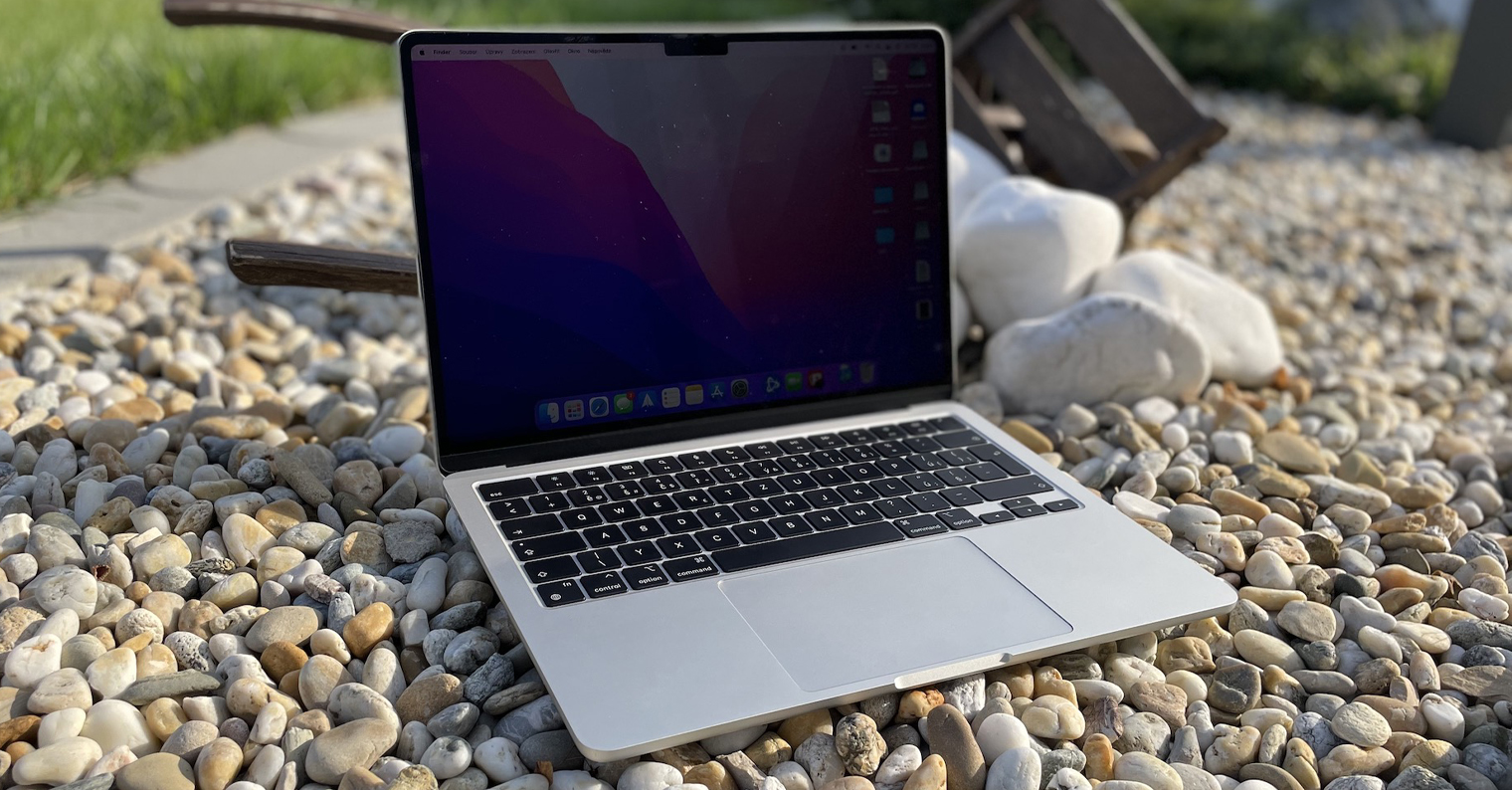
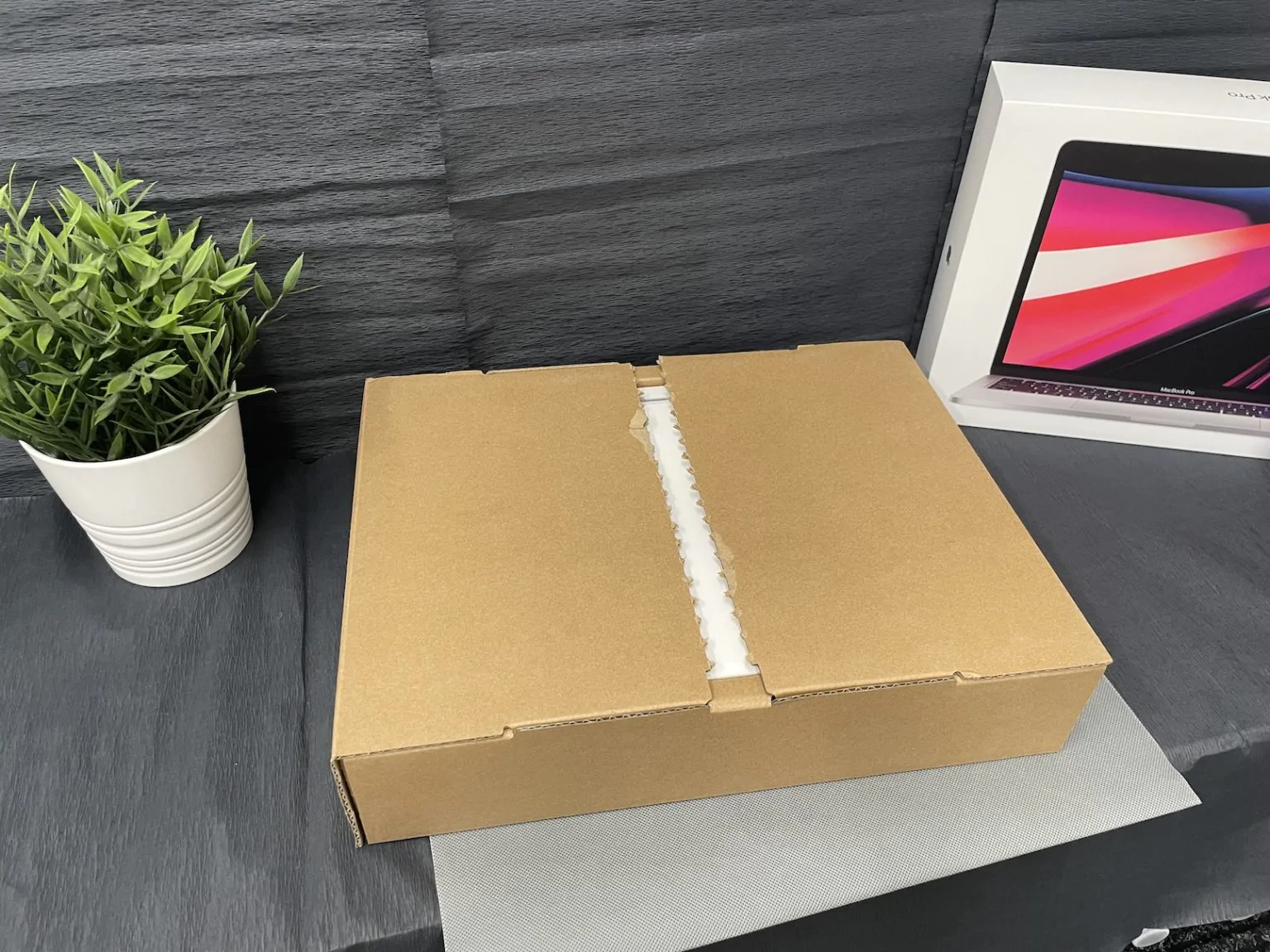
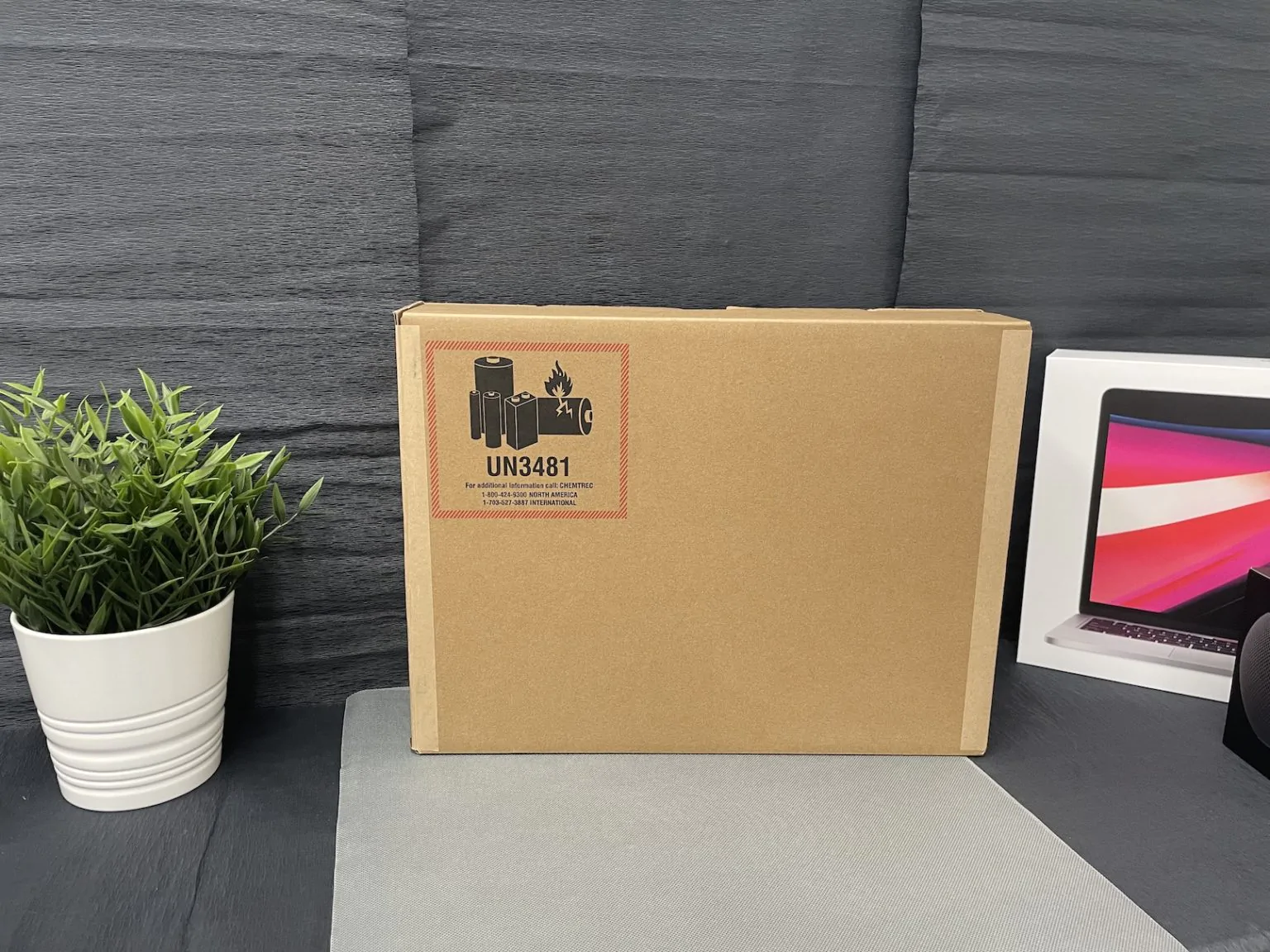
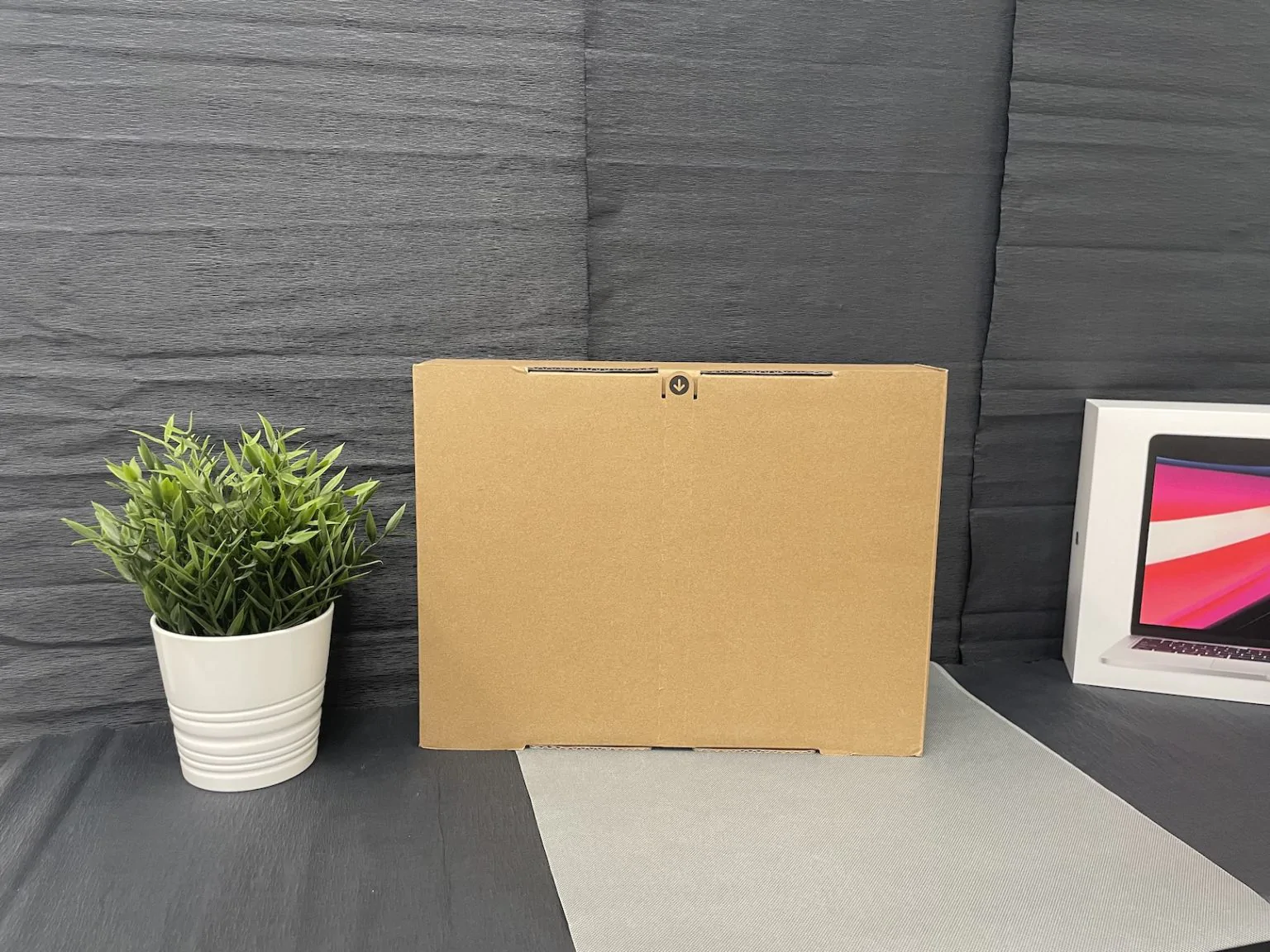
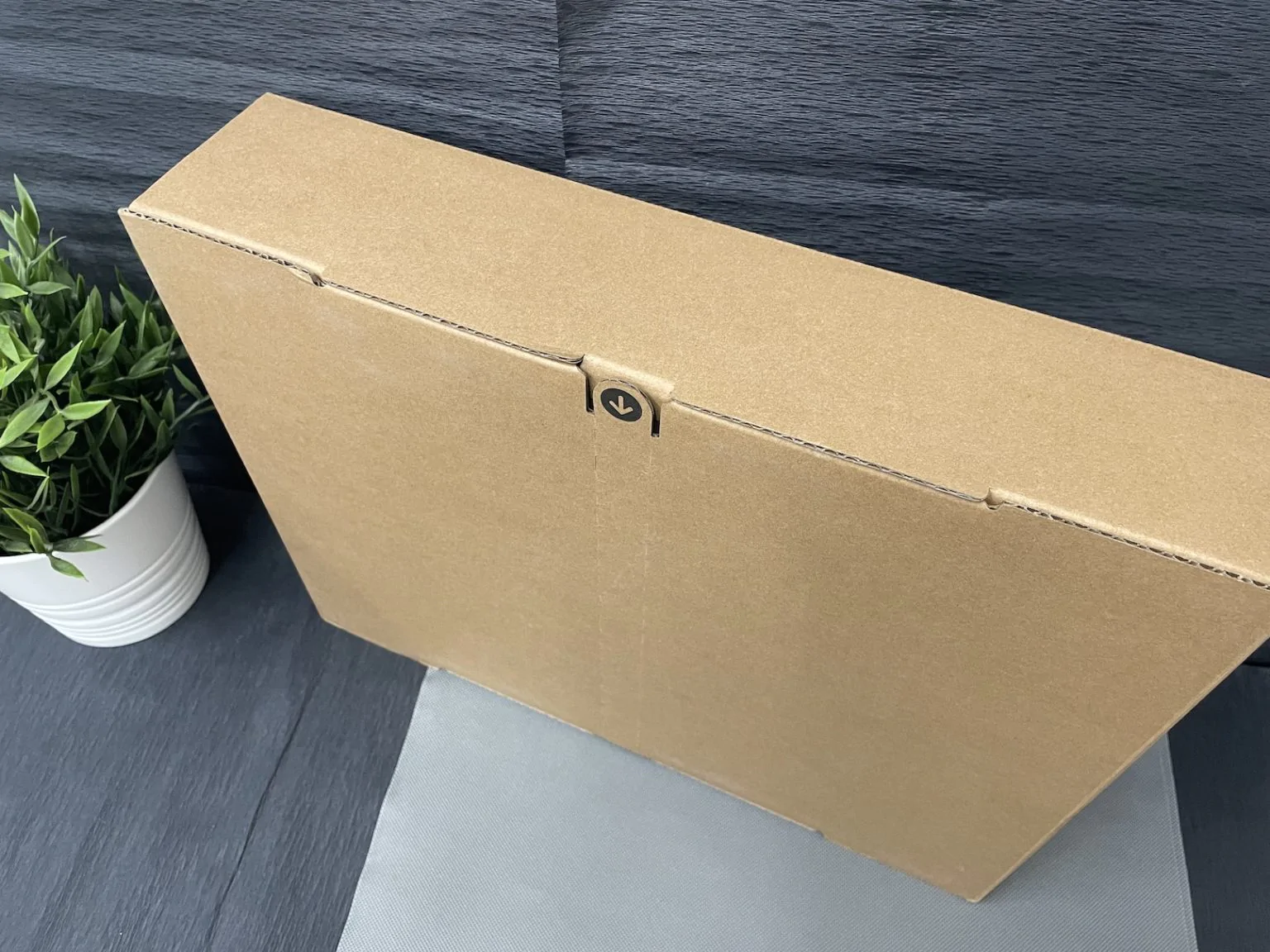



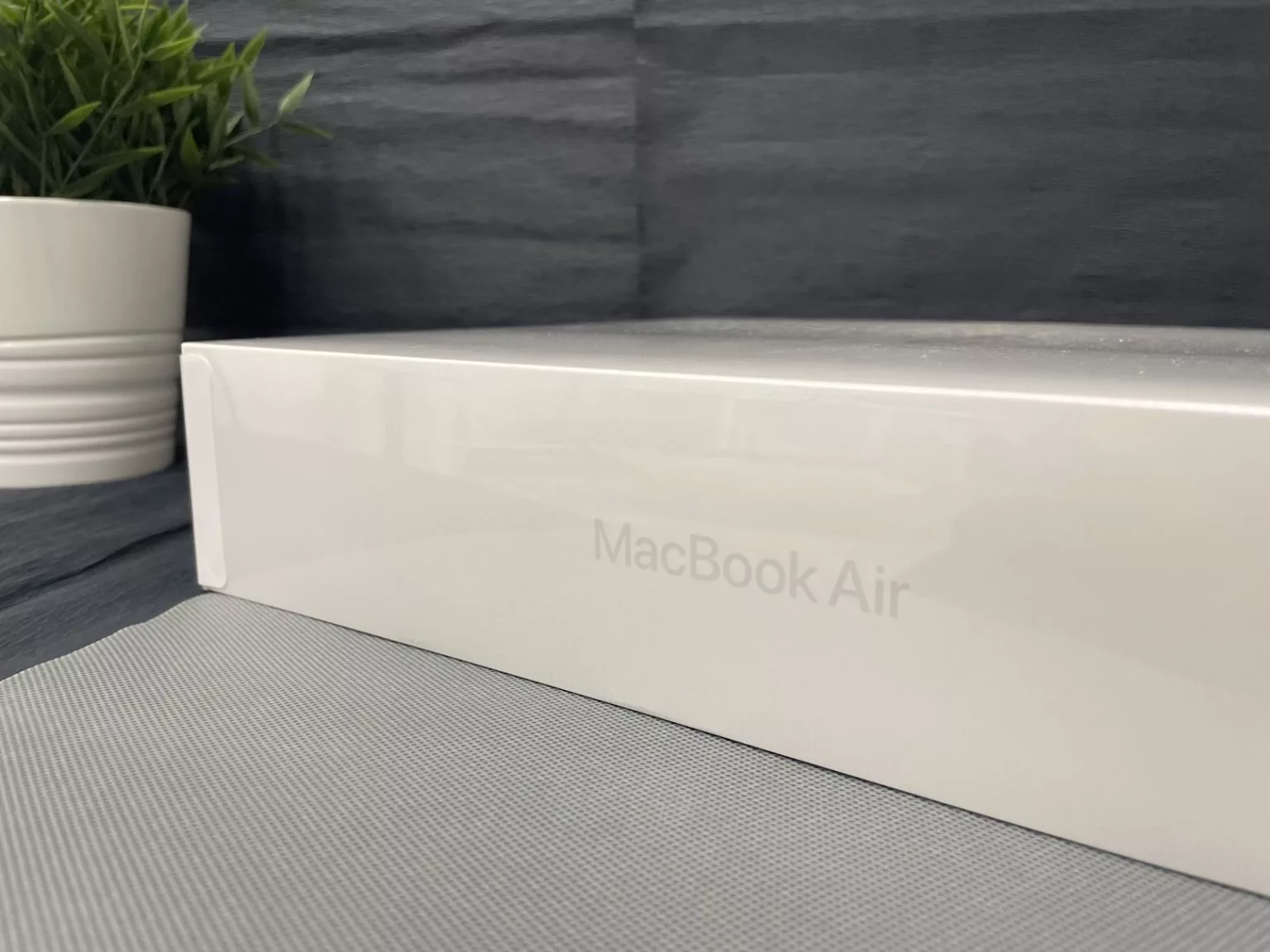
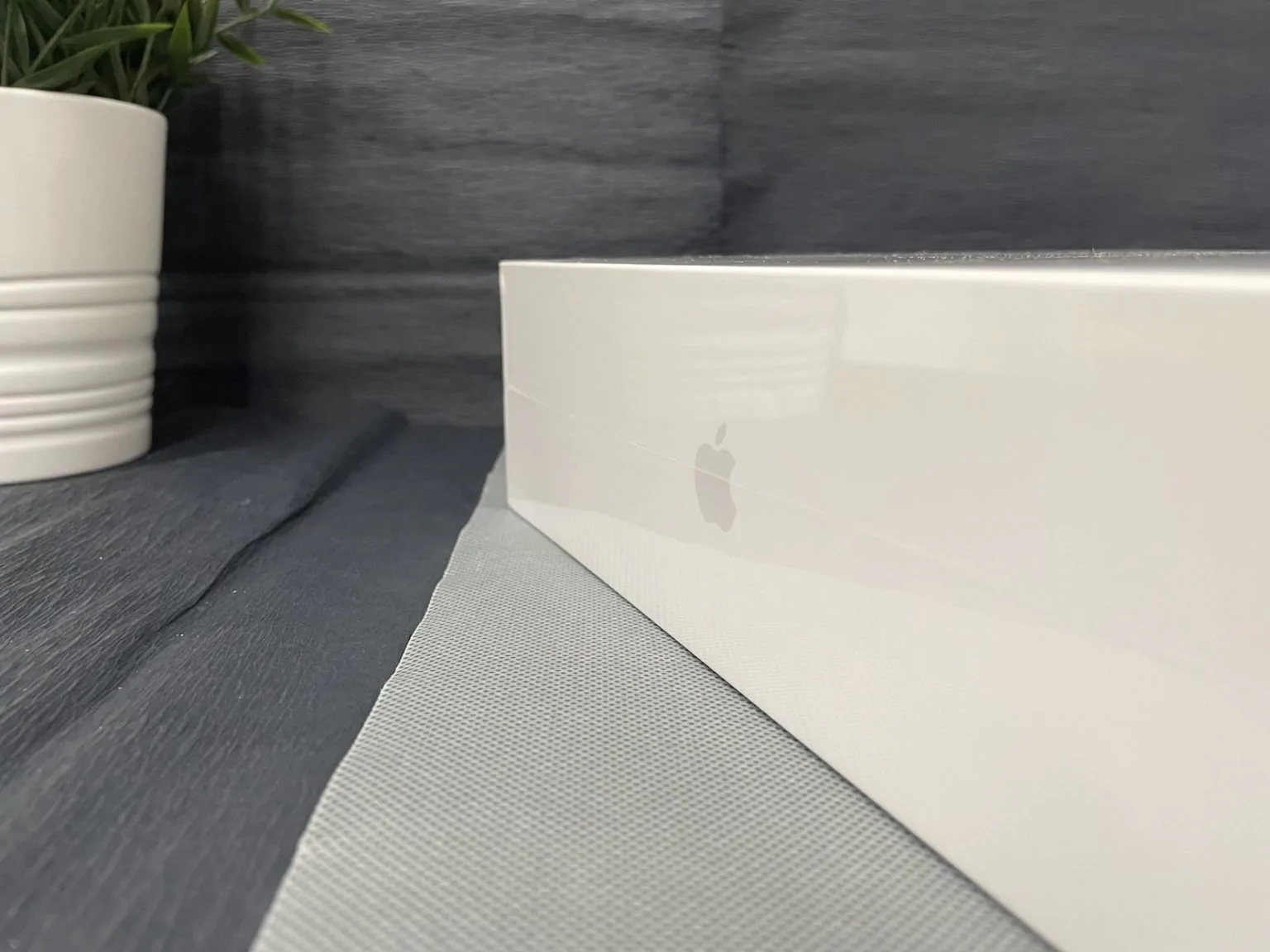
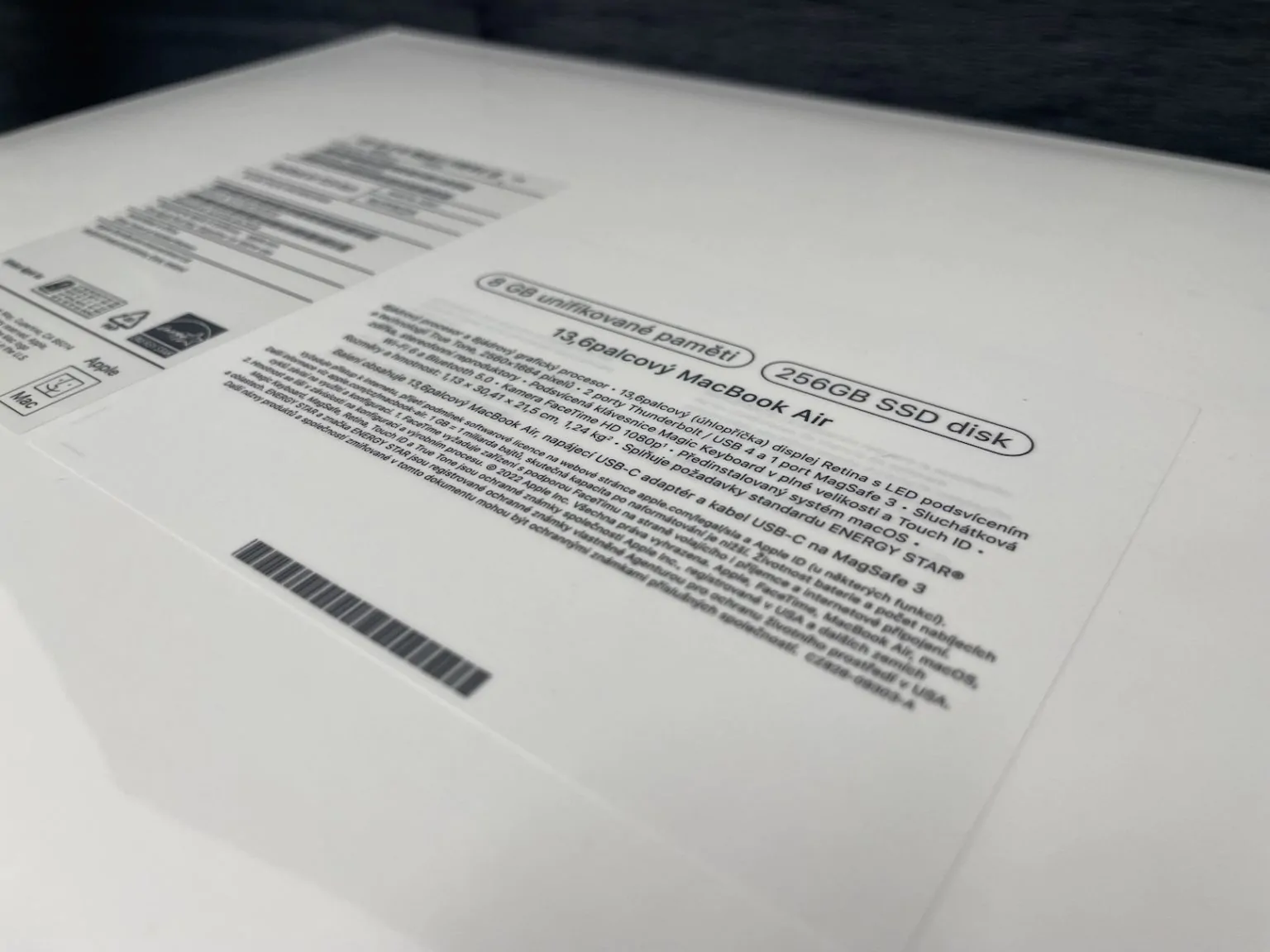
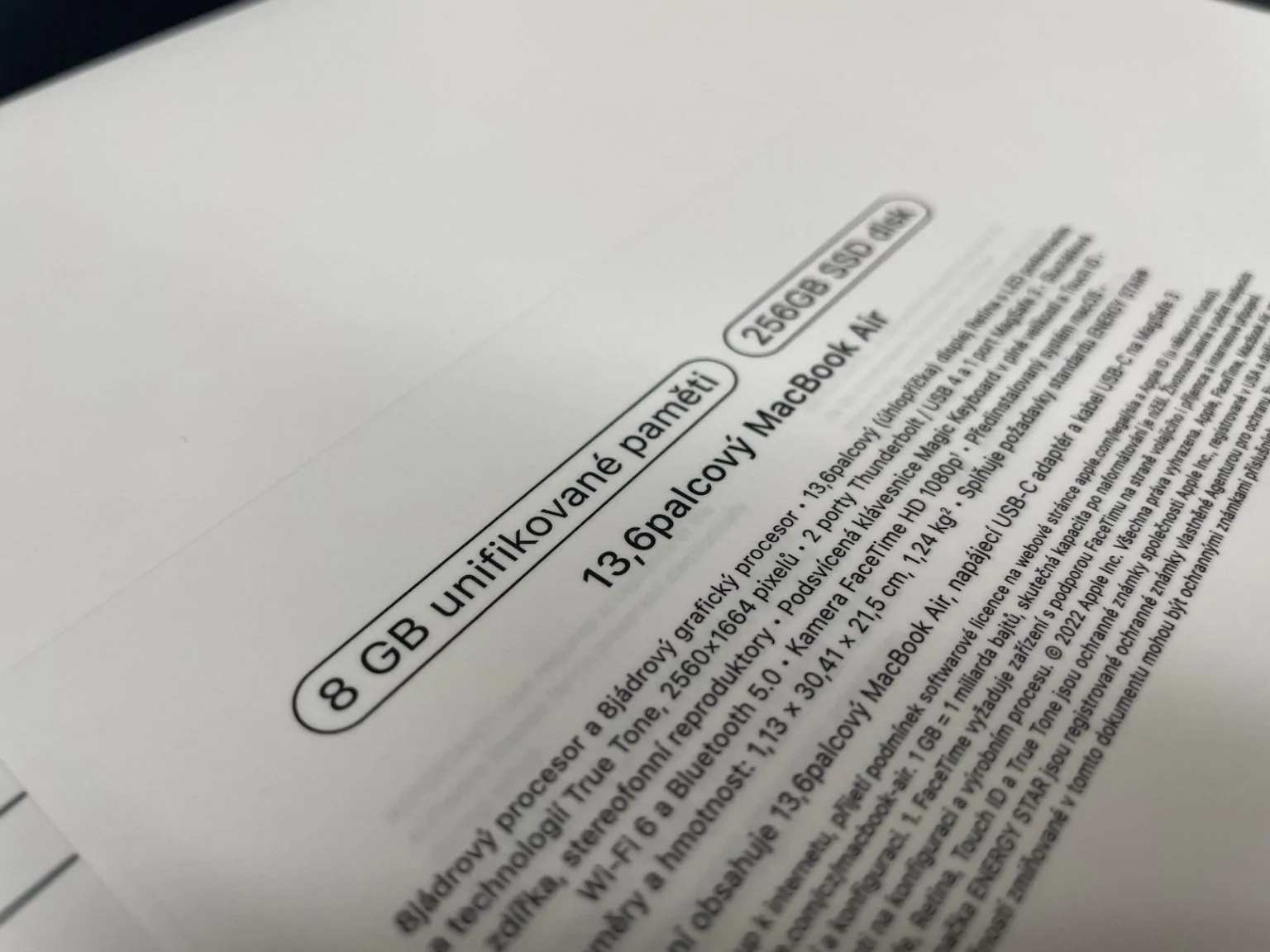
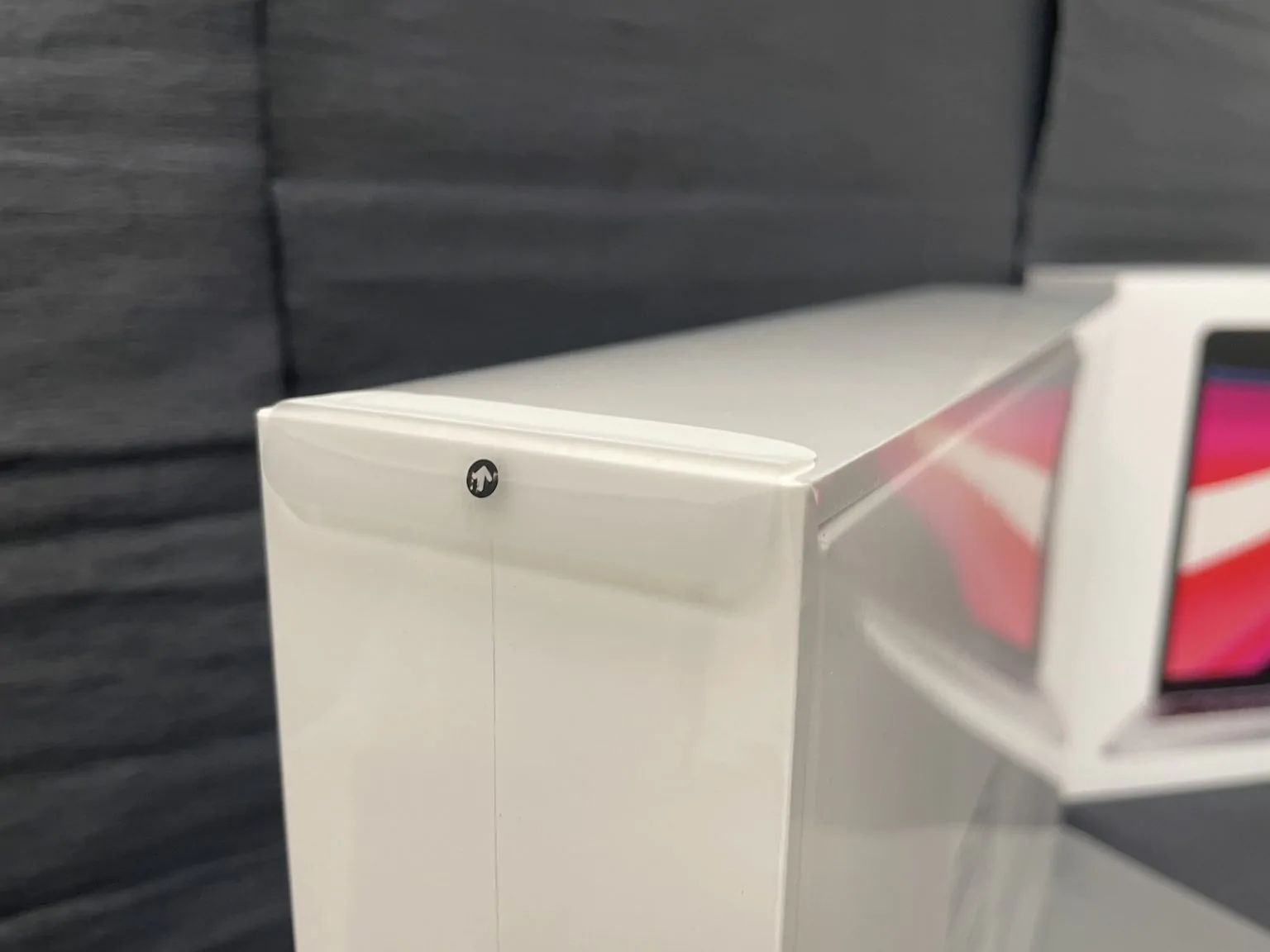
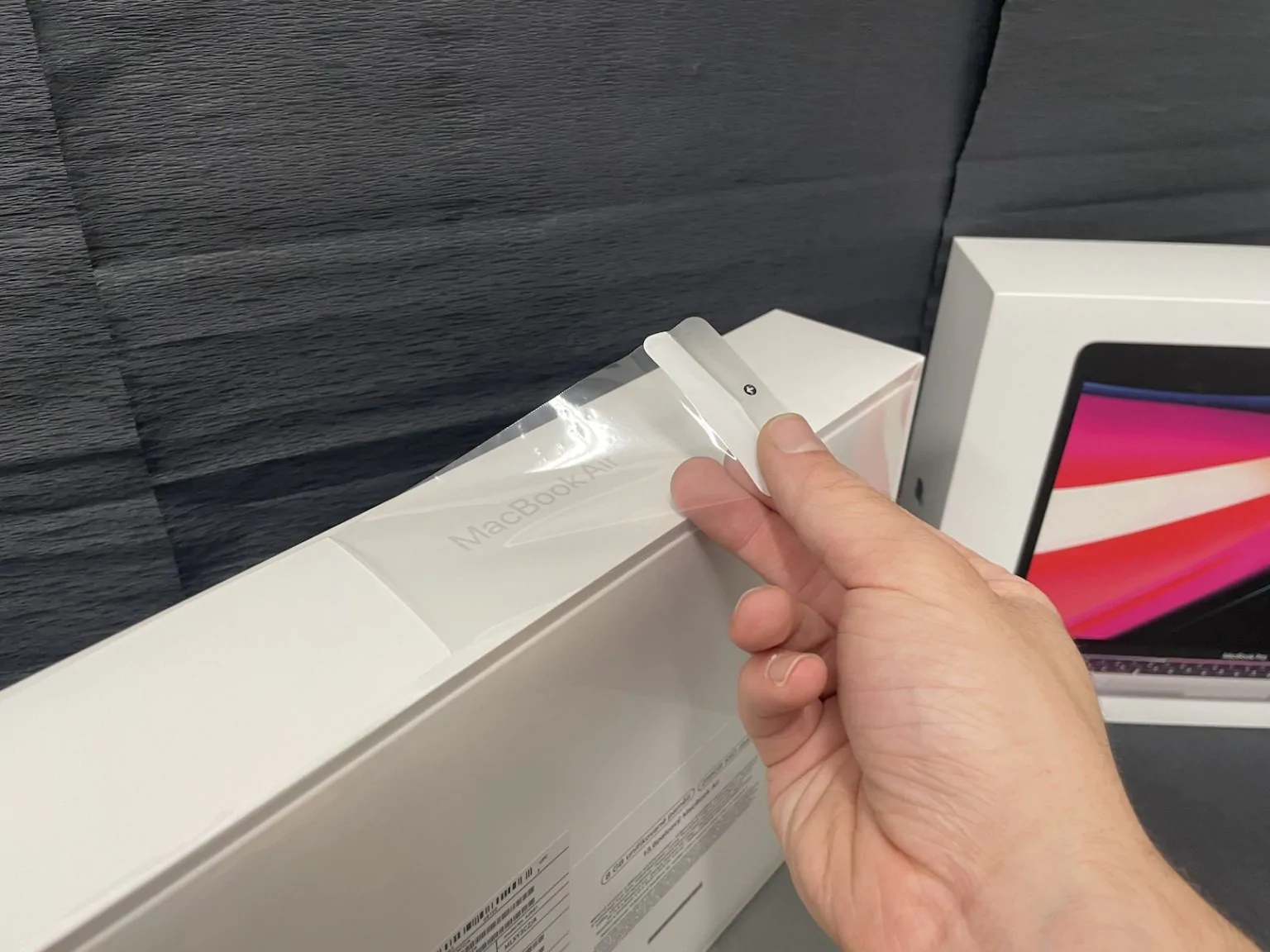
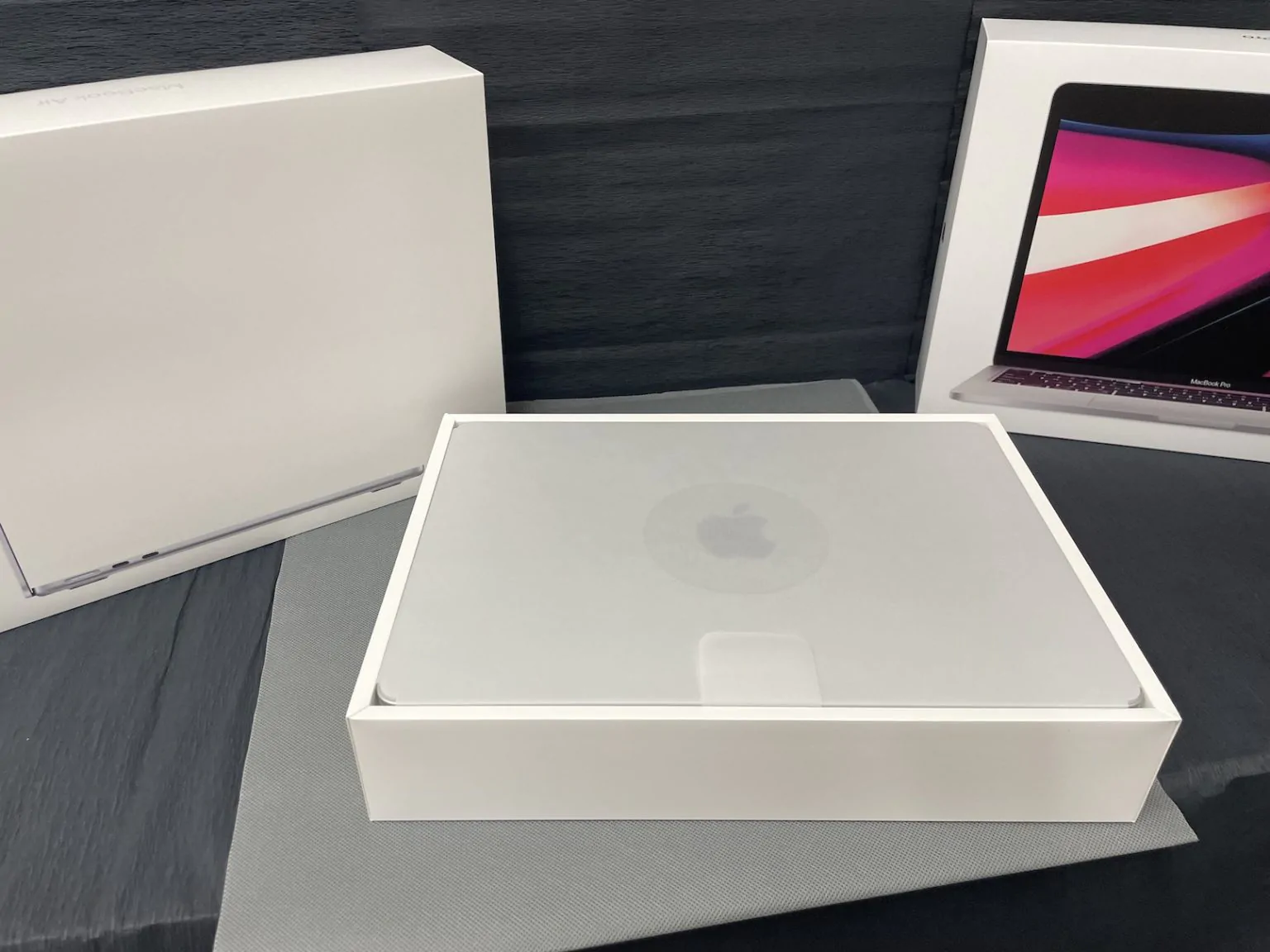
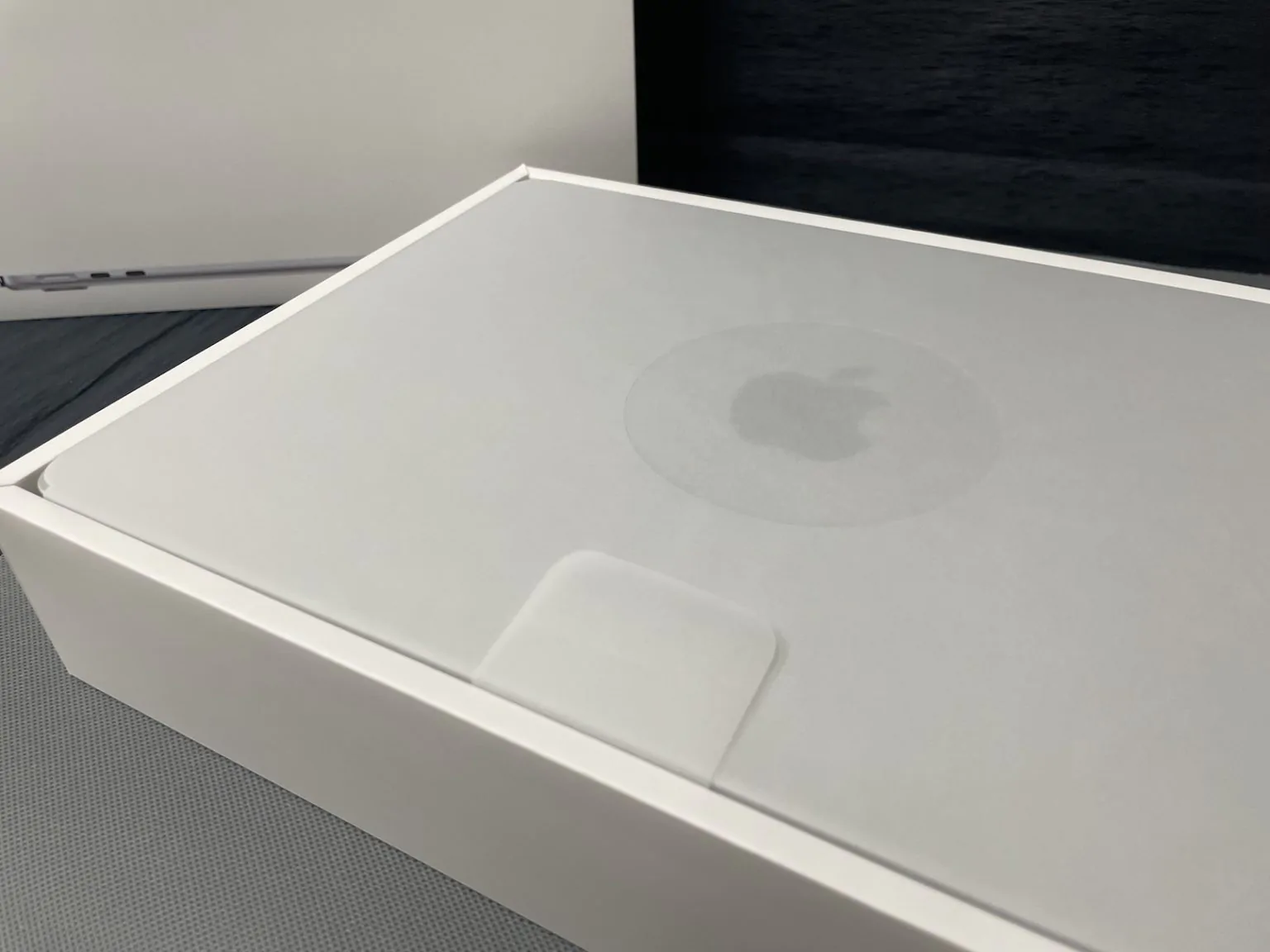


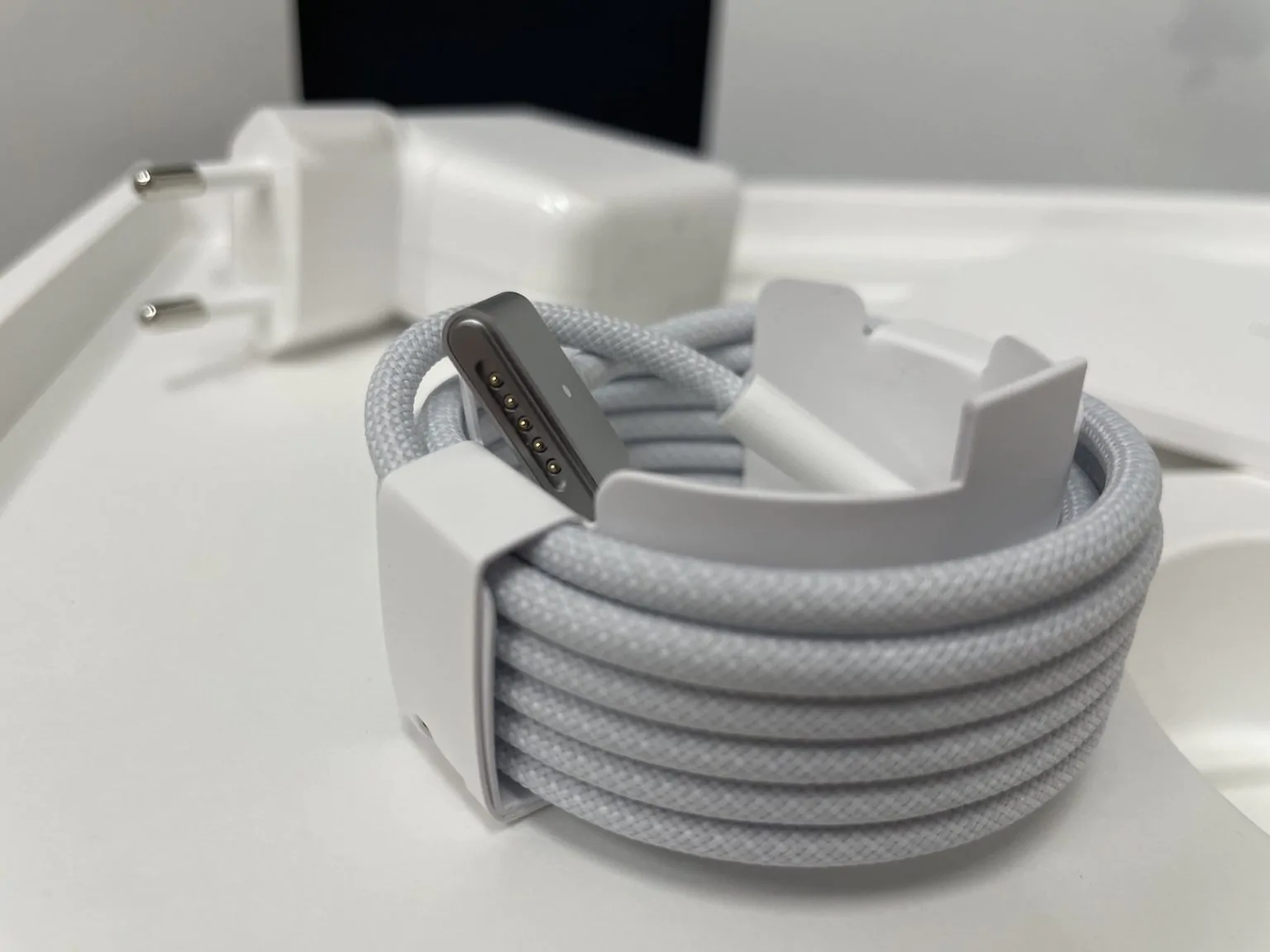
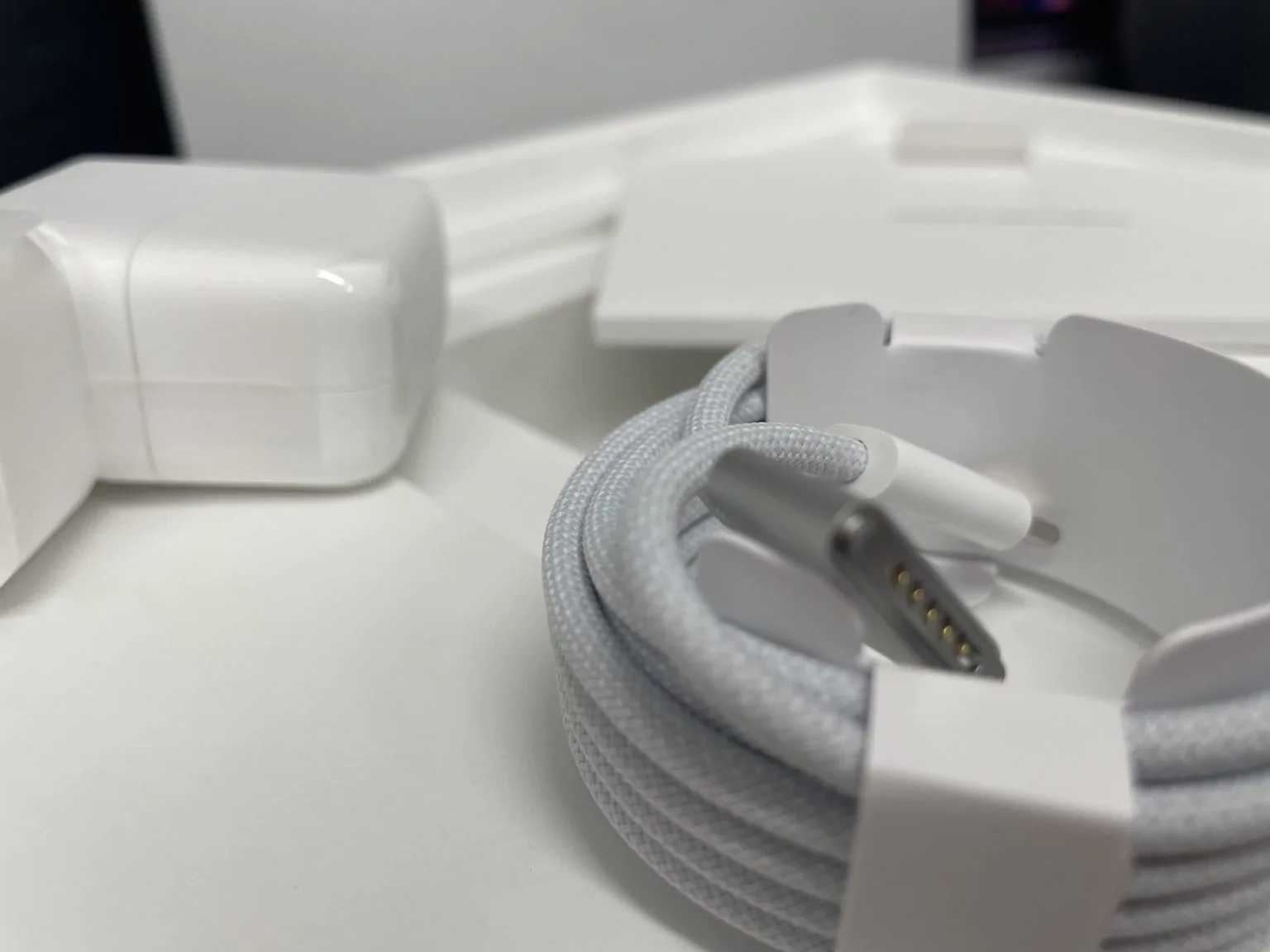
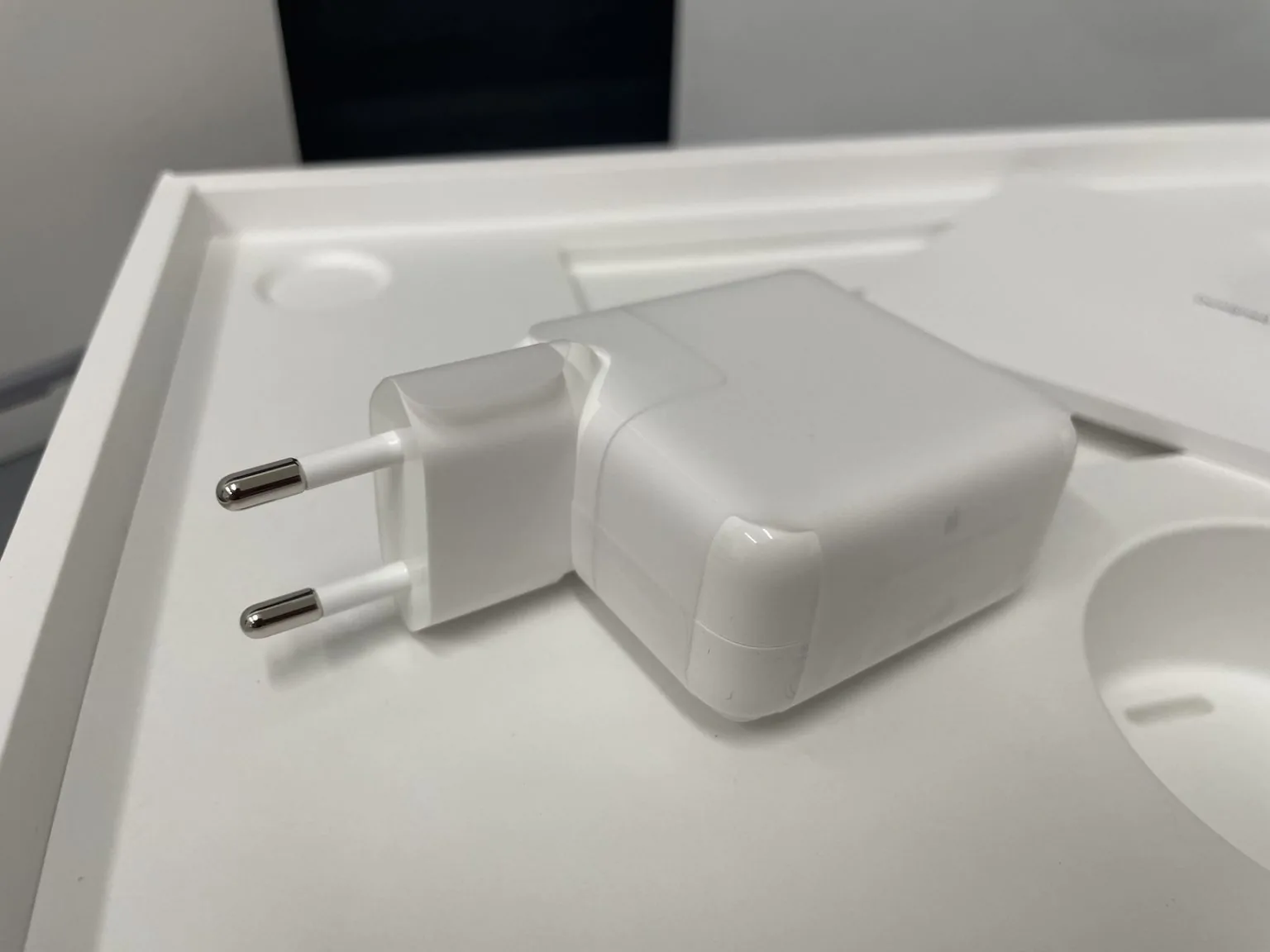
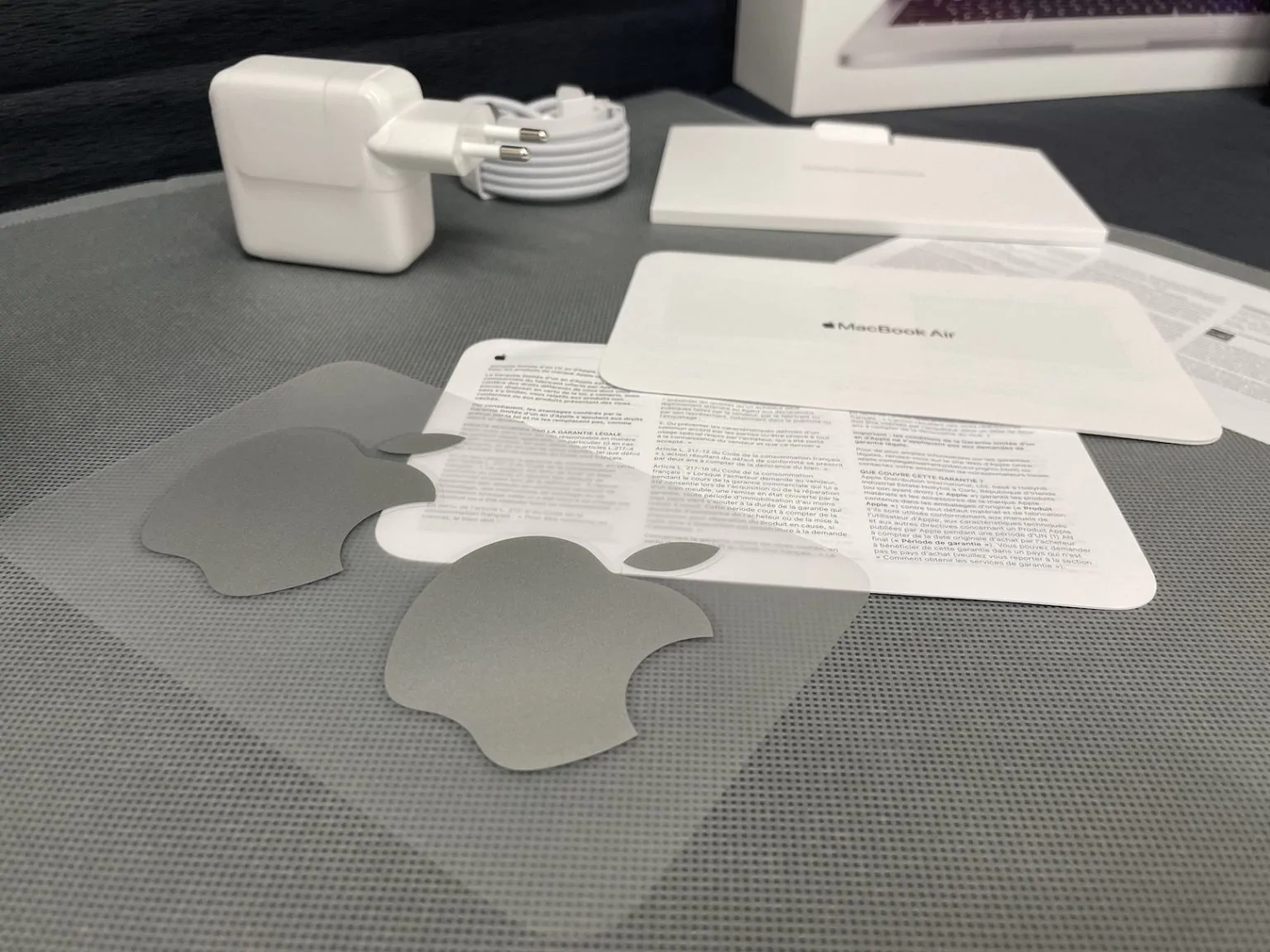
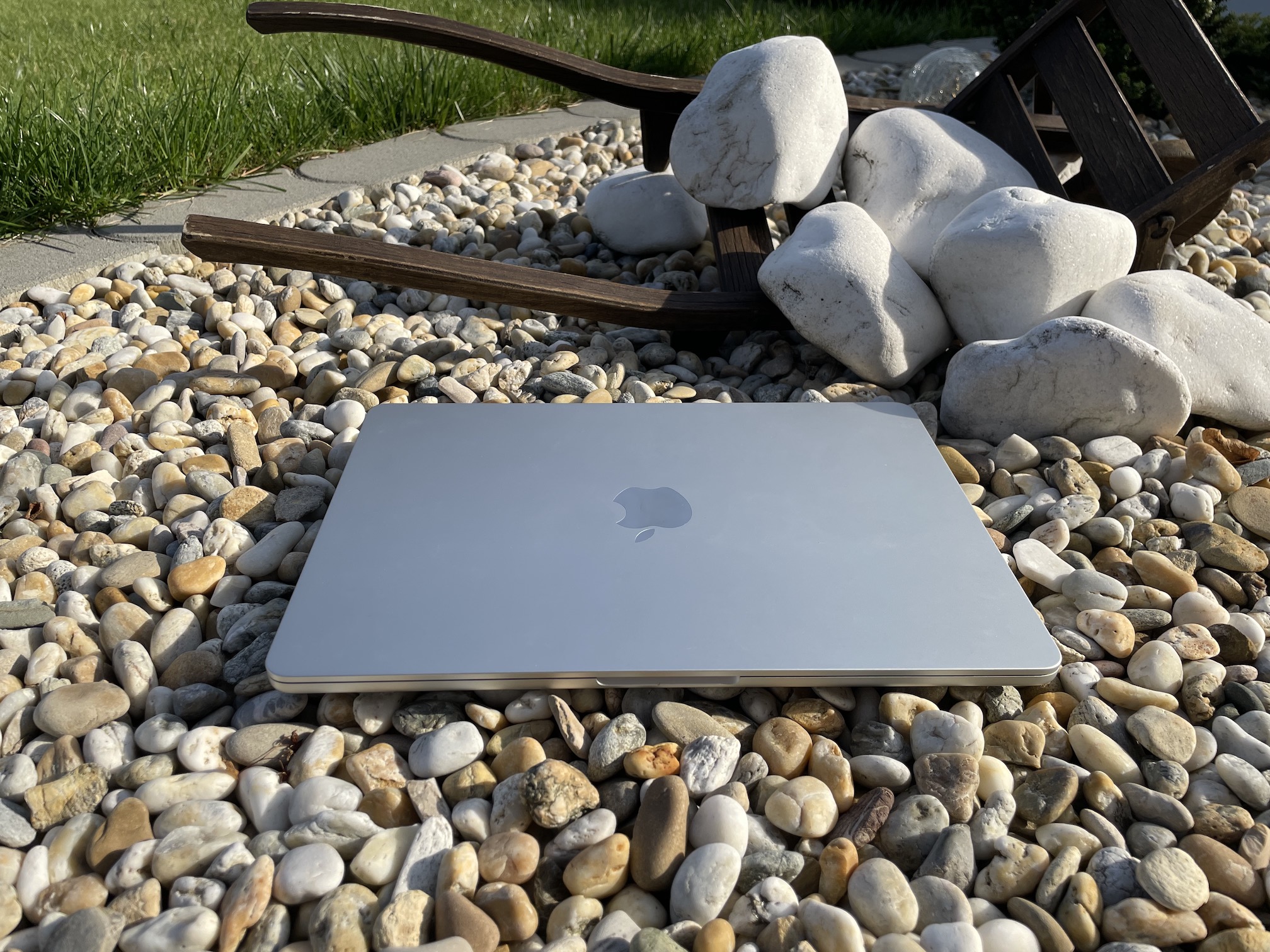
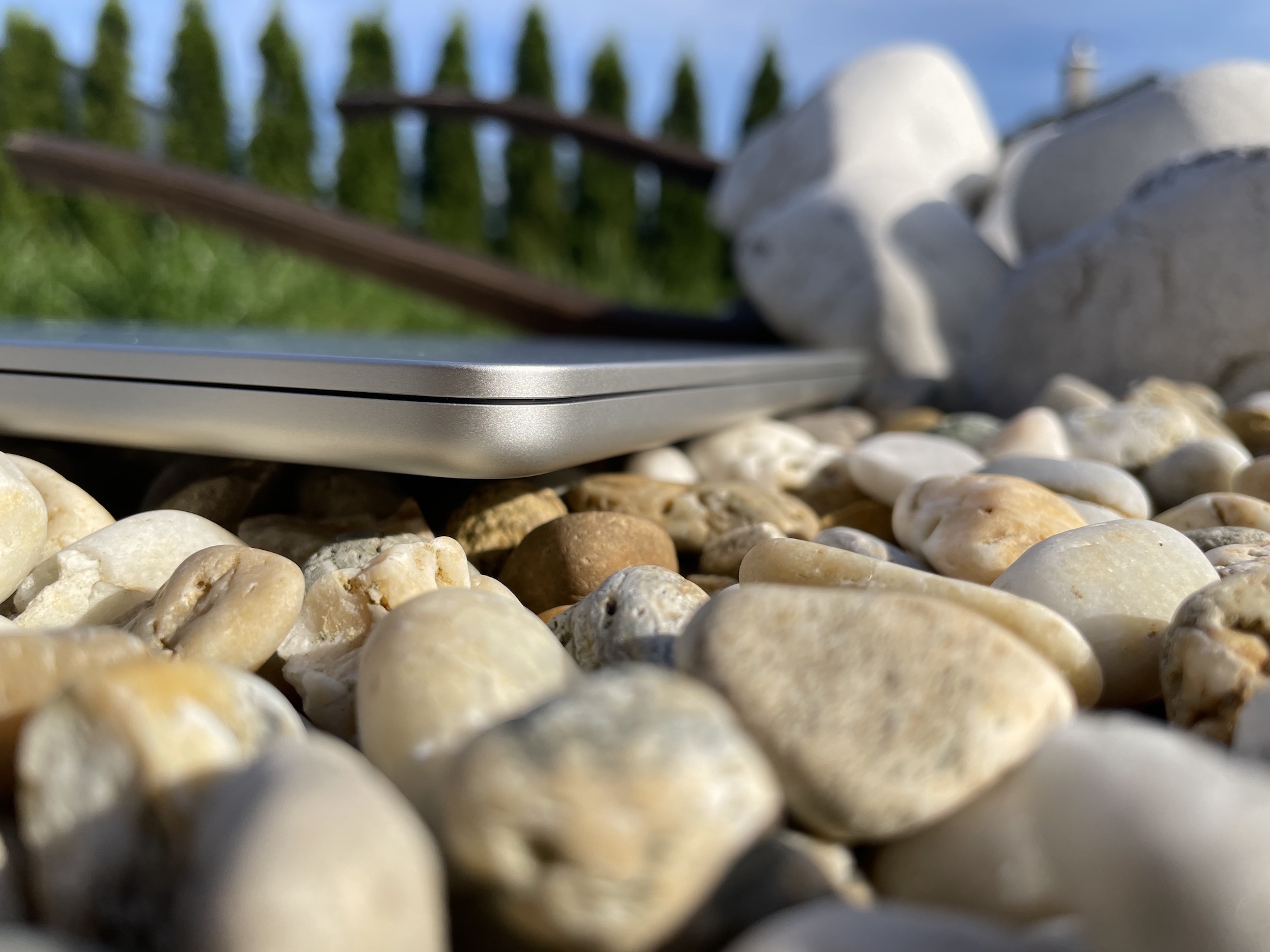

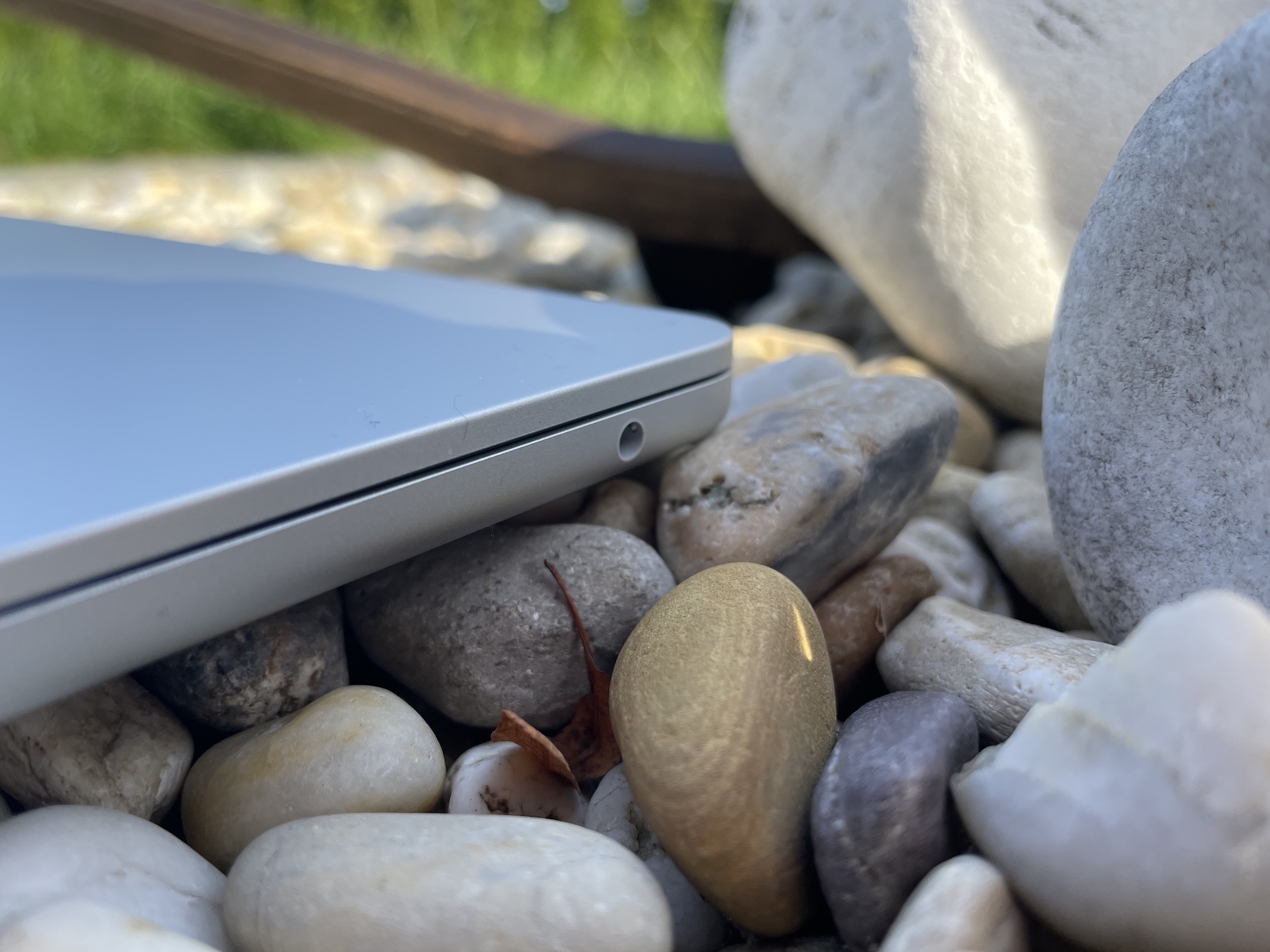
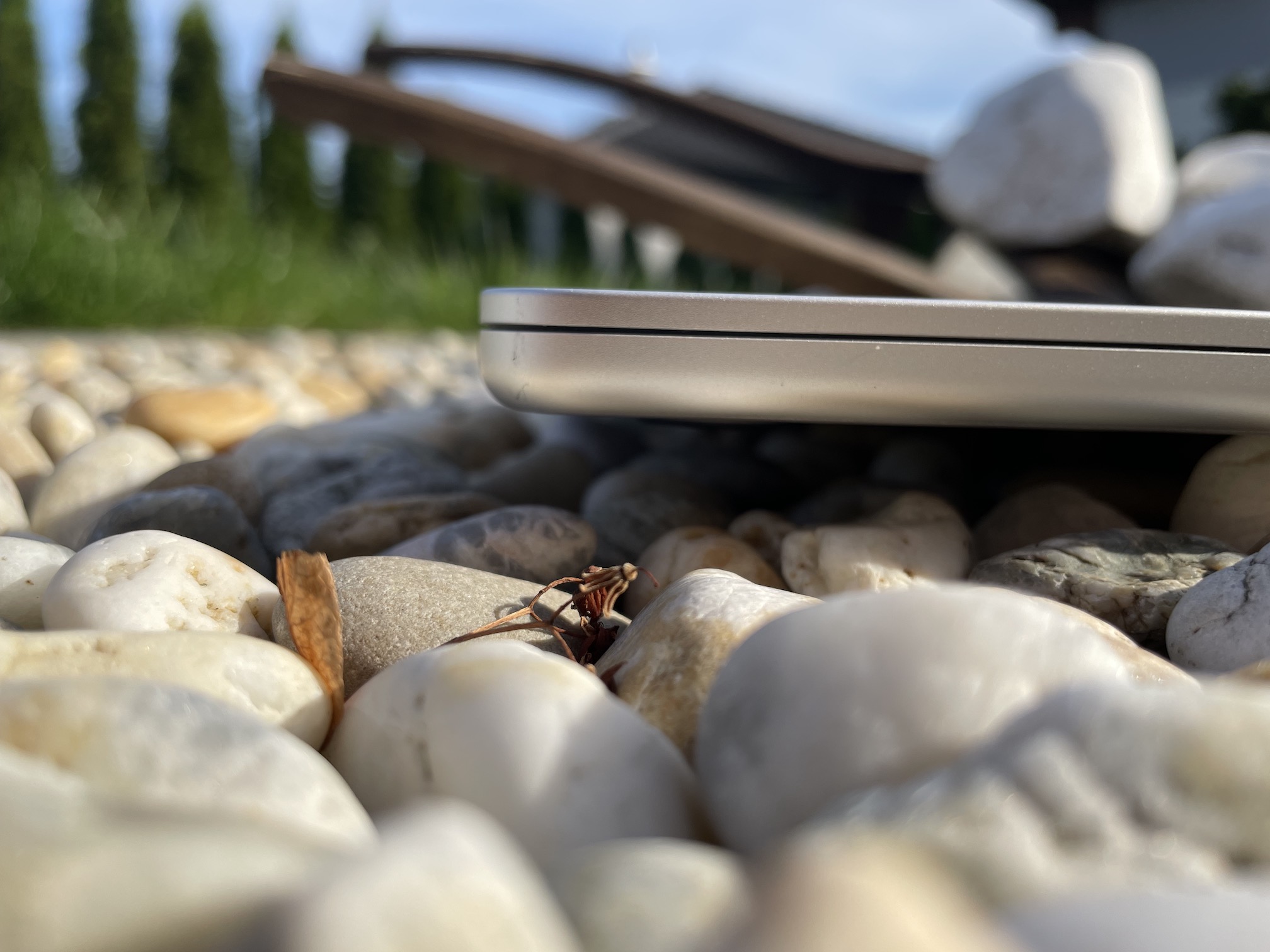
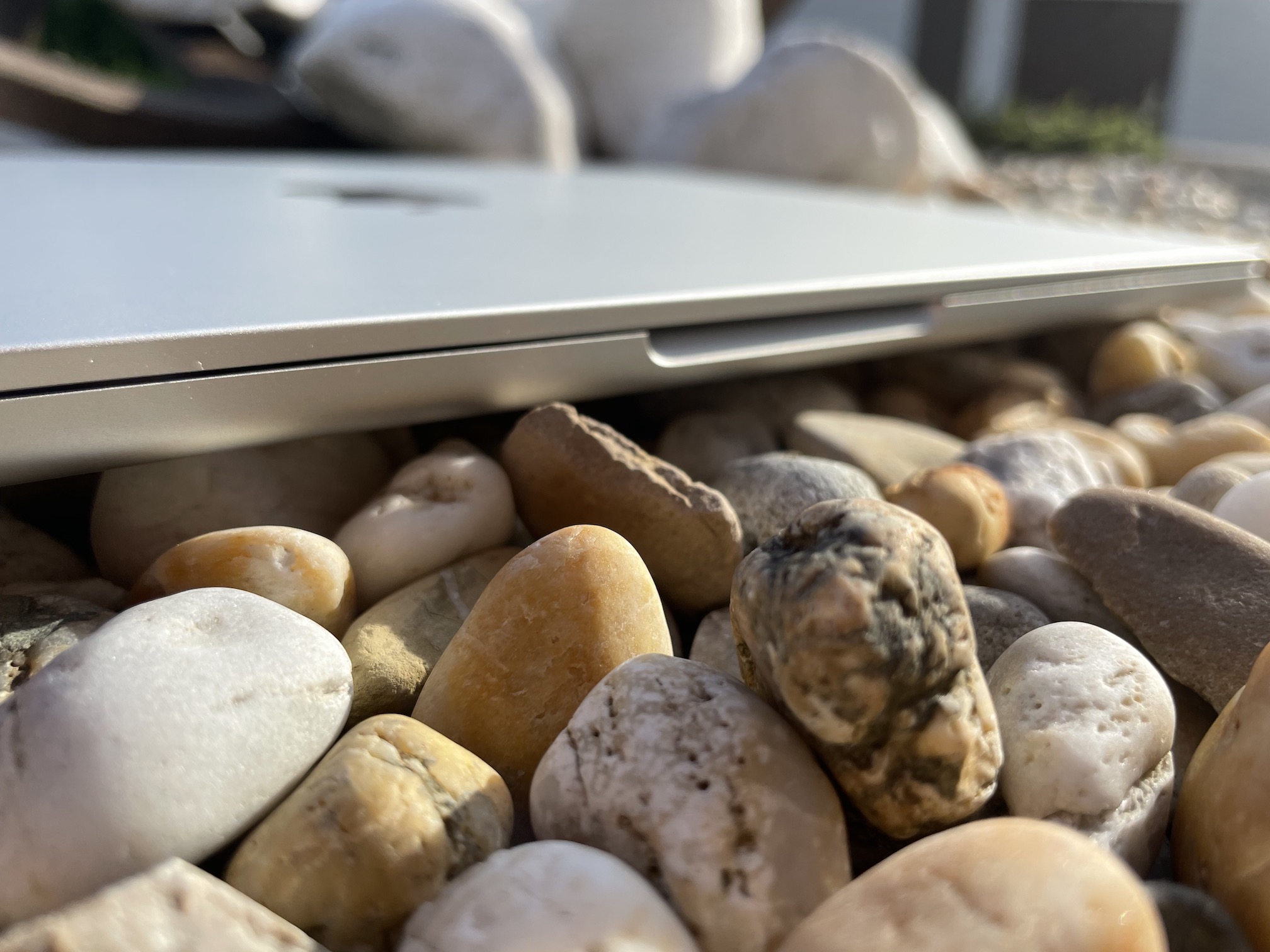
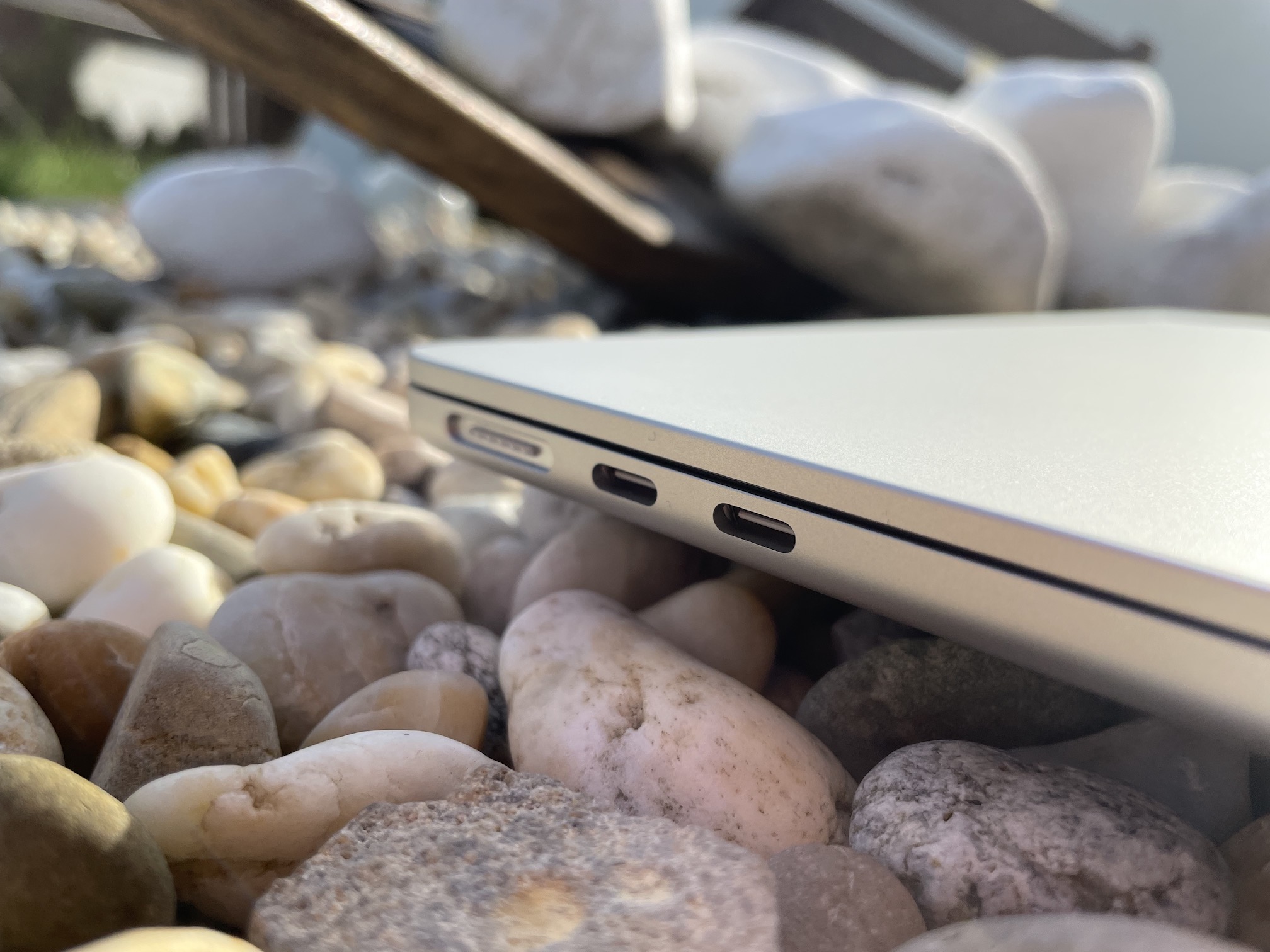
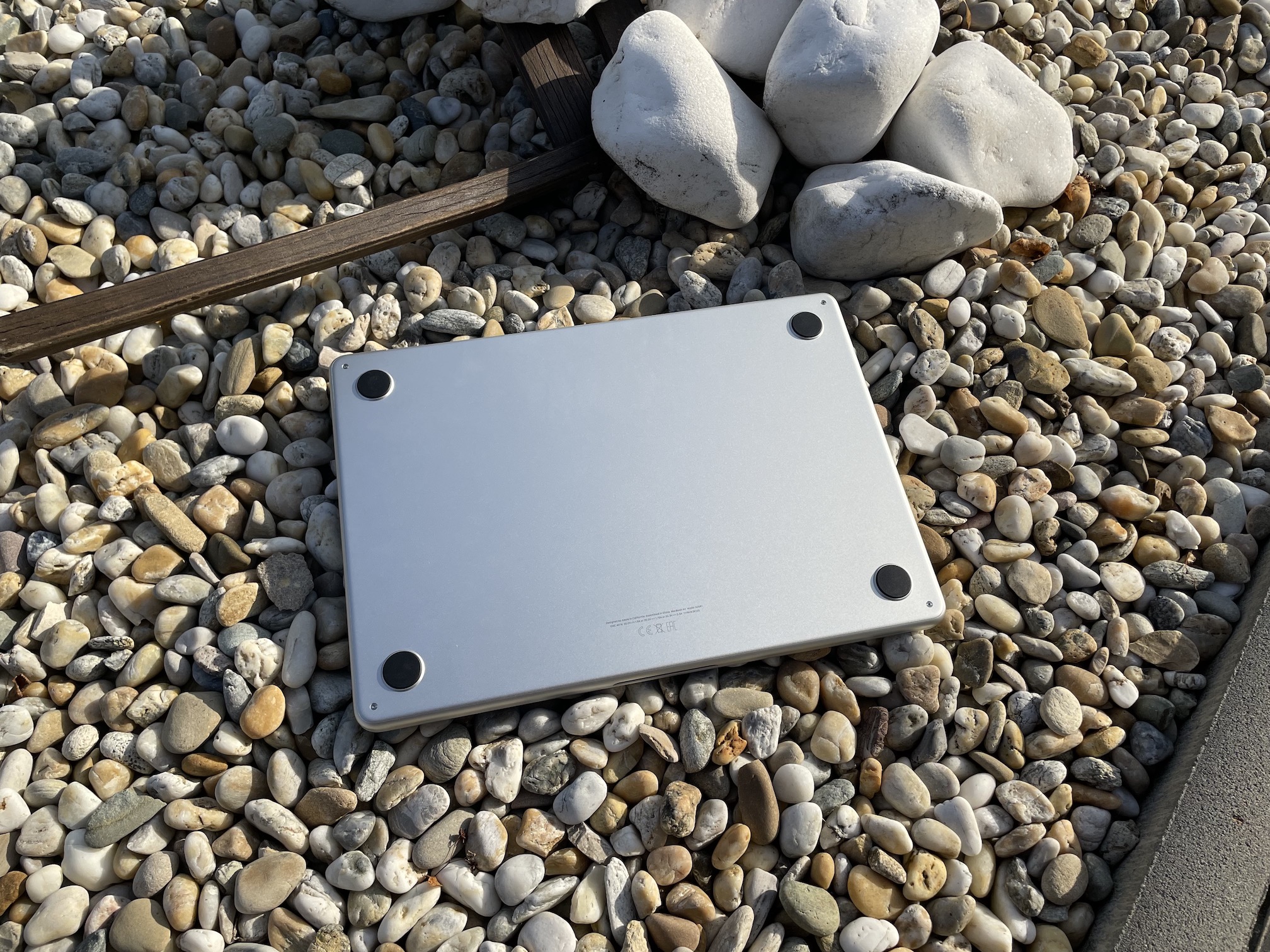
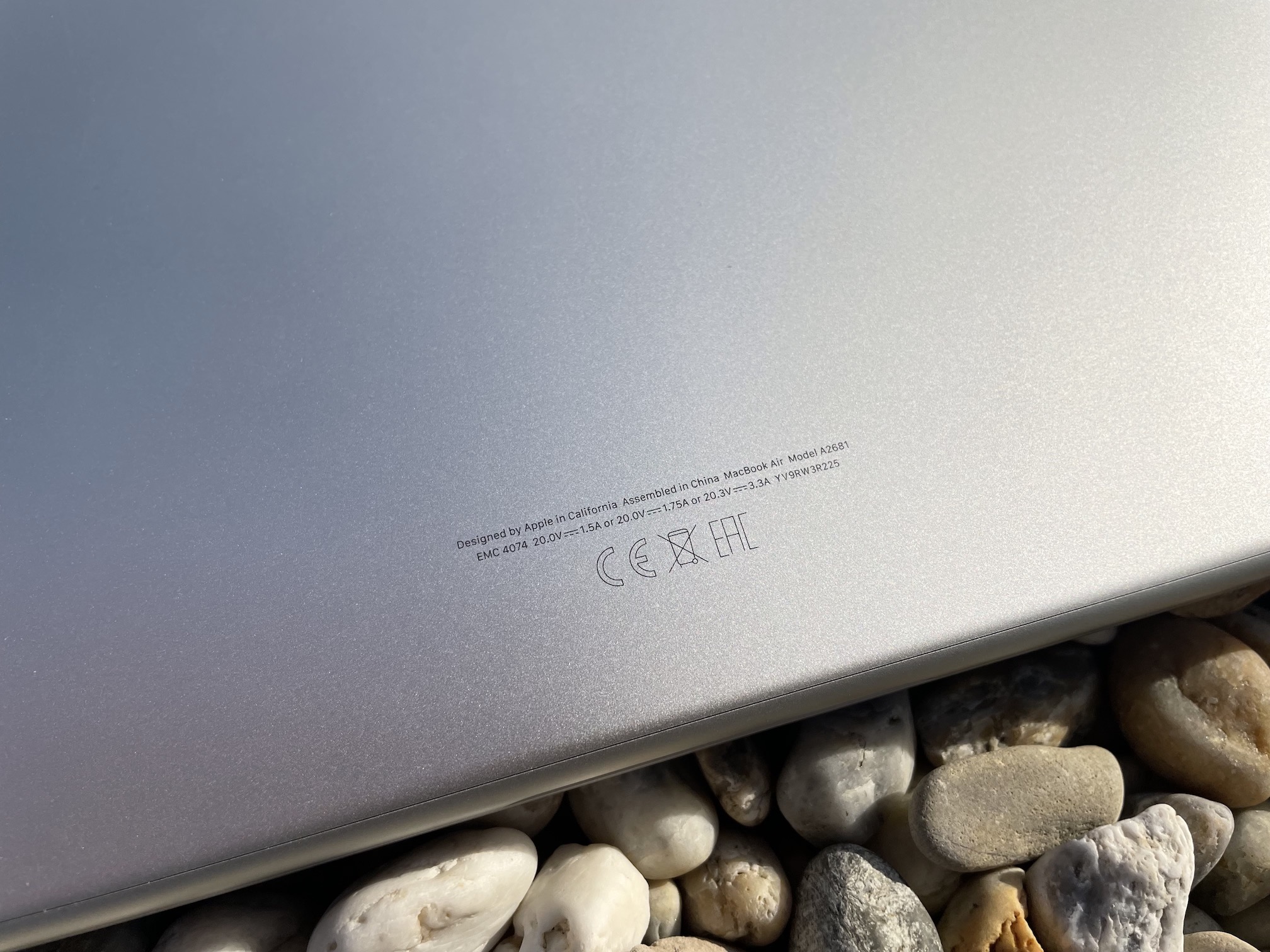
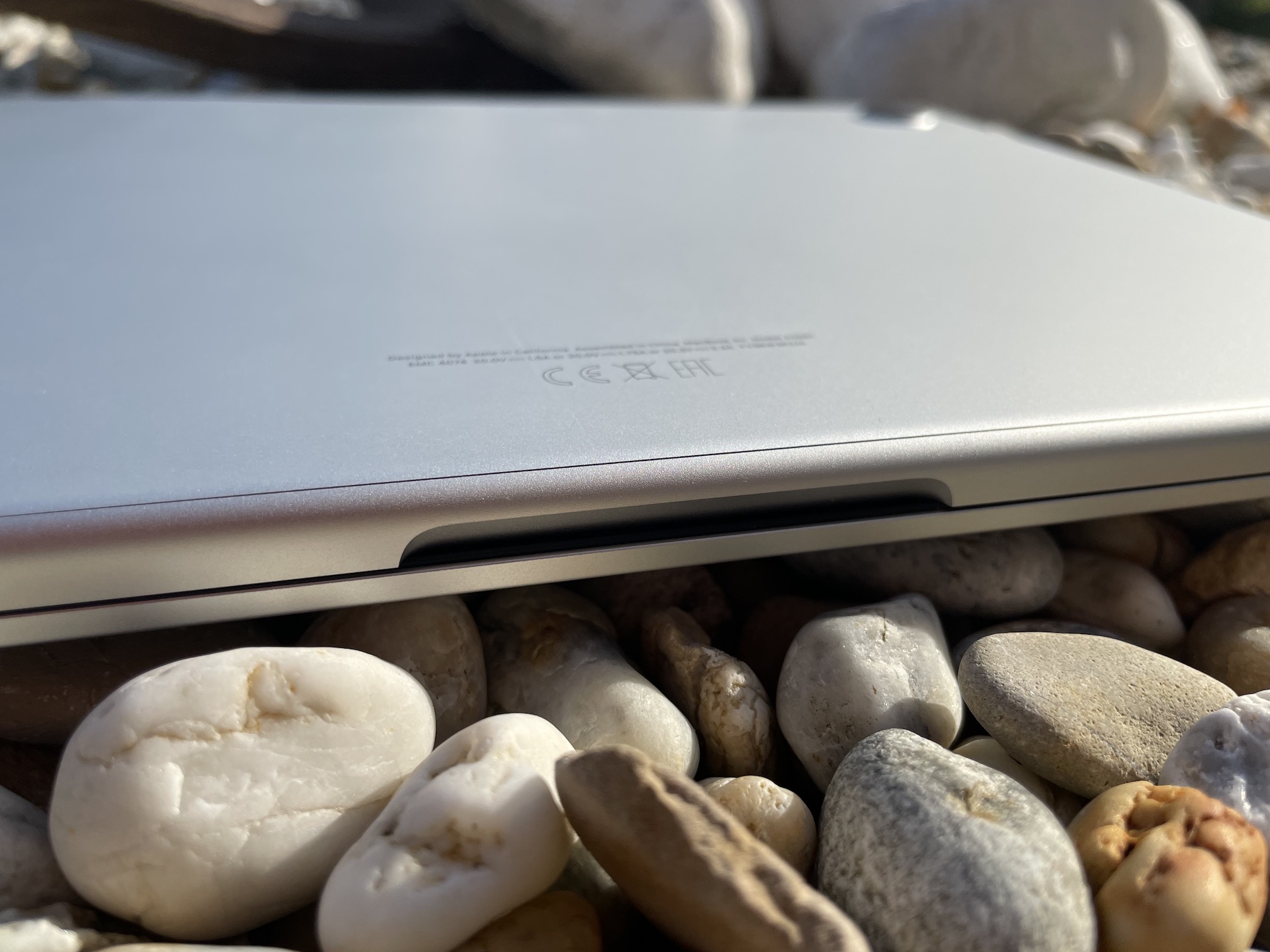



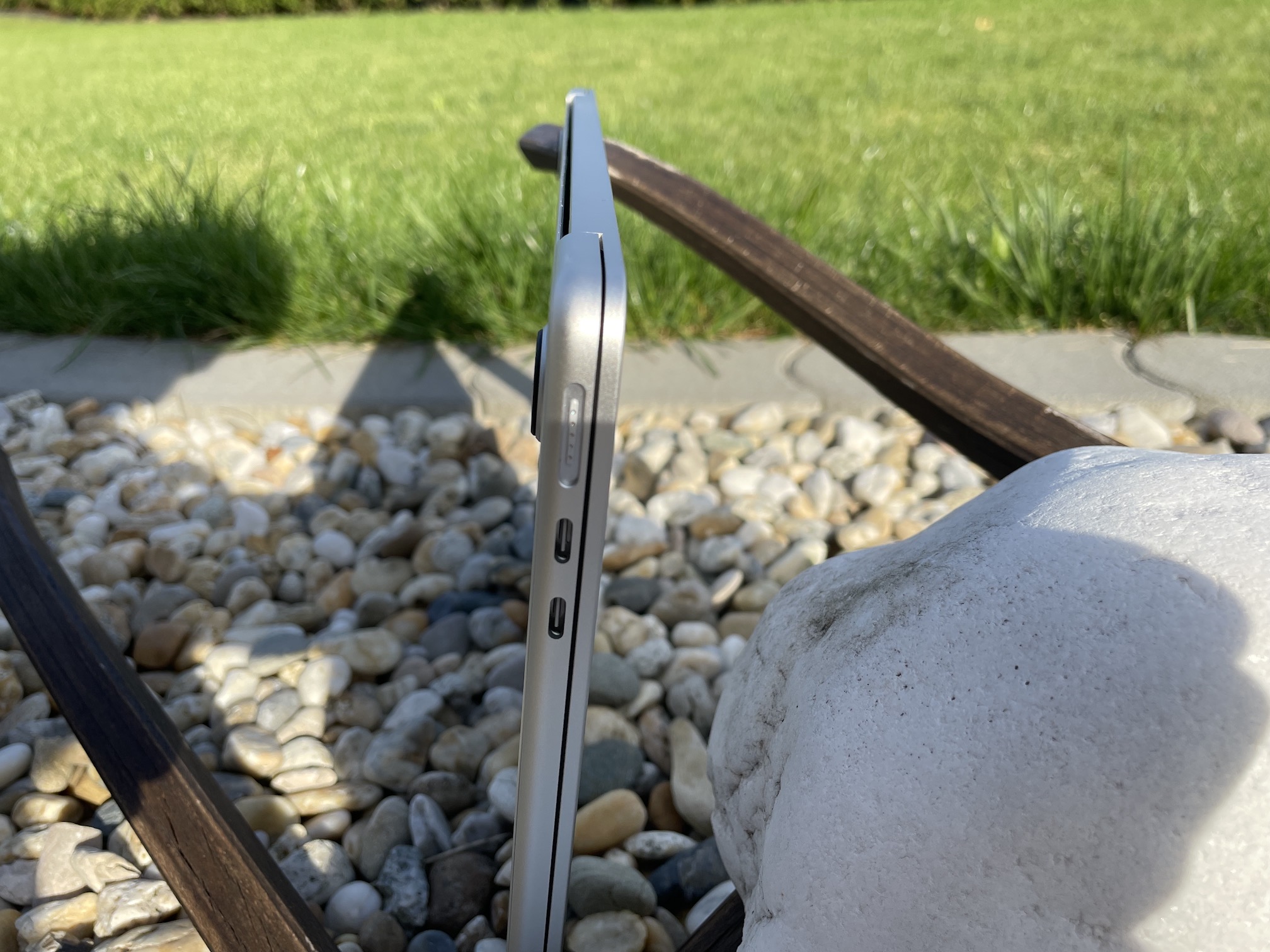
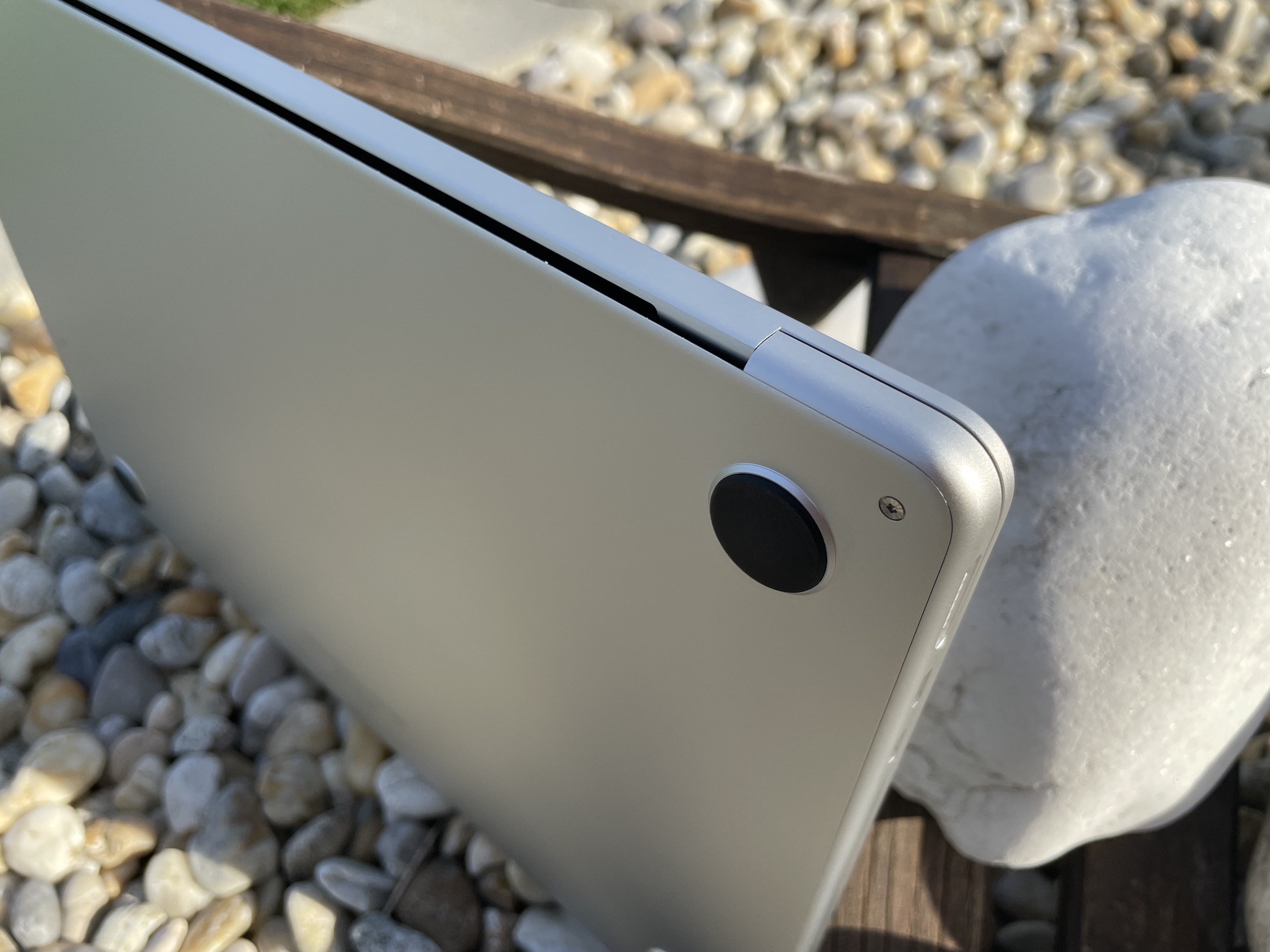
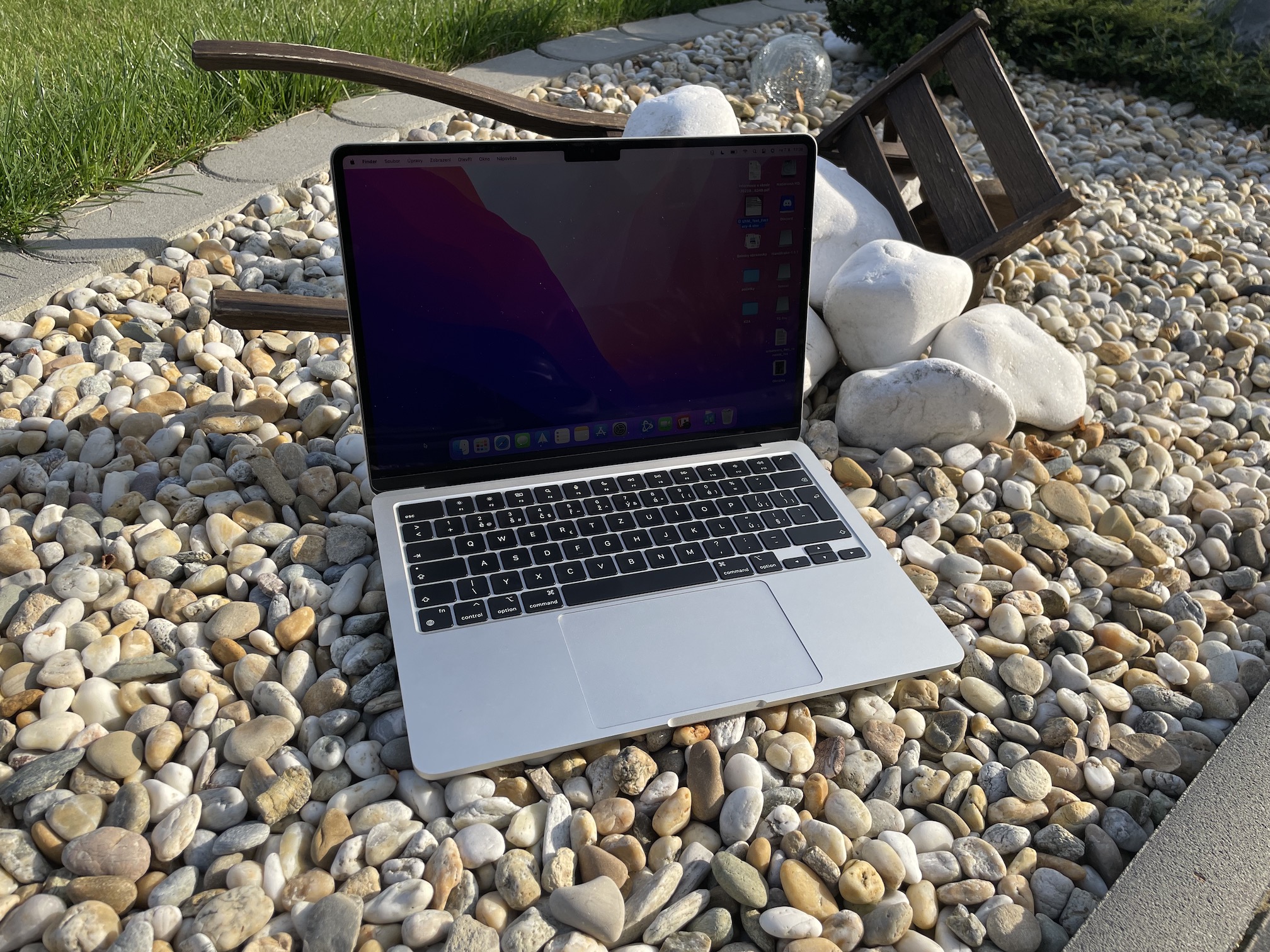
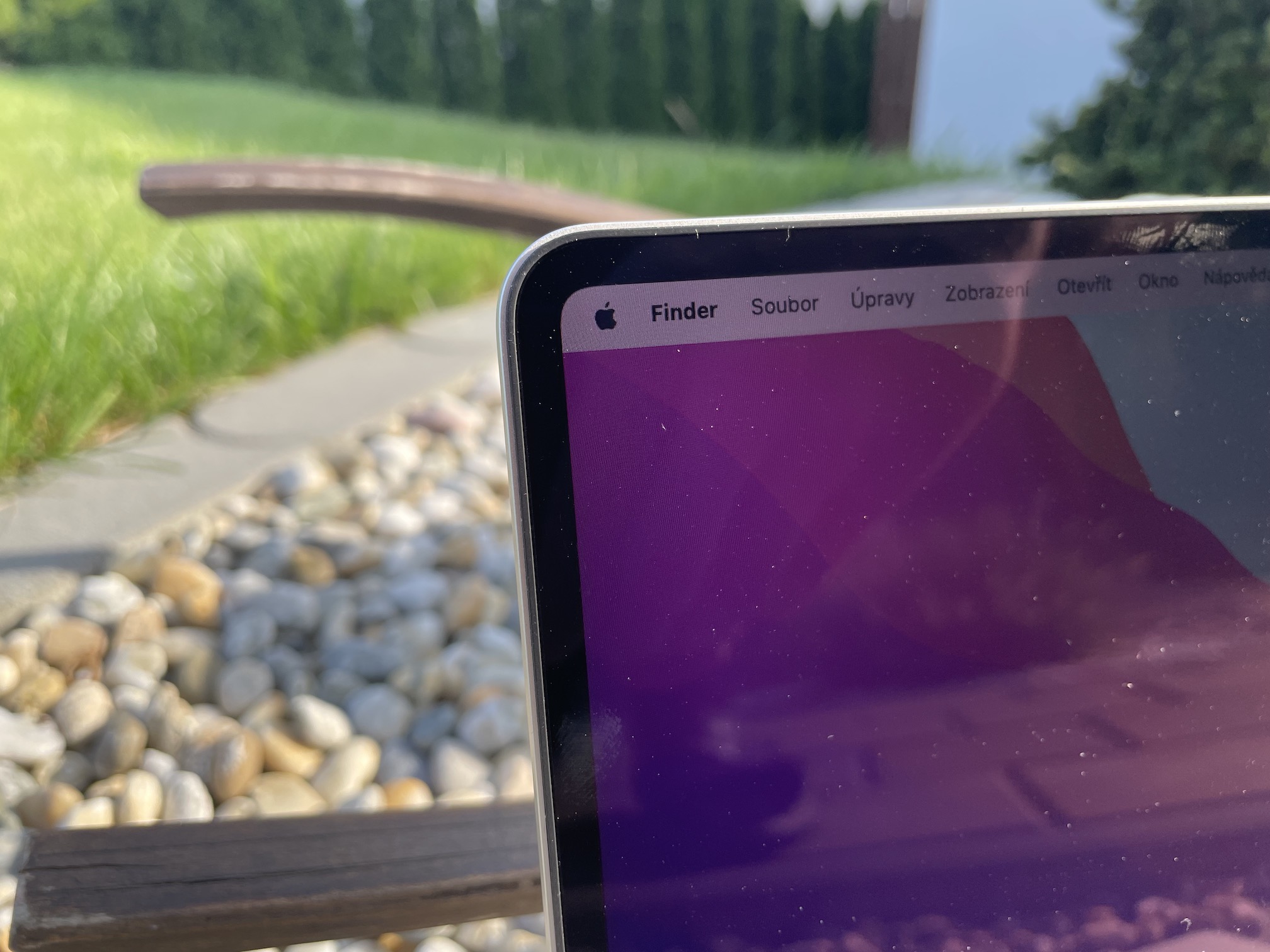
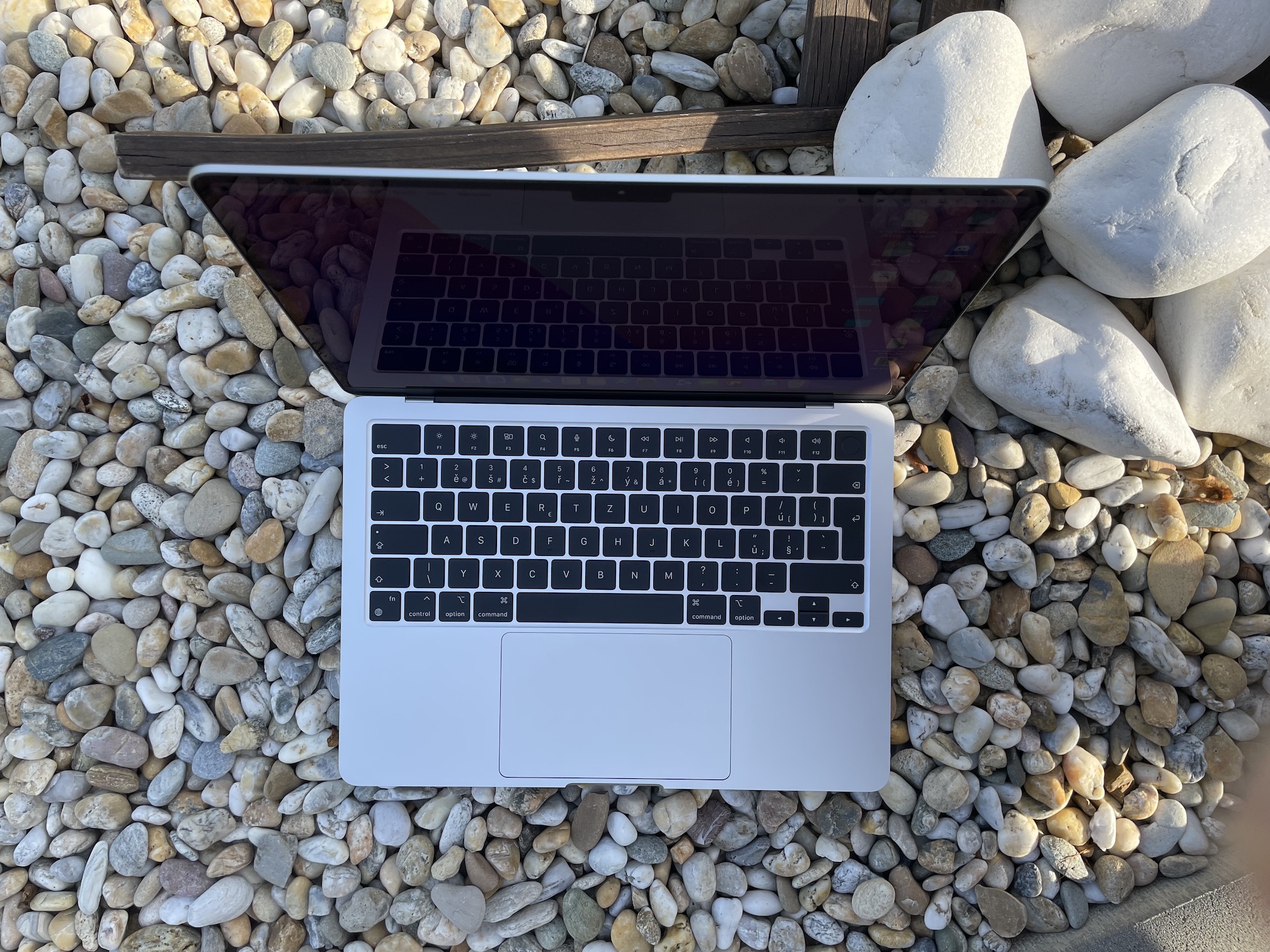

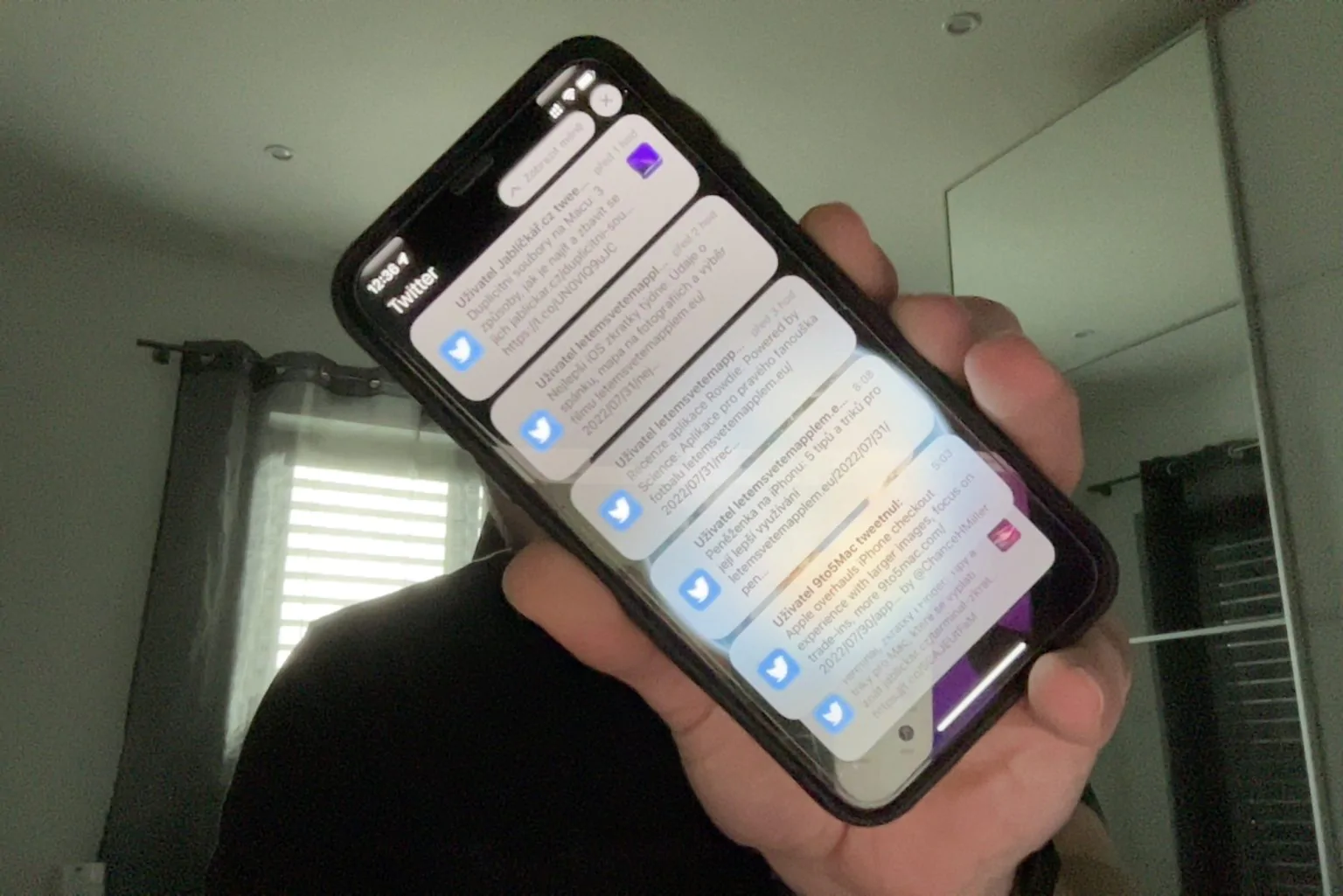
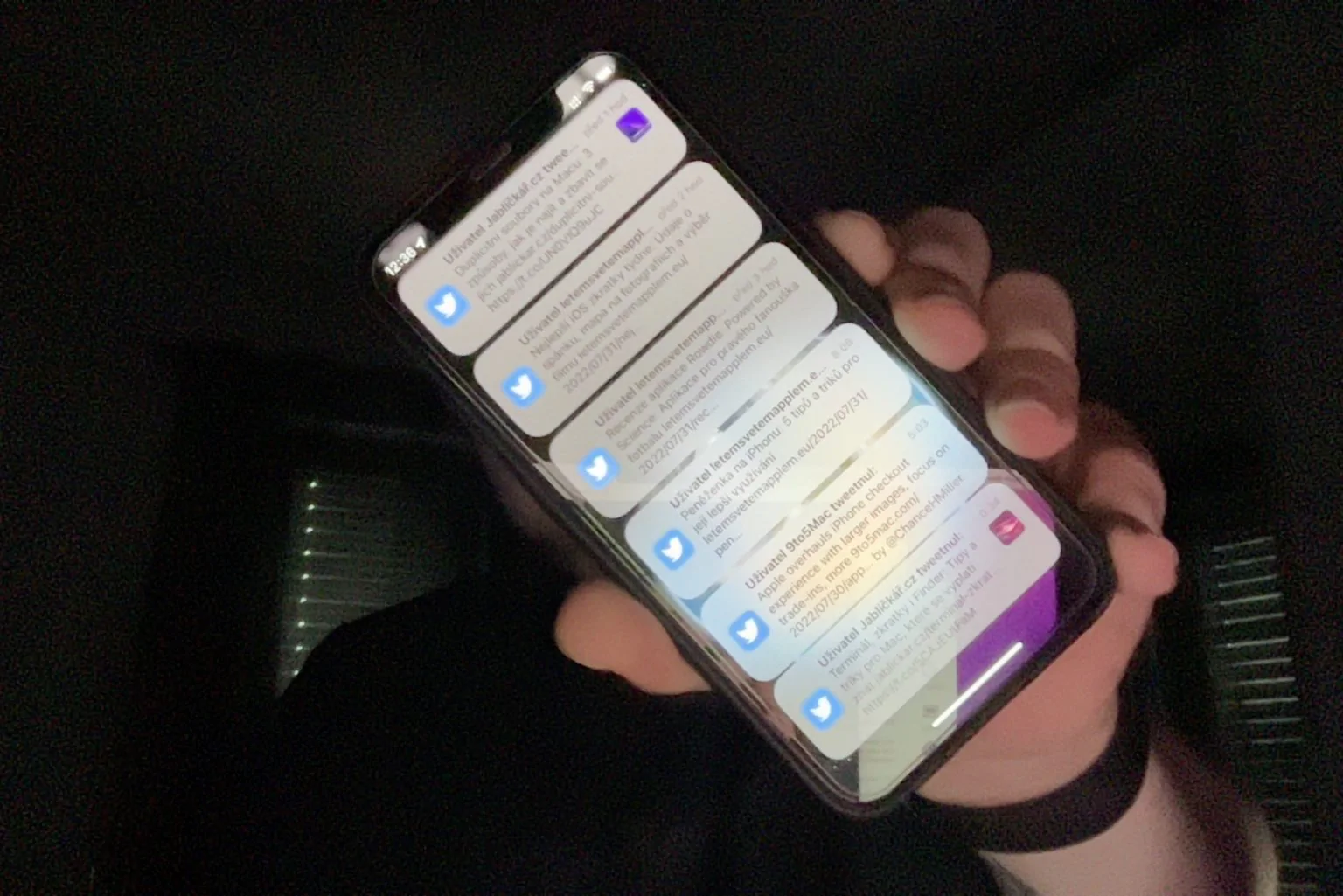




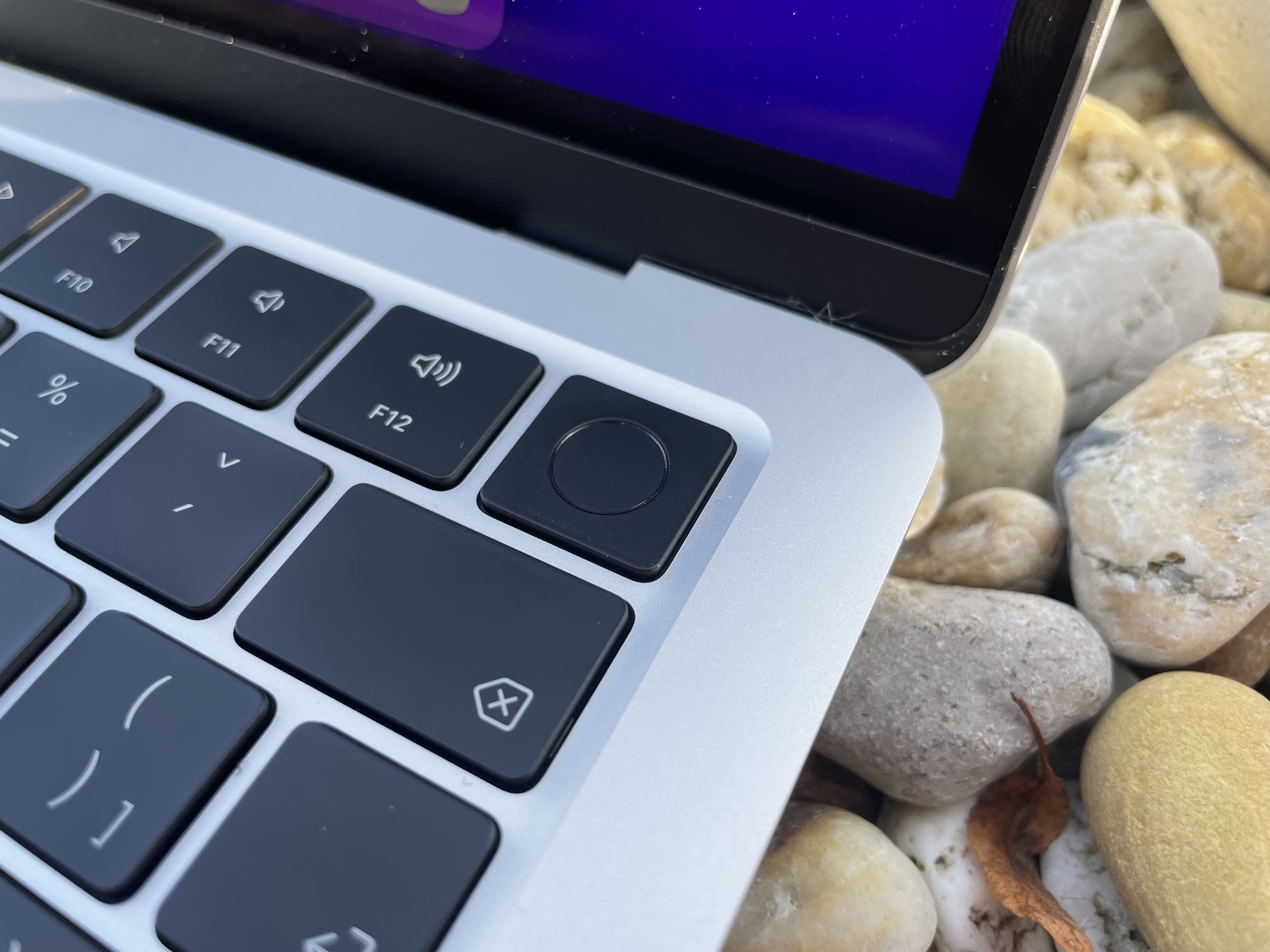
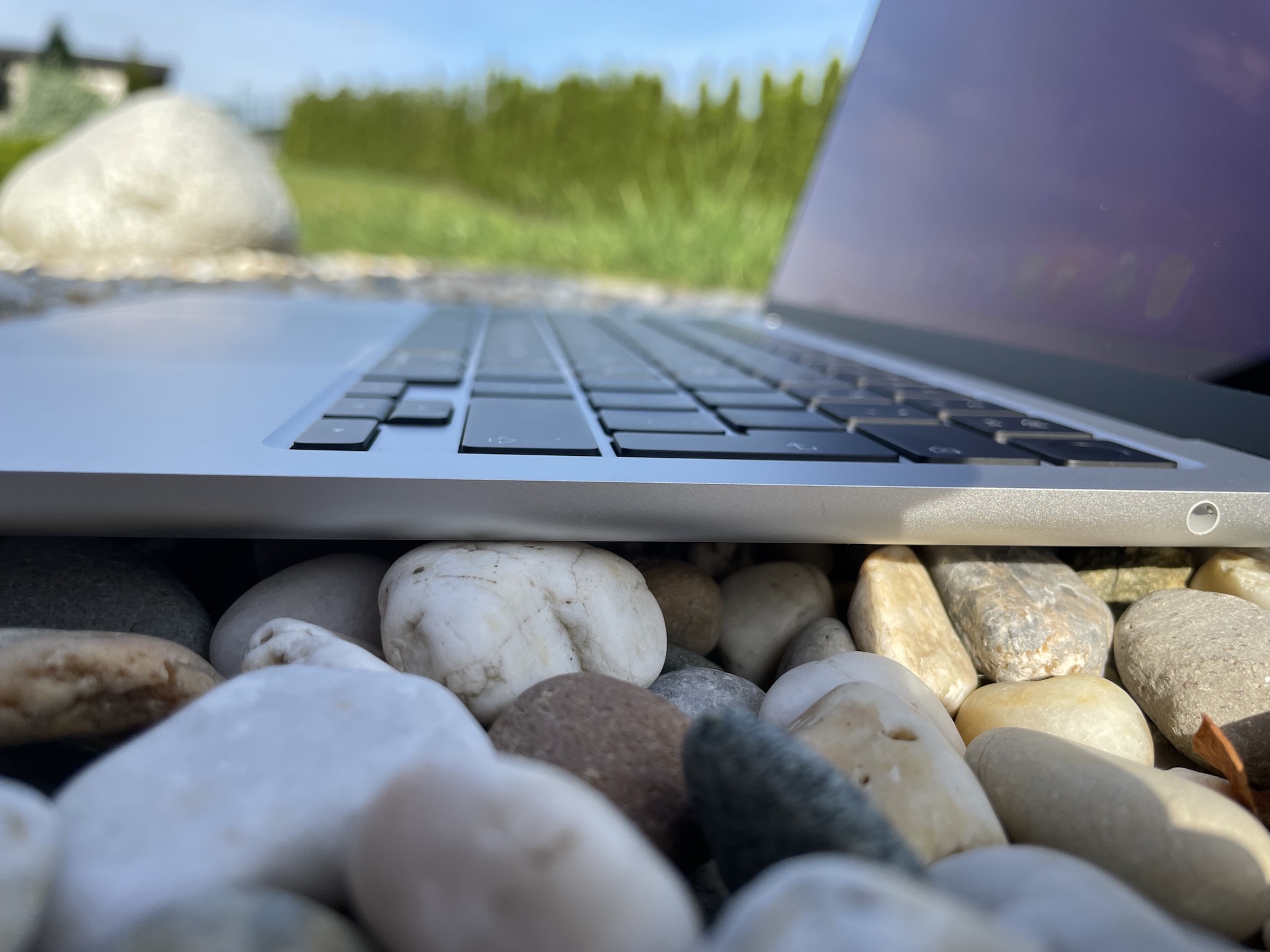
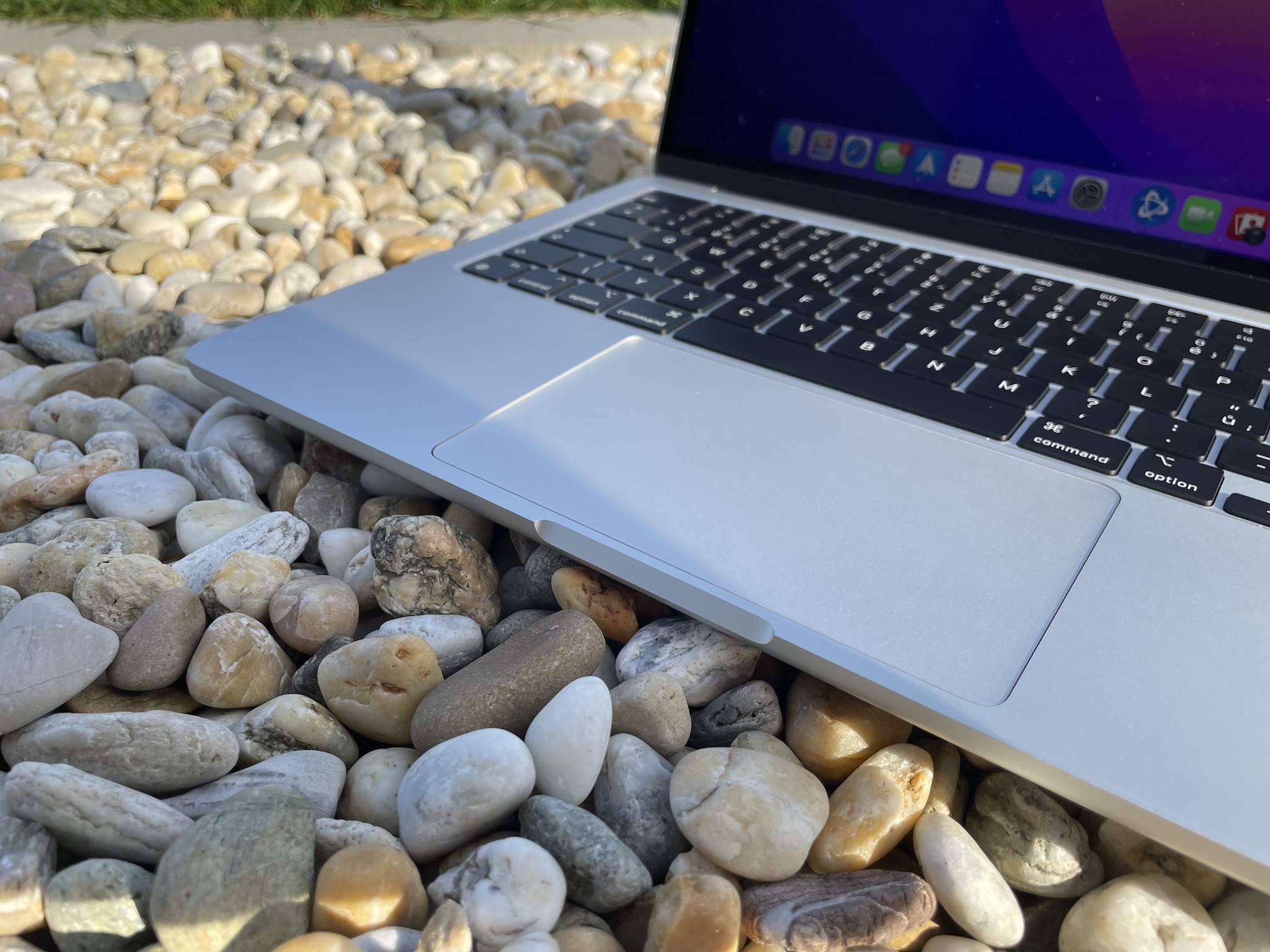

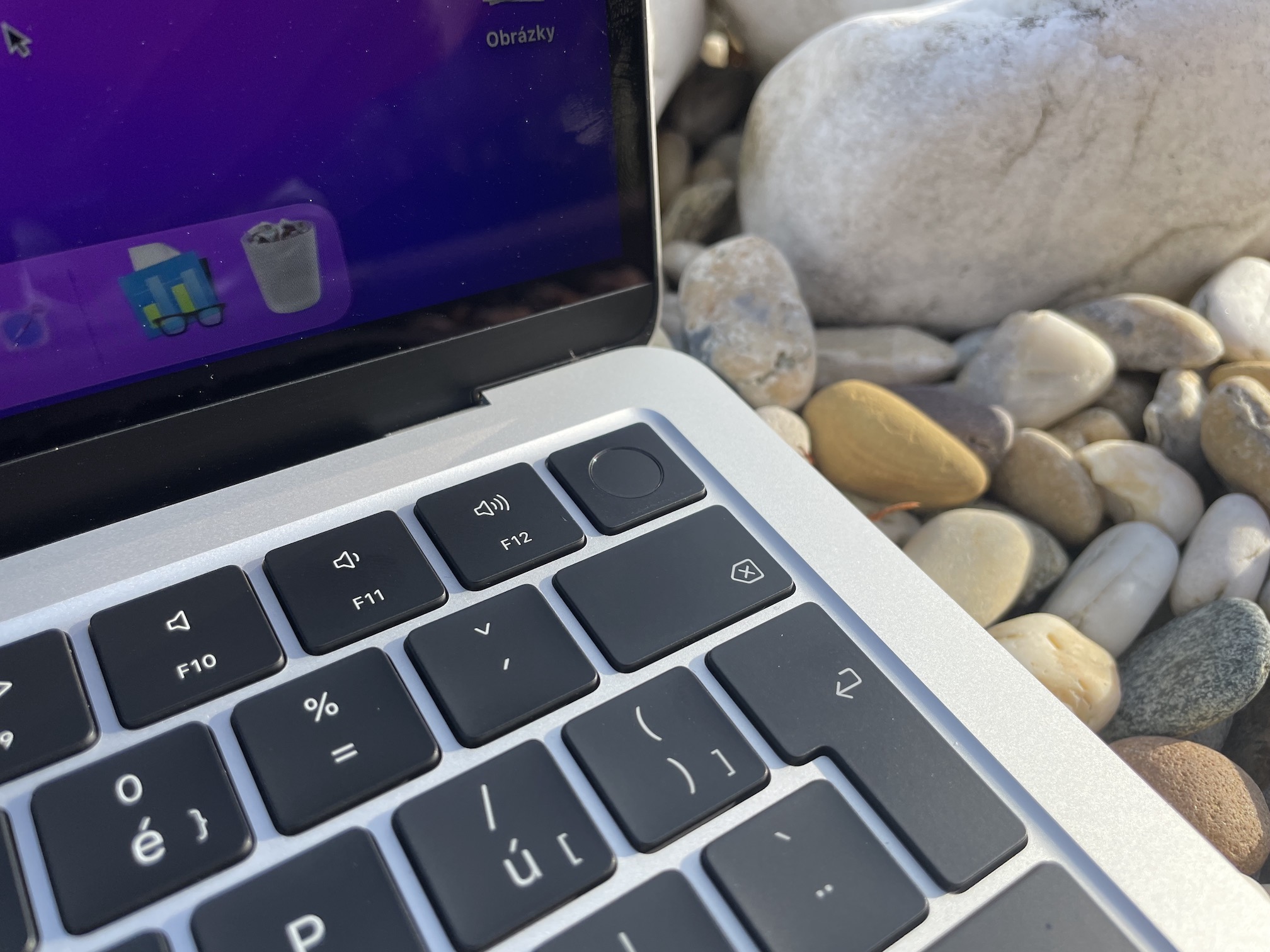

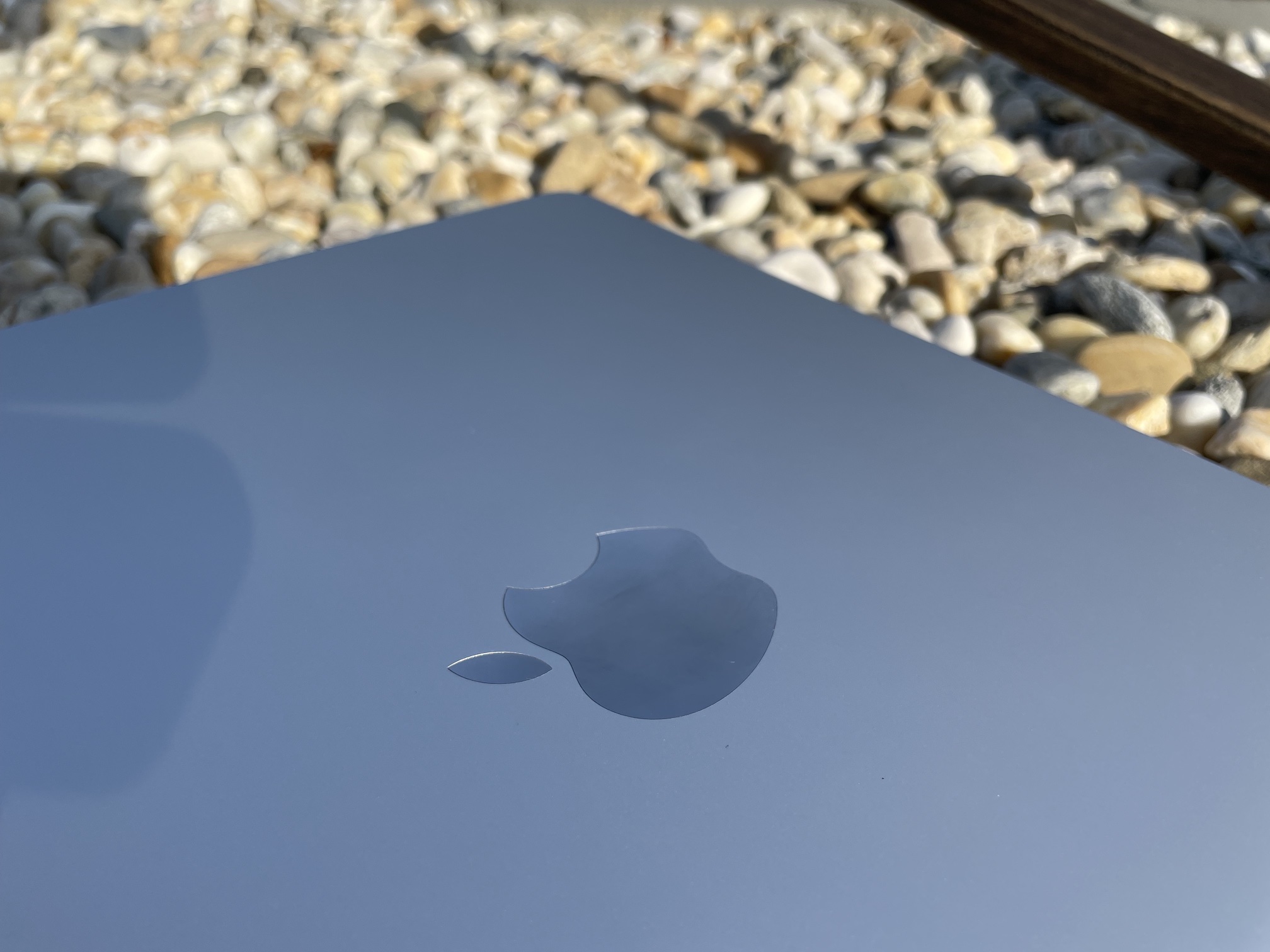
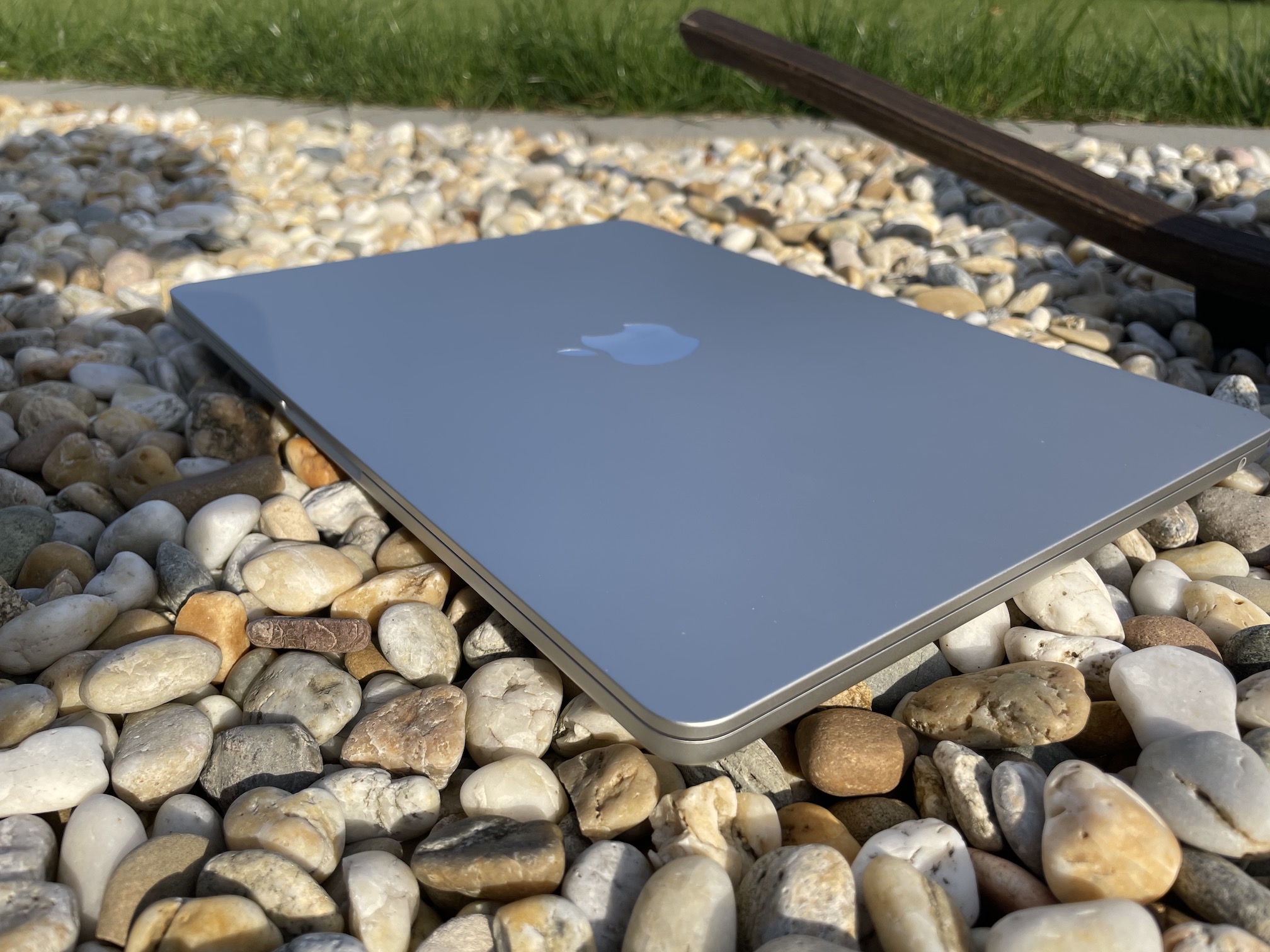
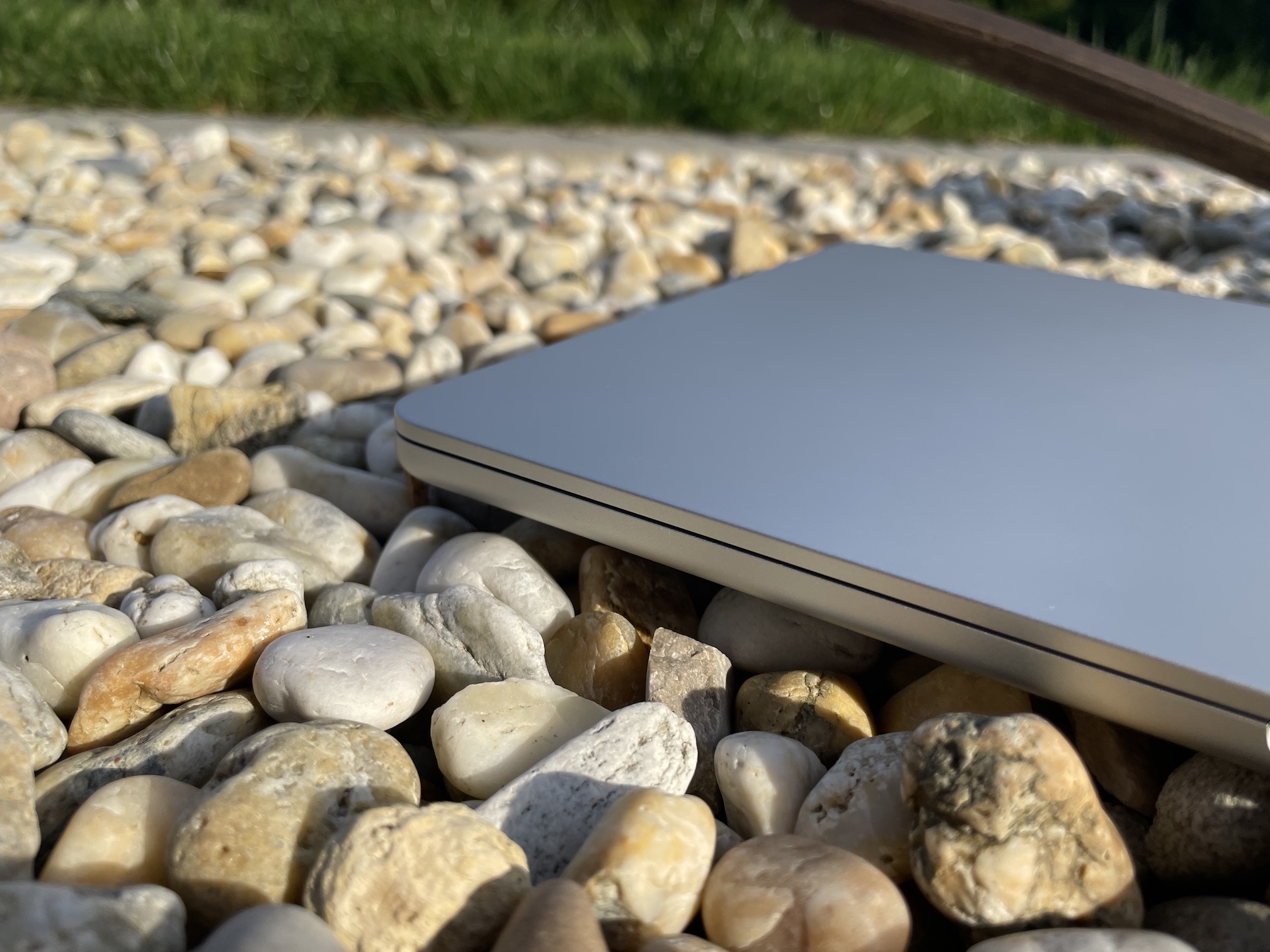
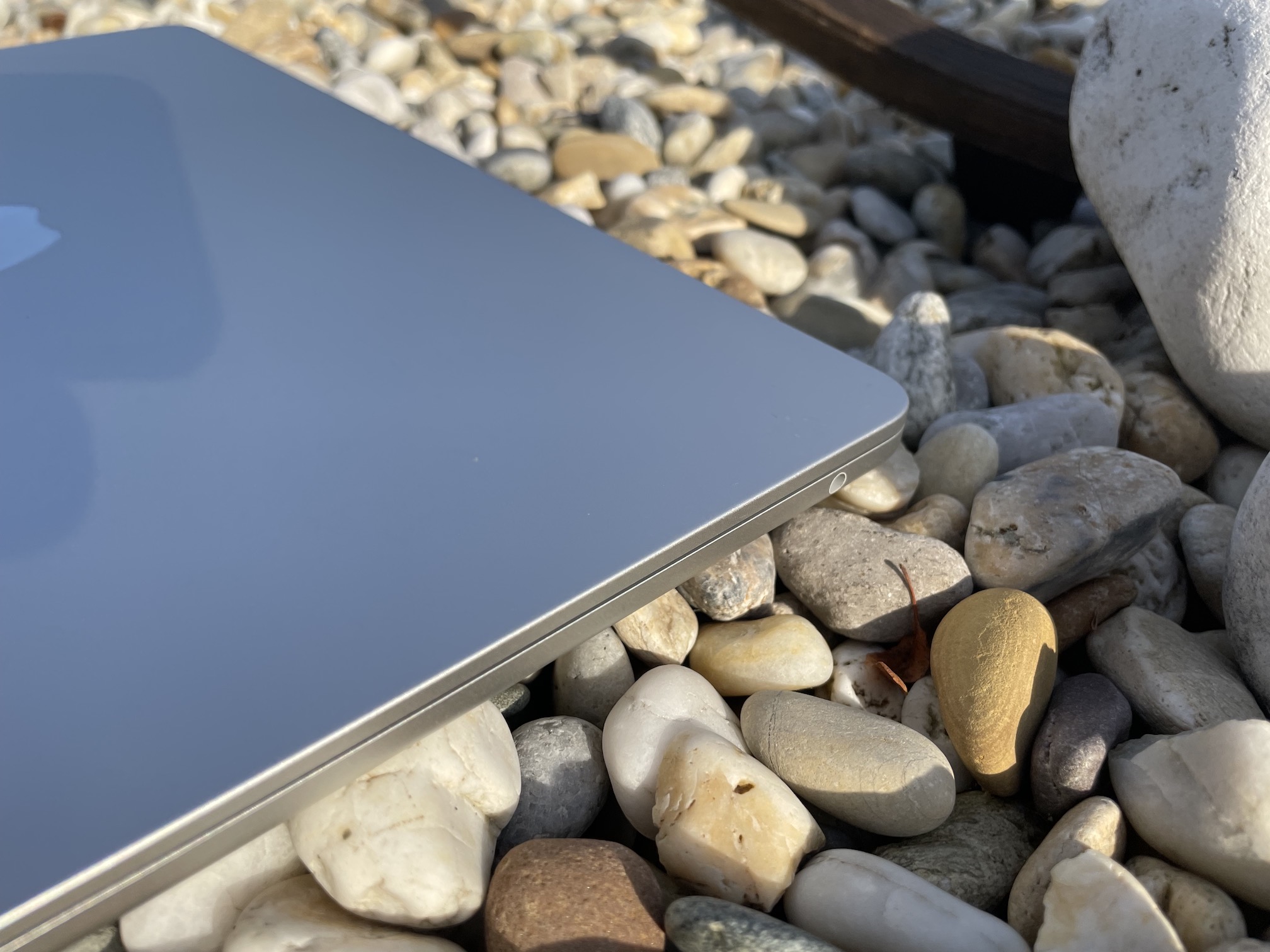



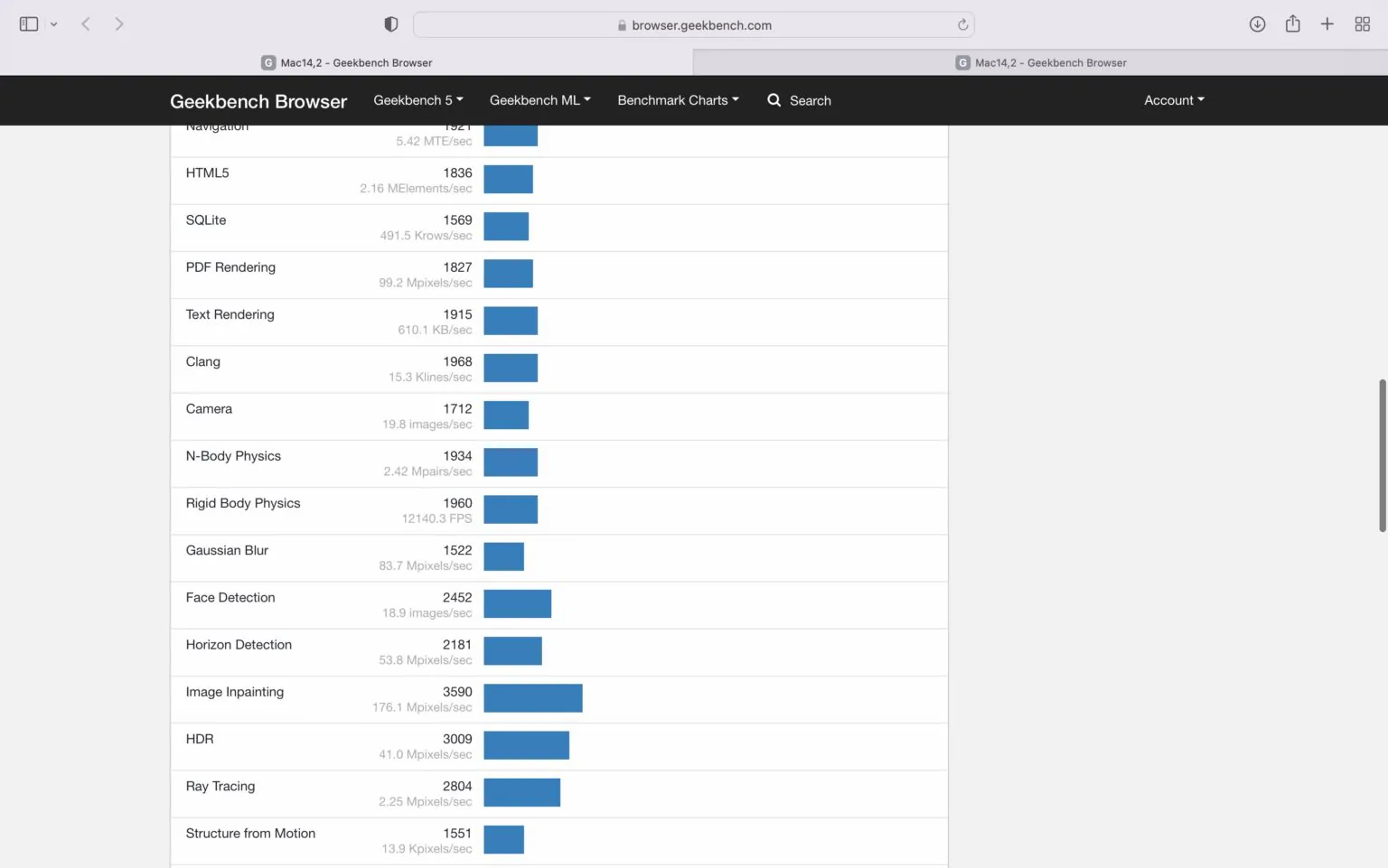

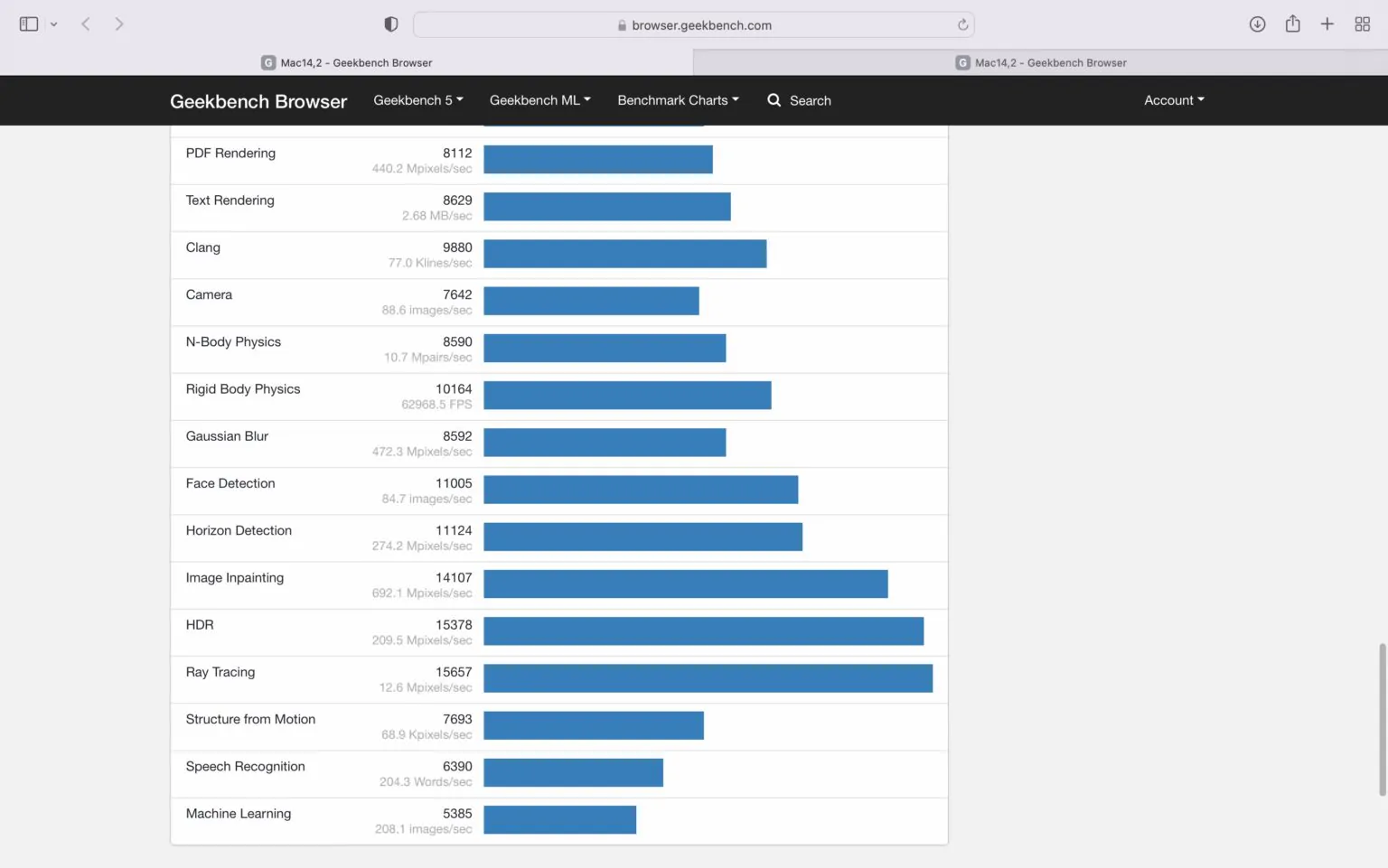
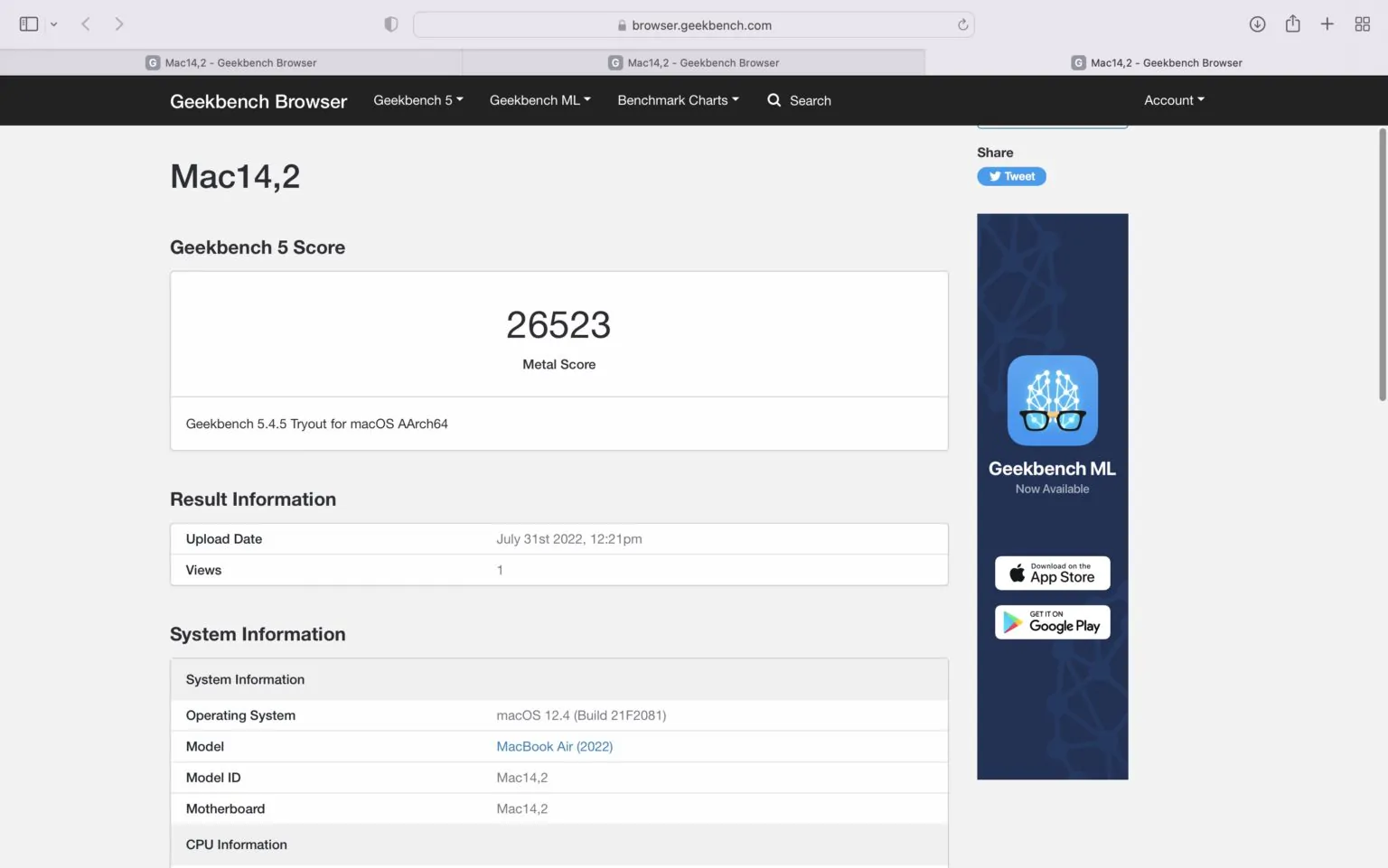


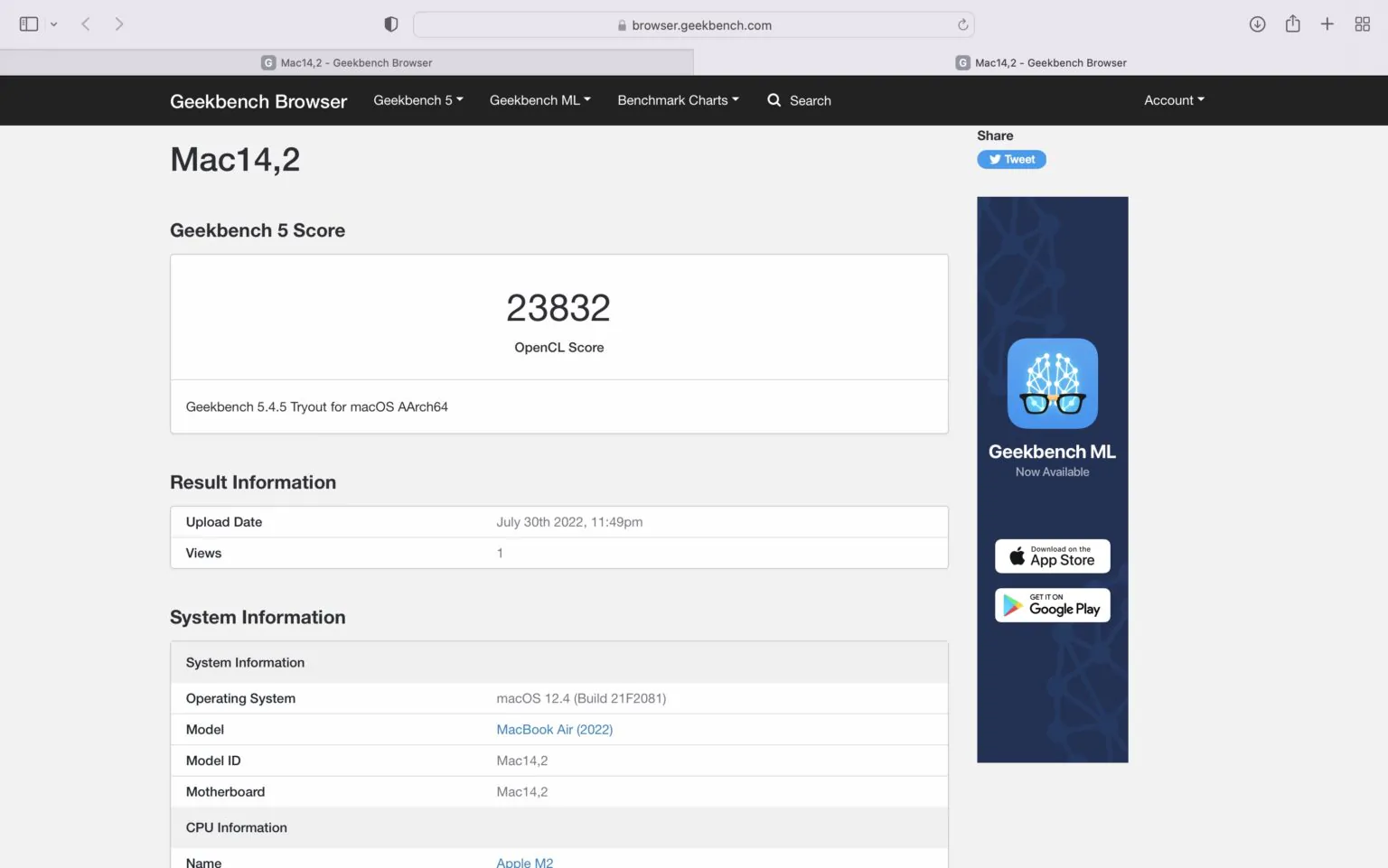
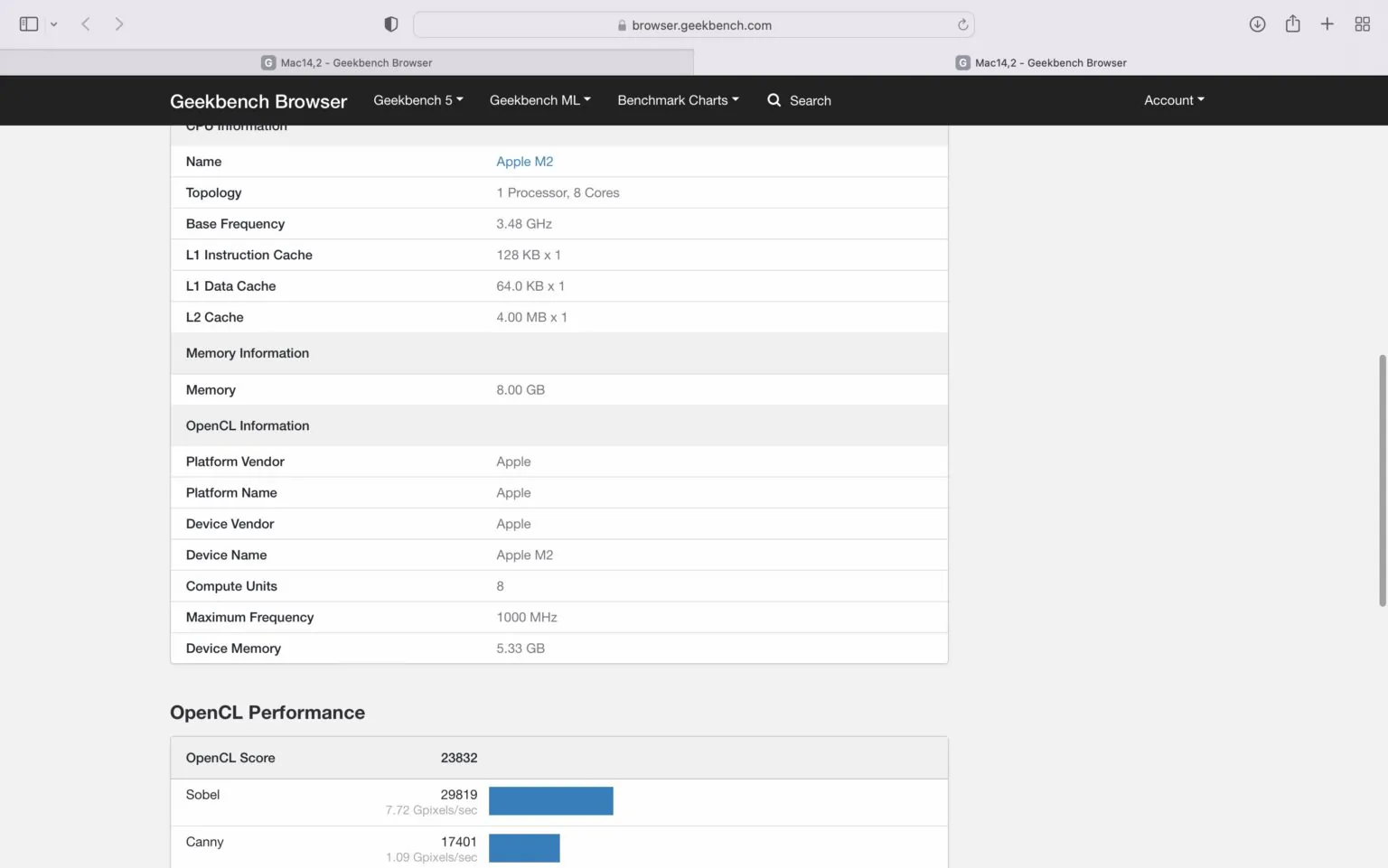


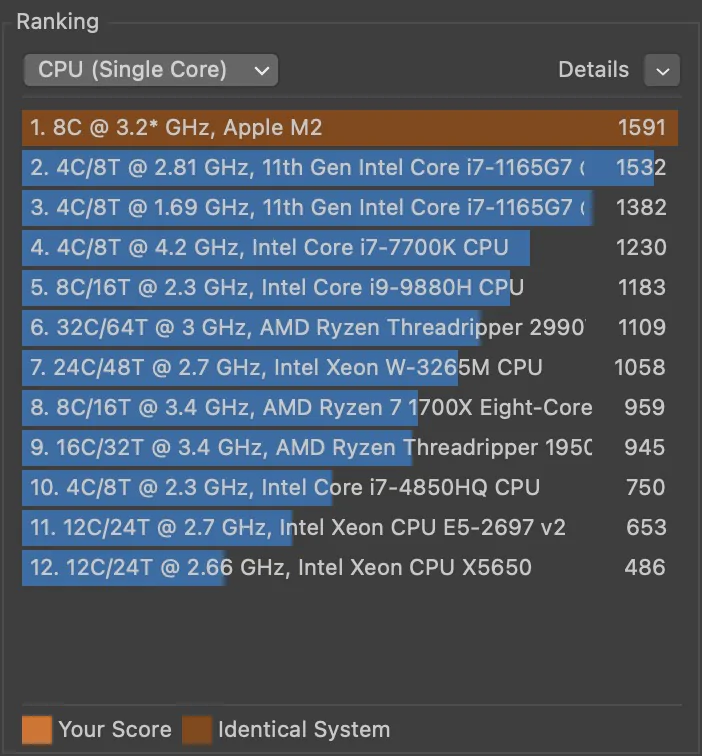

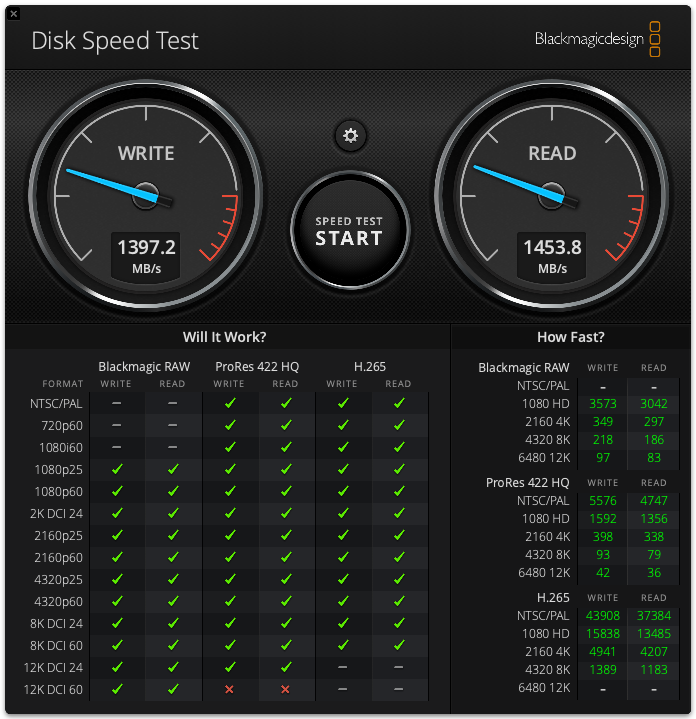
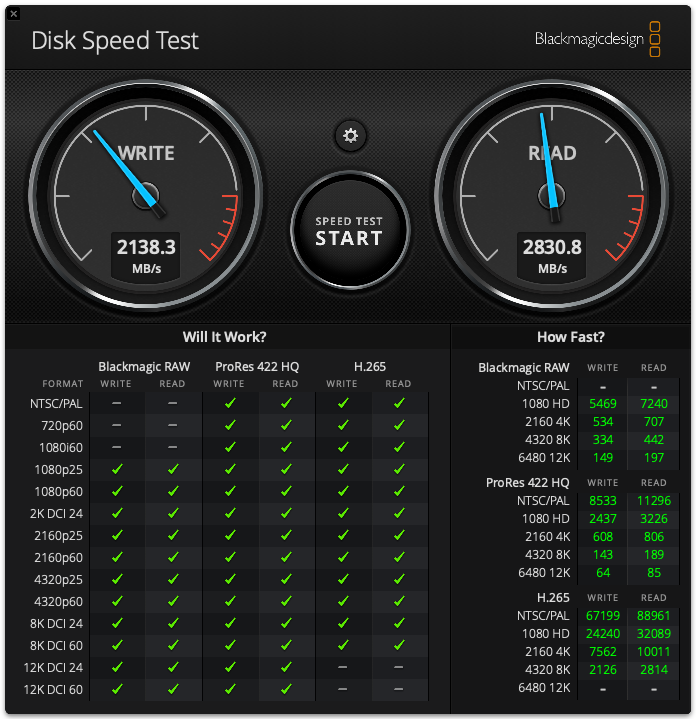
I haven't really seen a bigger curse than putting a new macbook on the rocks. The review had to be done by a complete moron.
Well, he didn't pay for it. :D